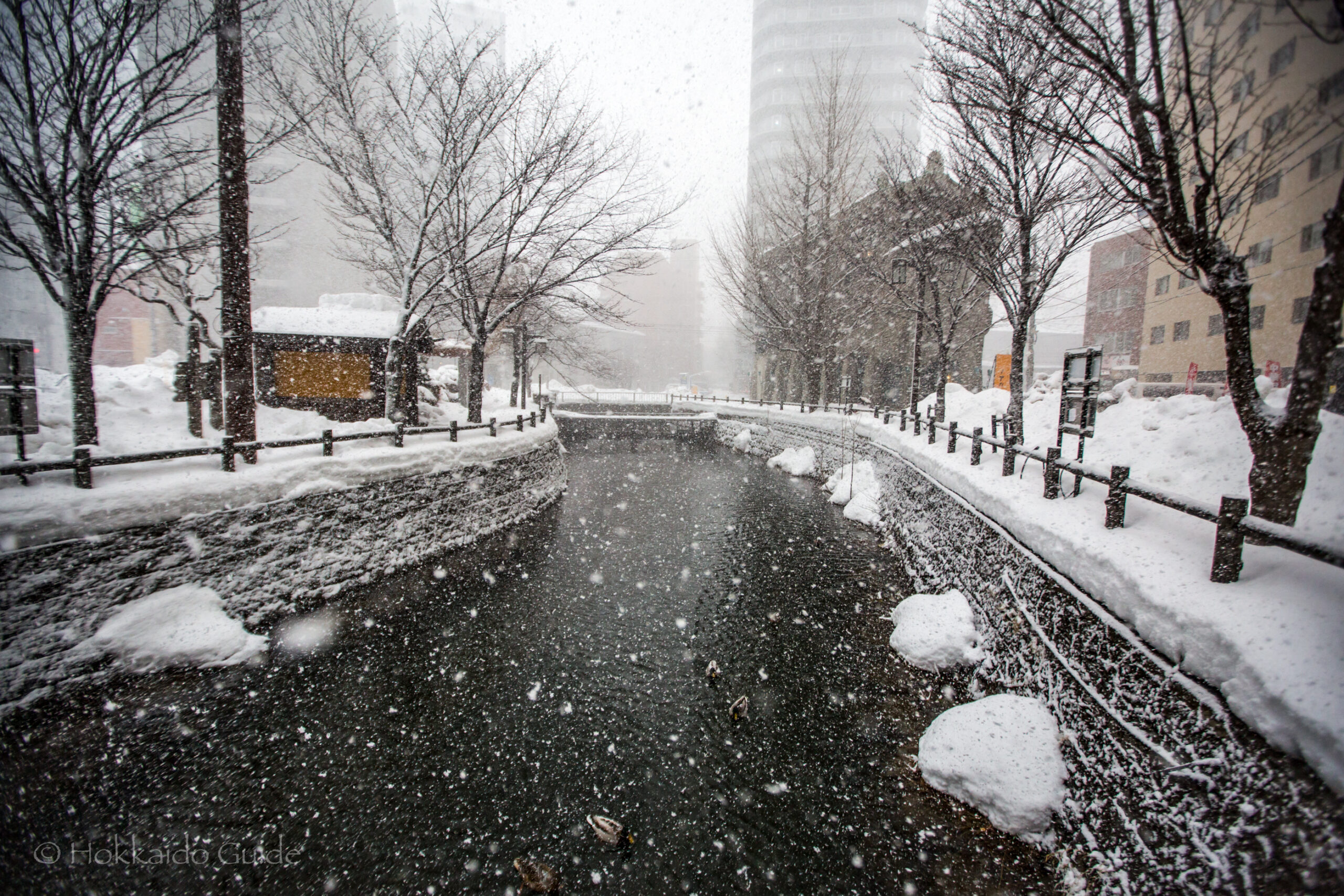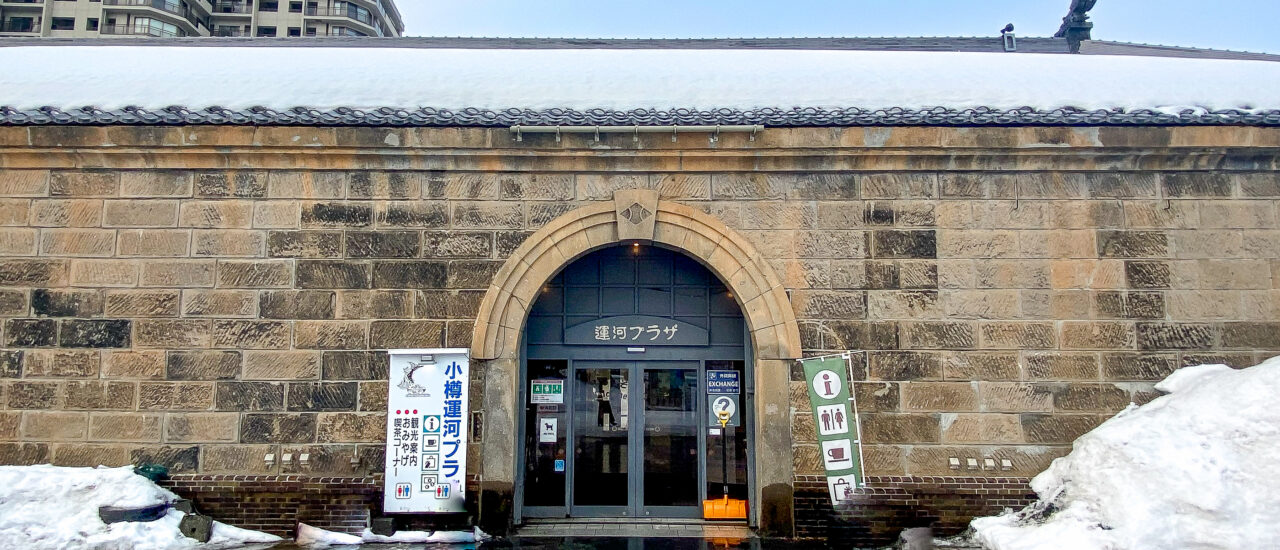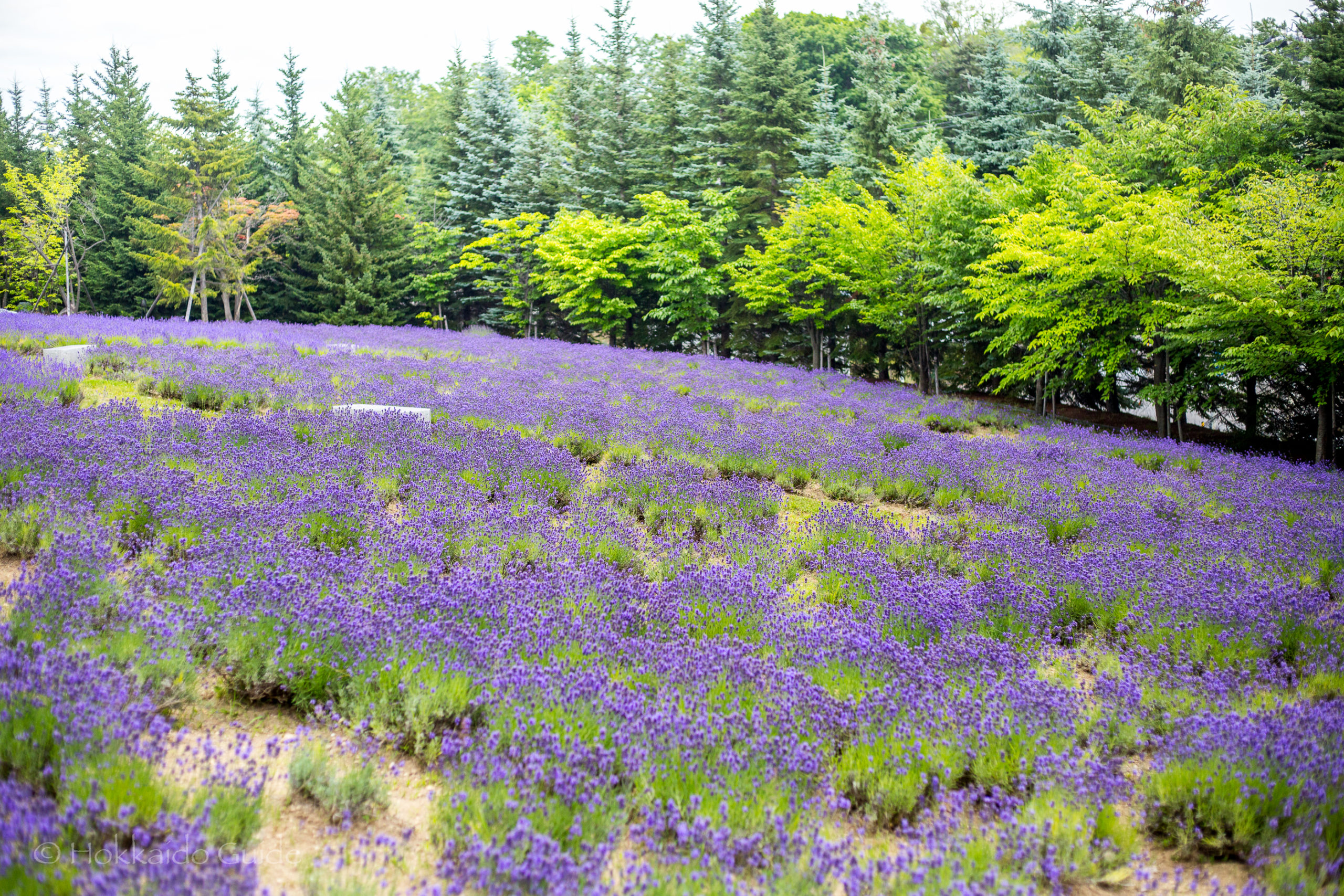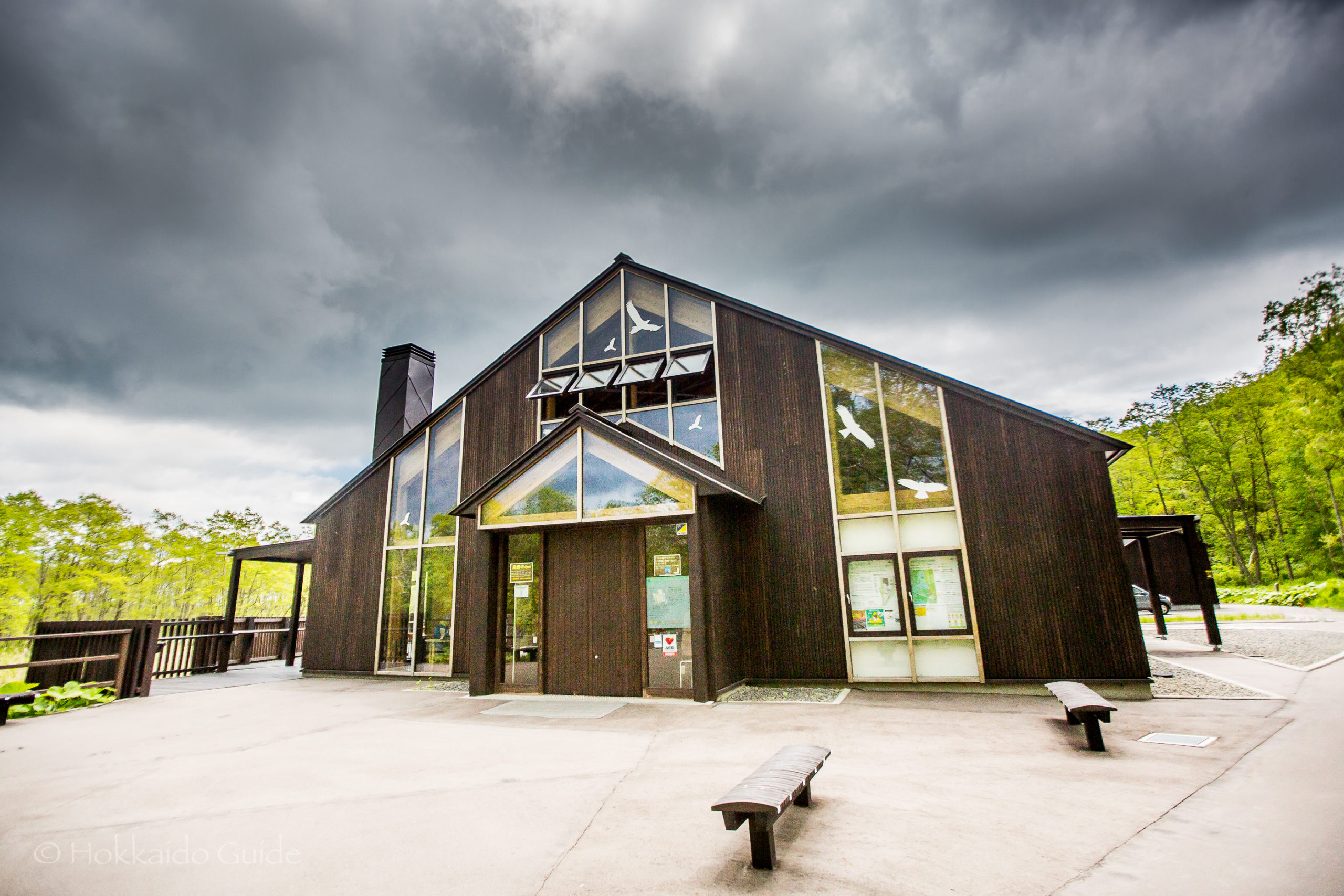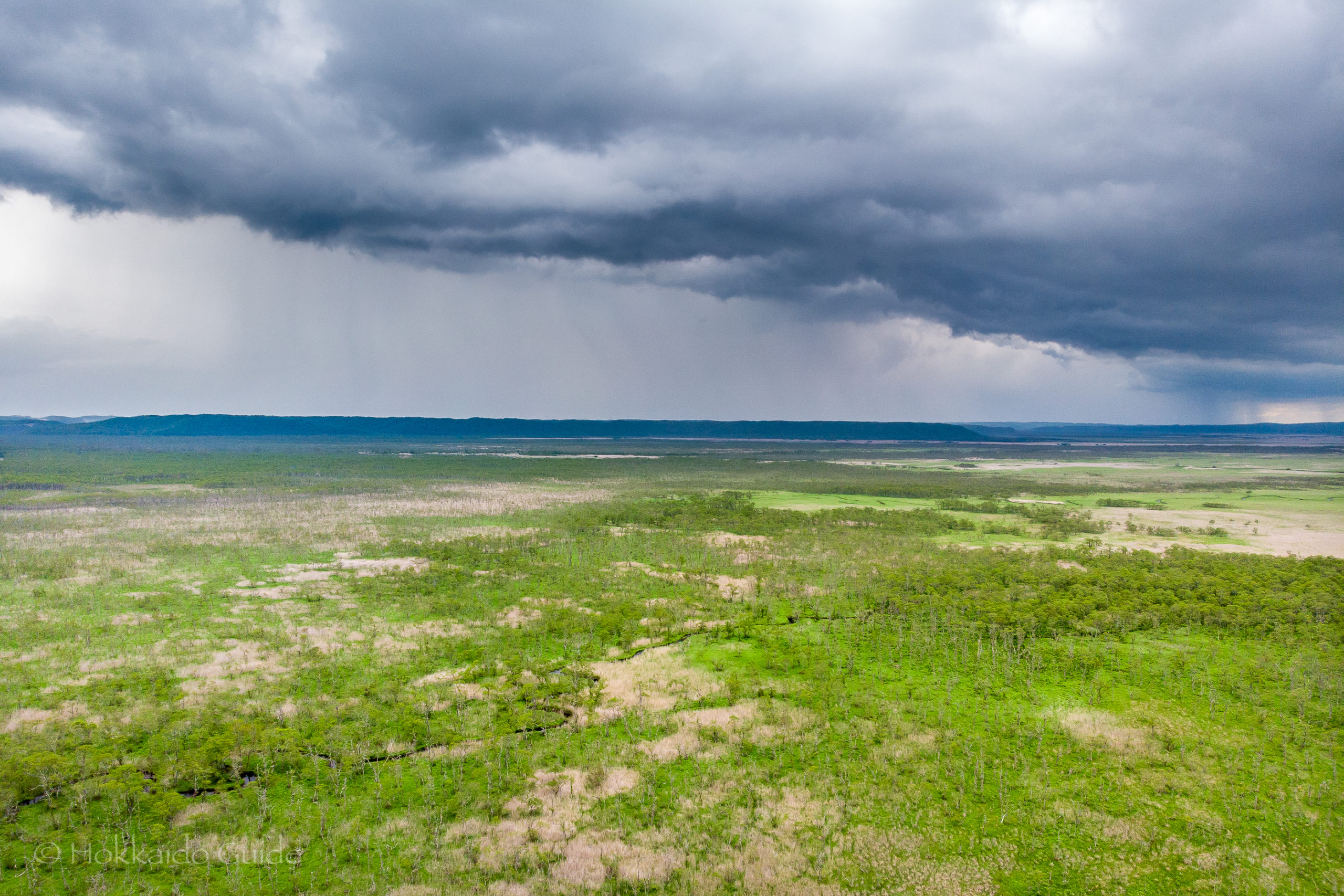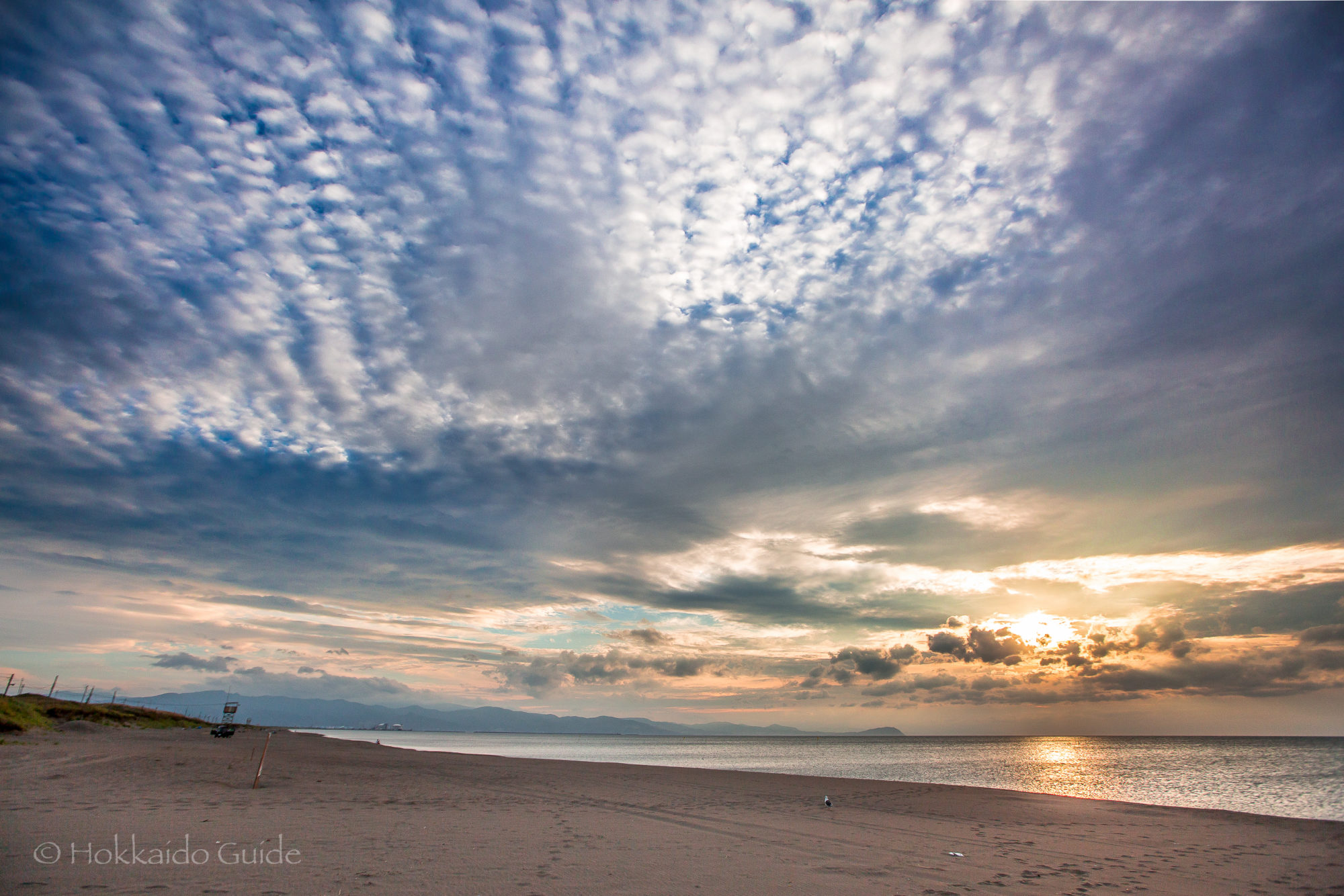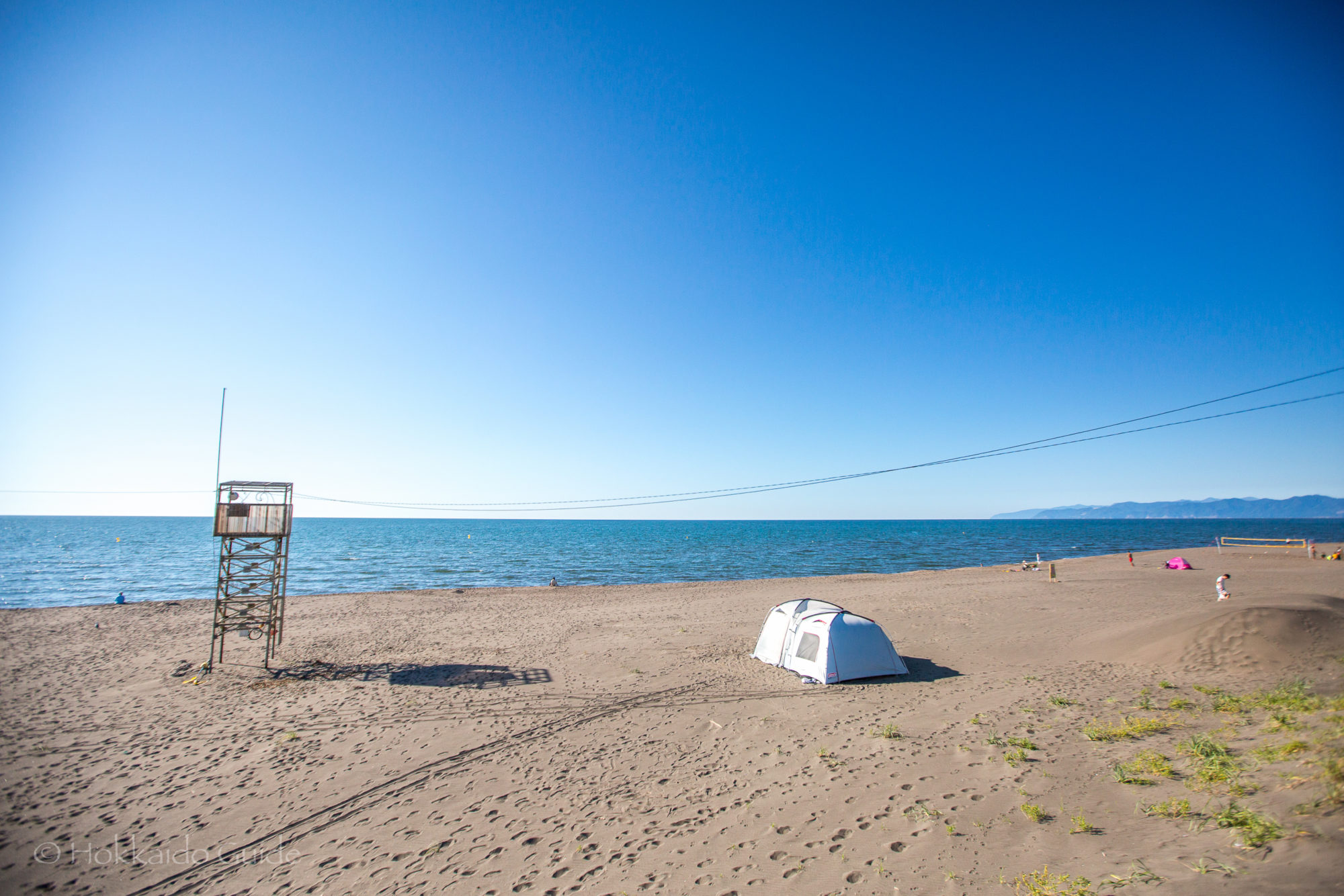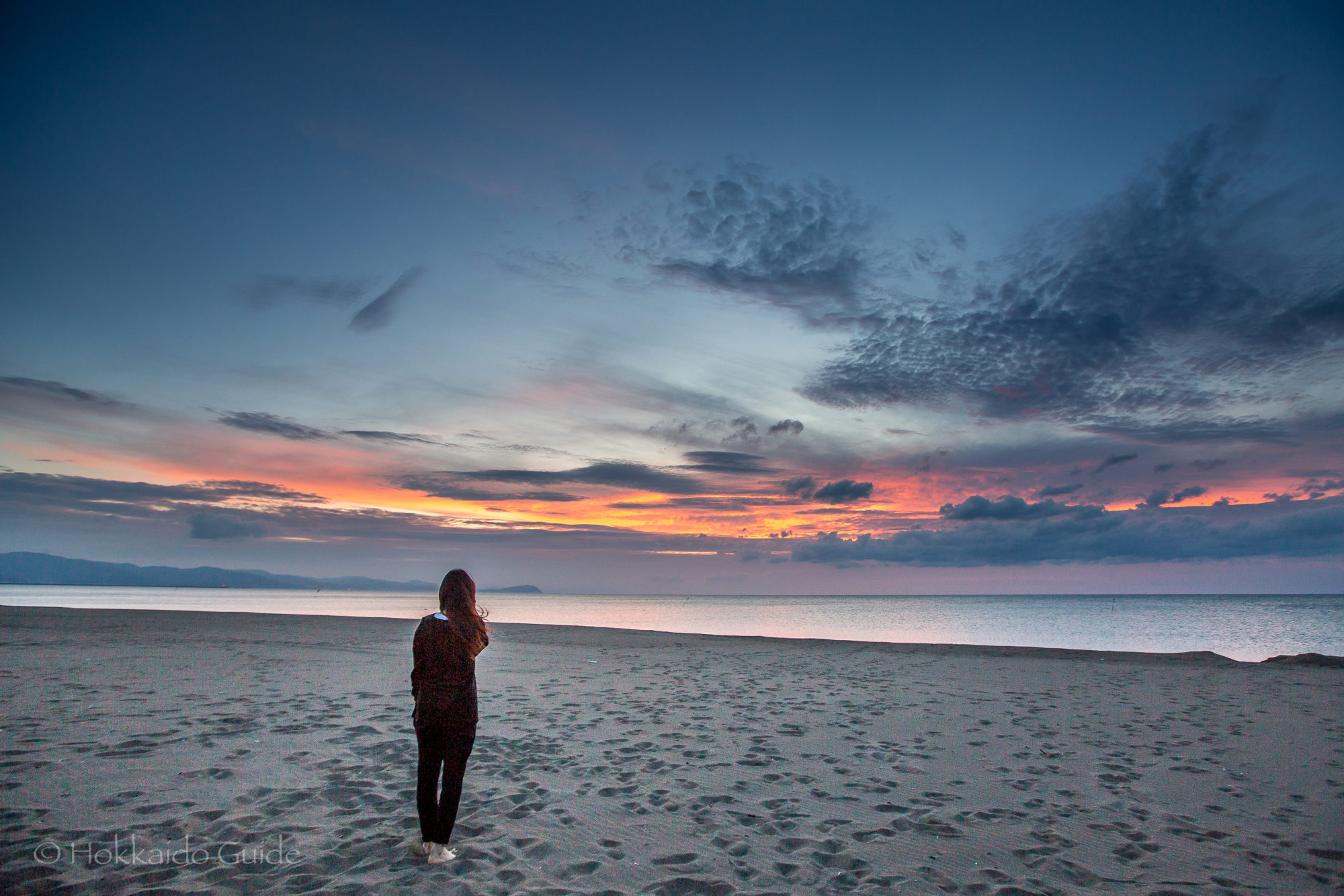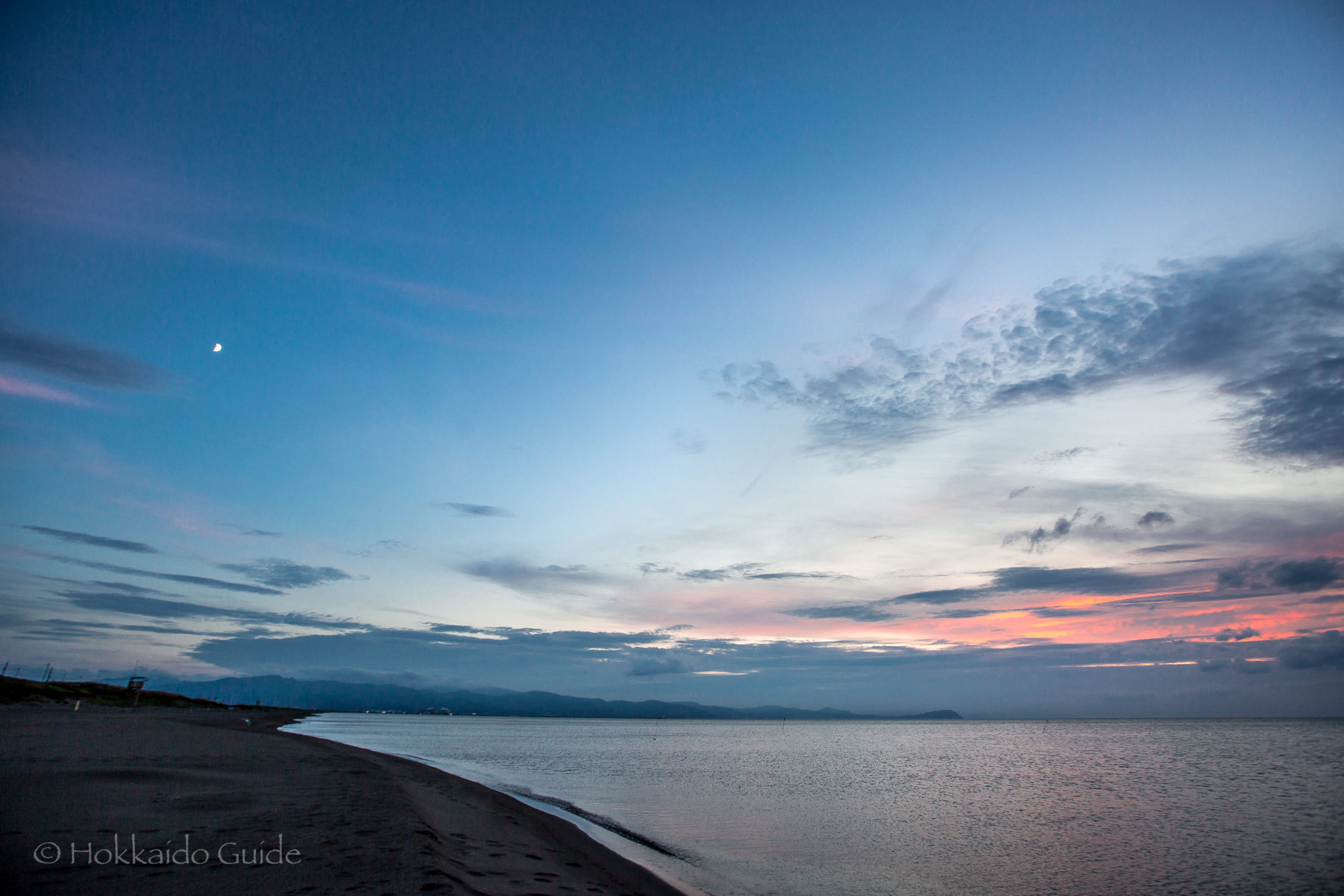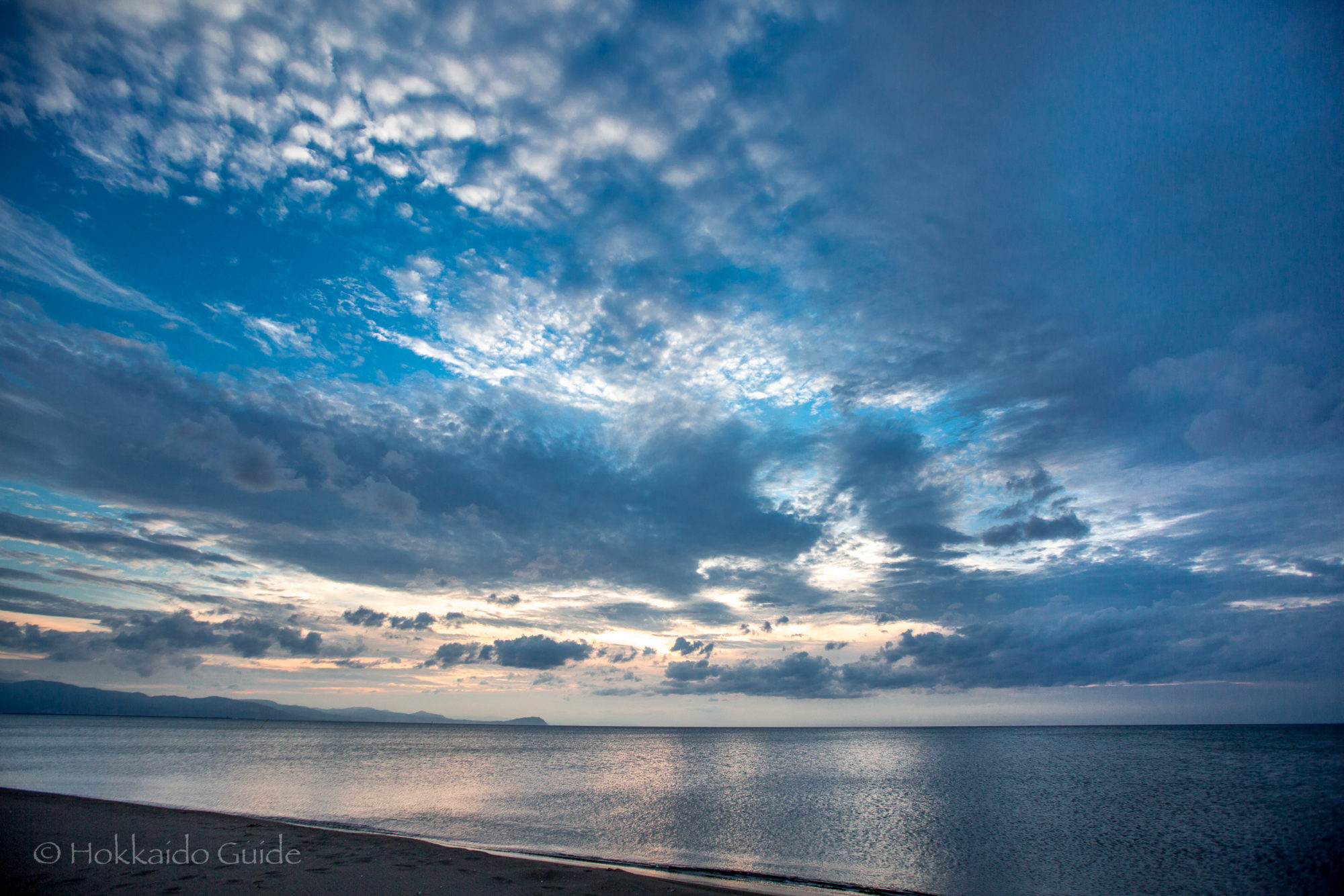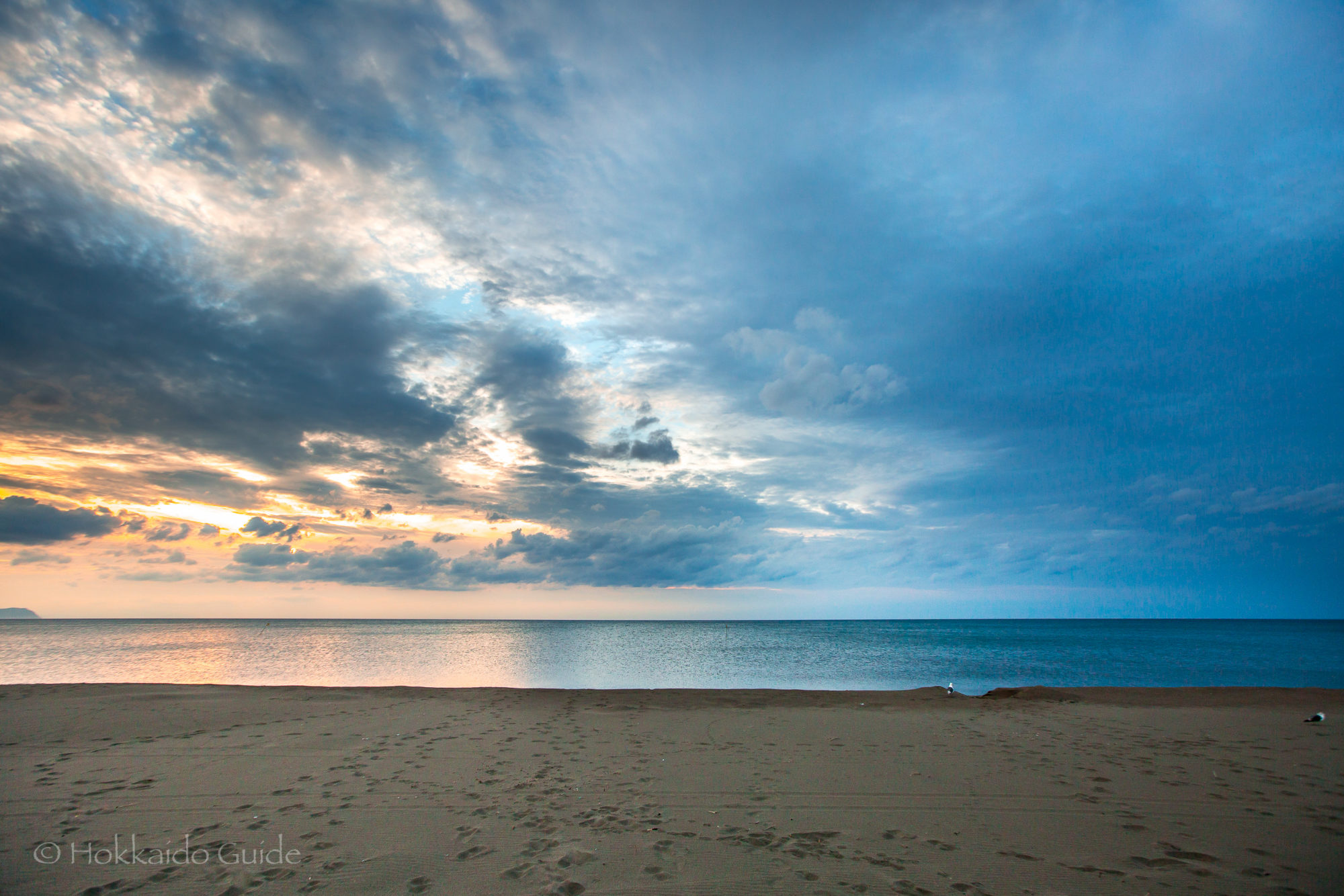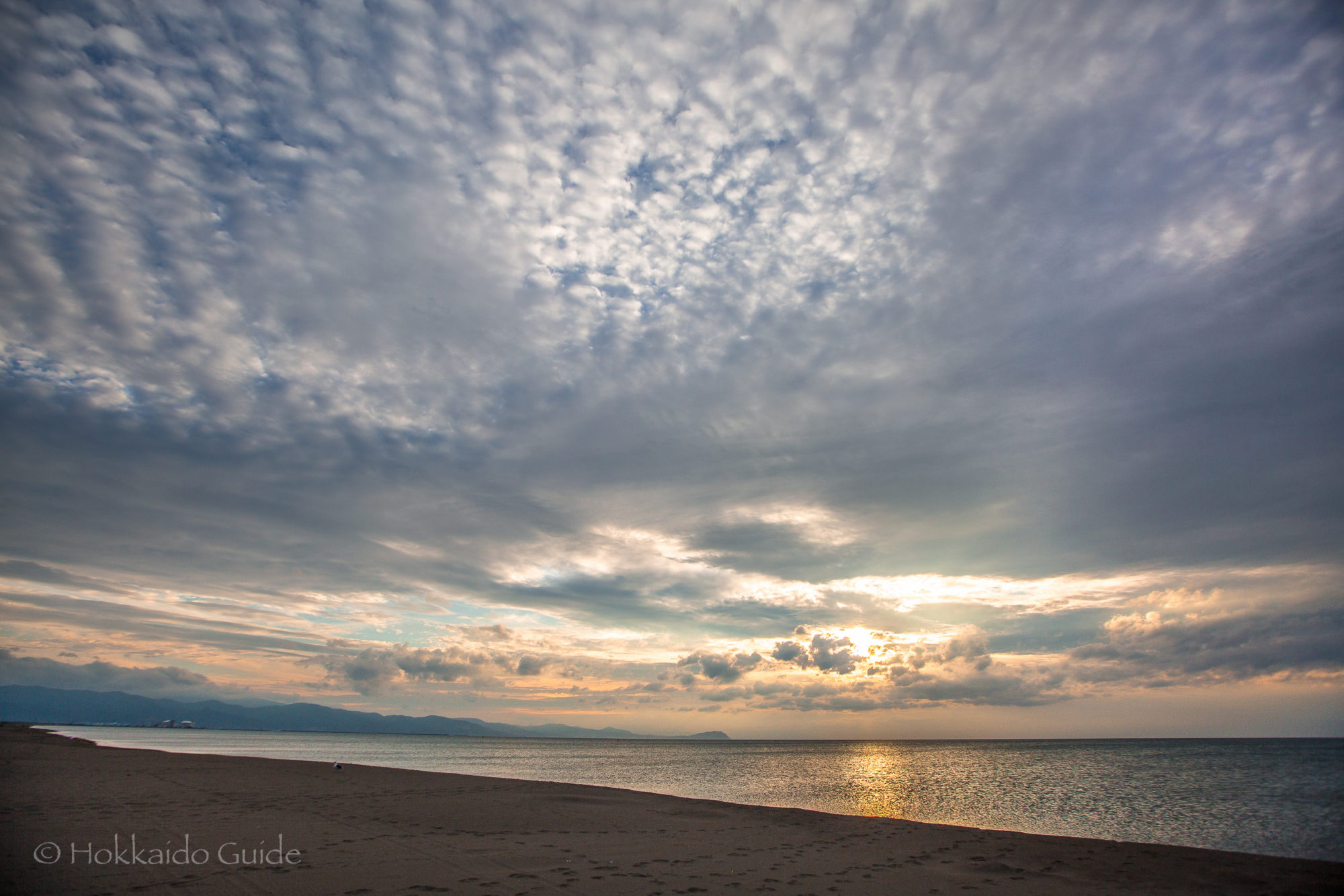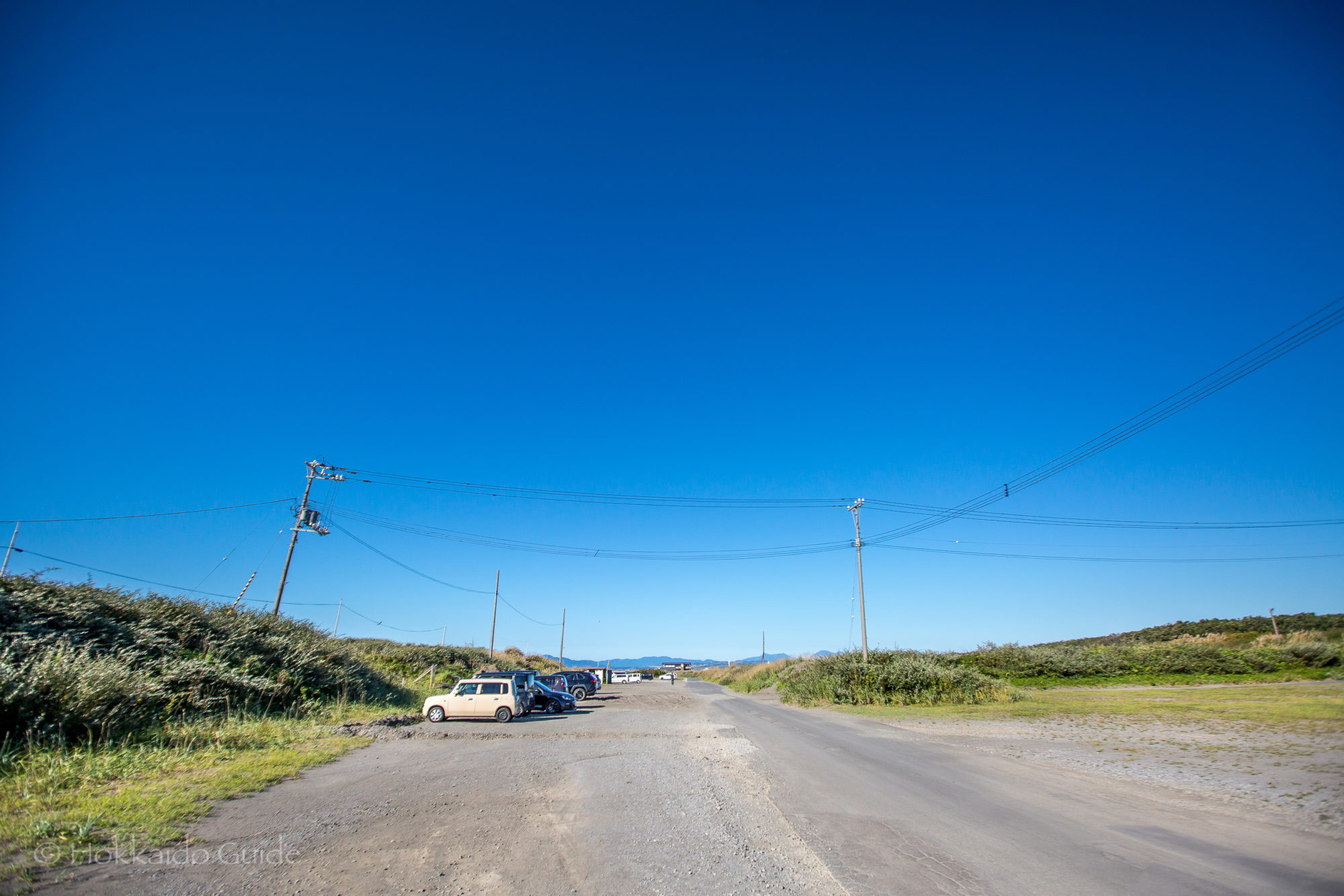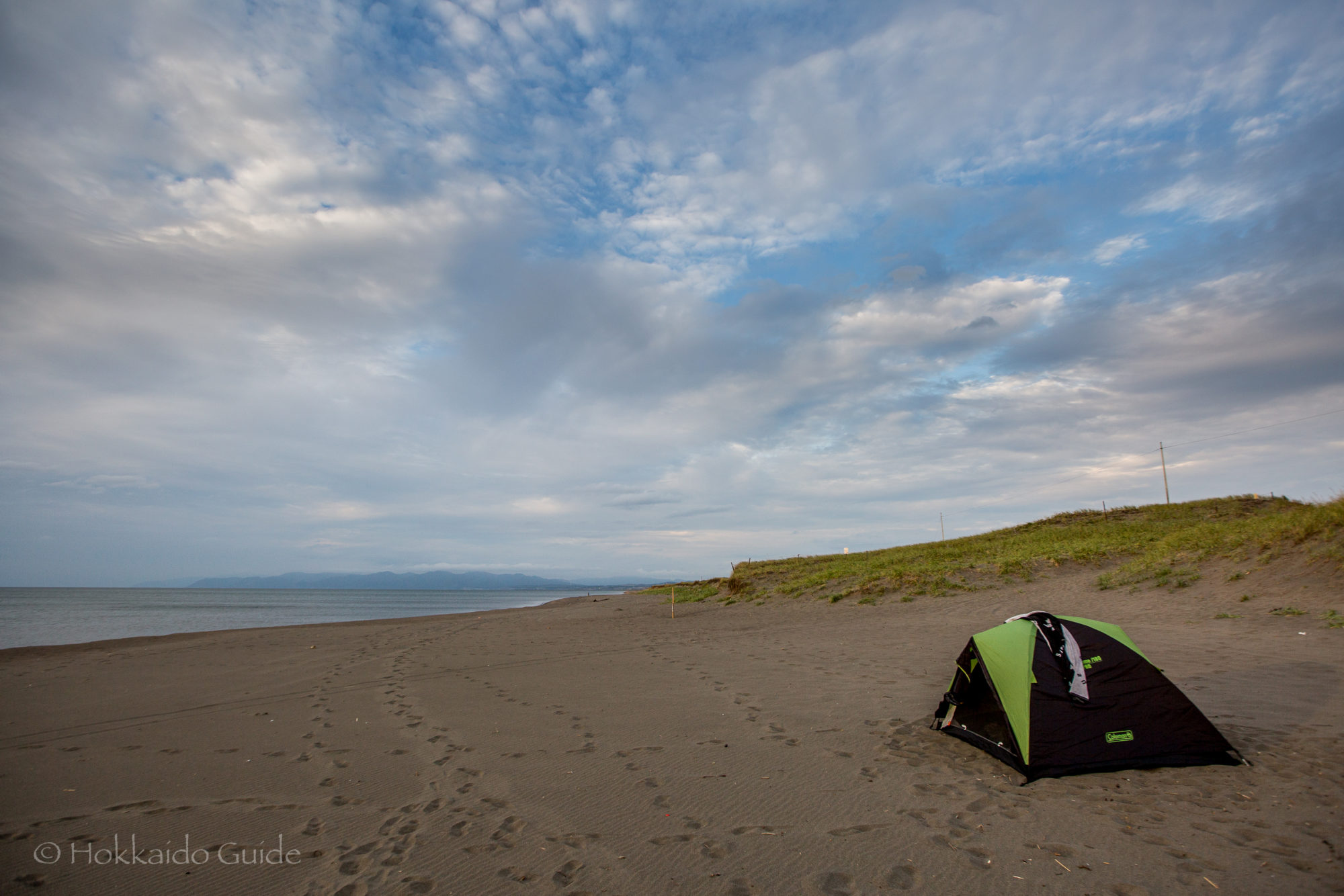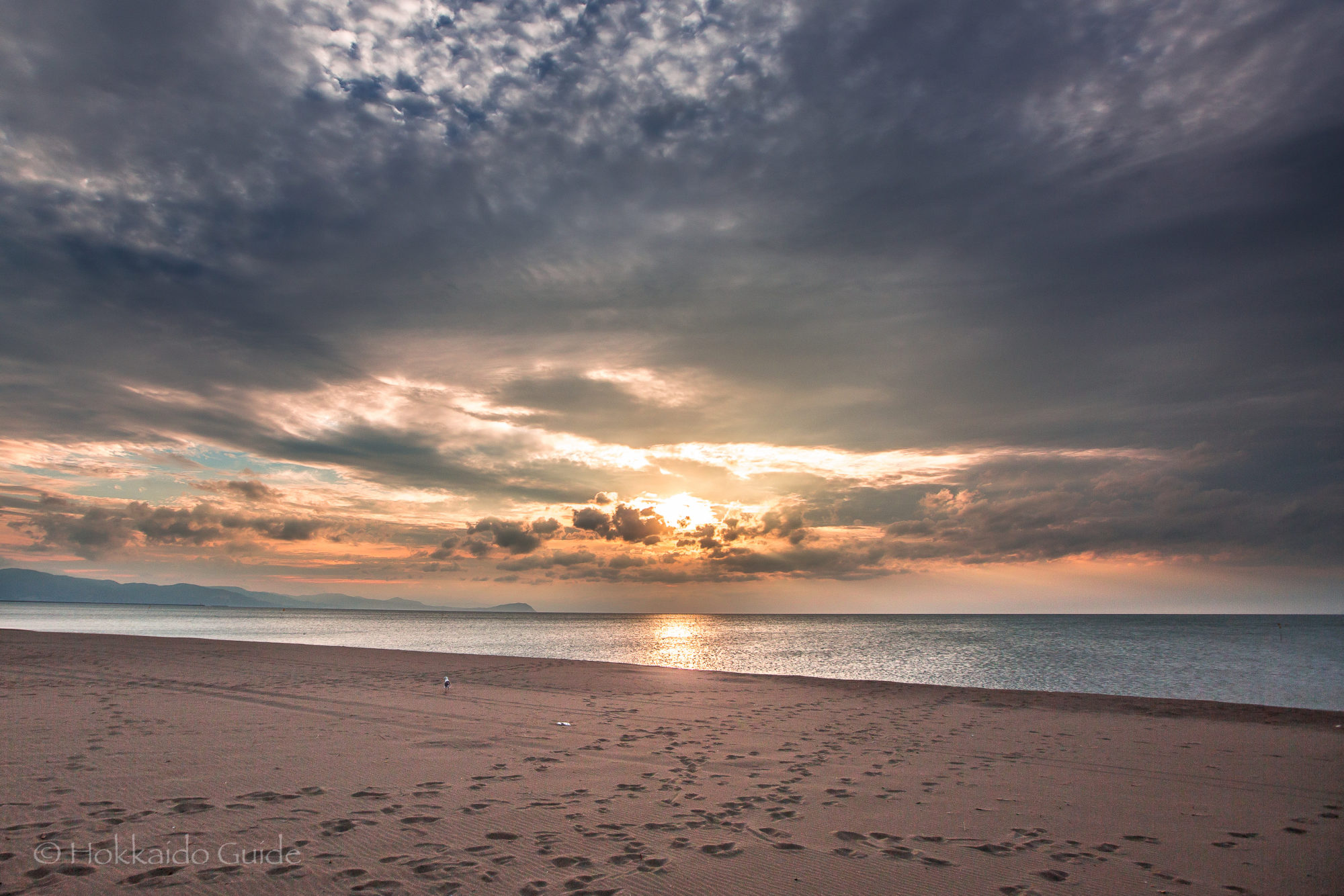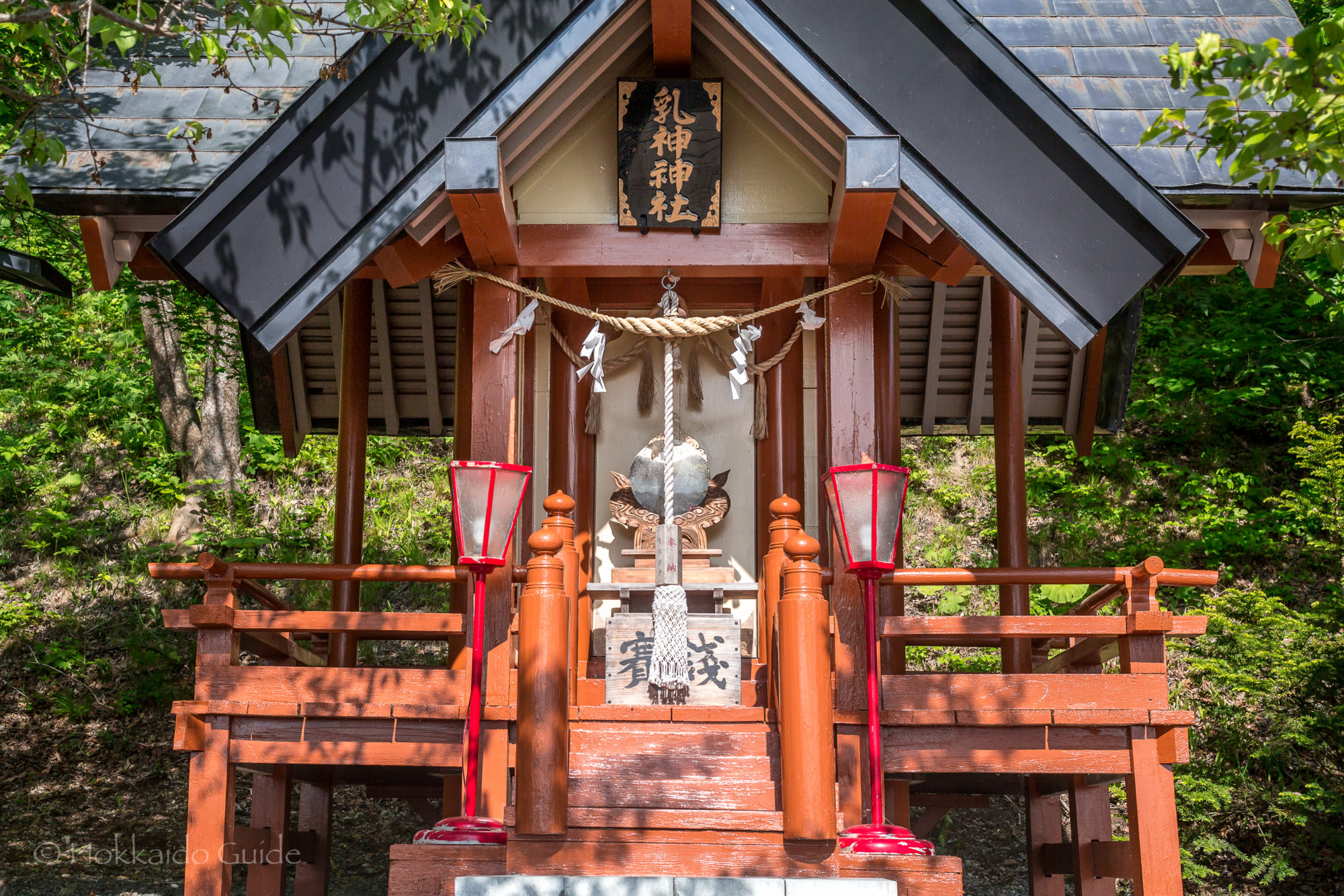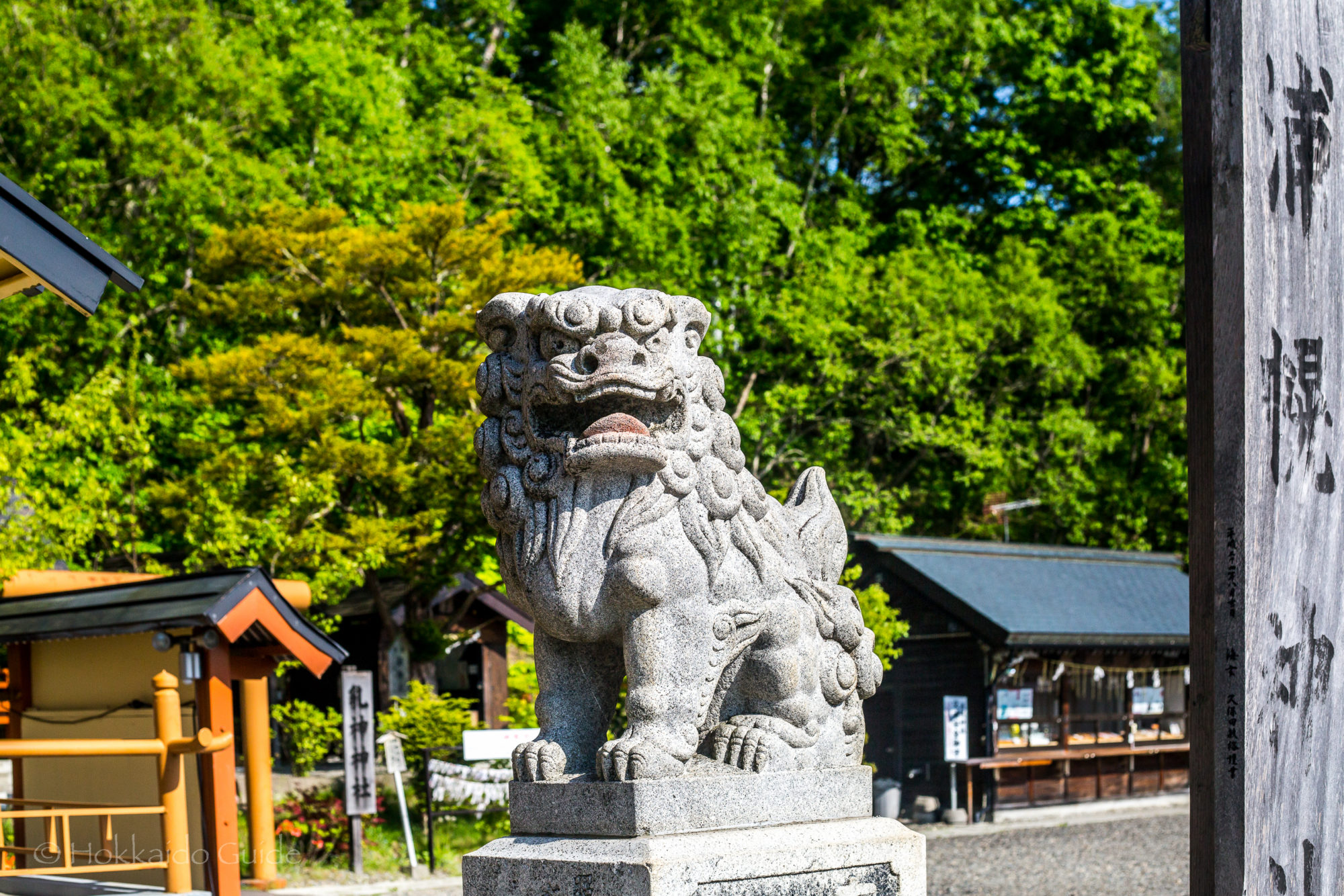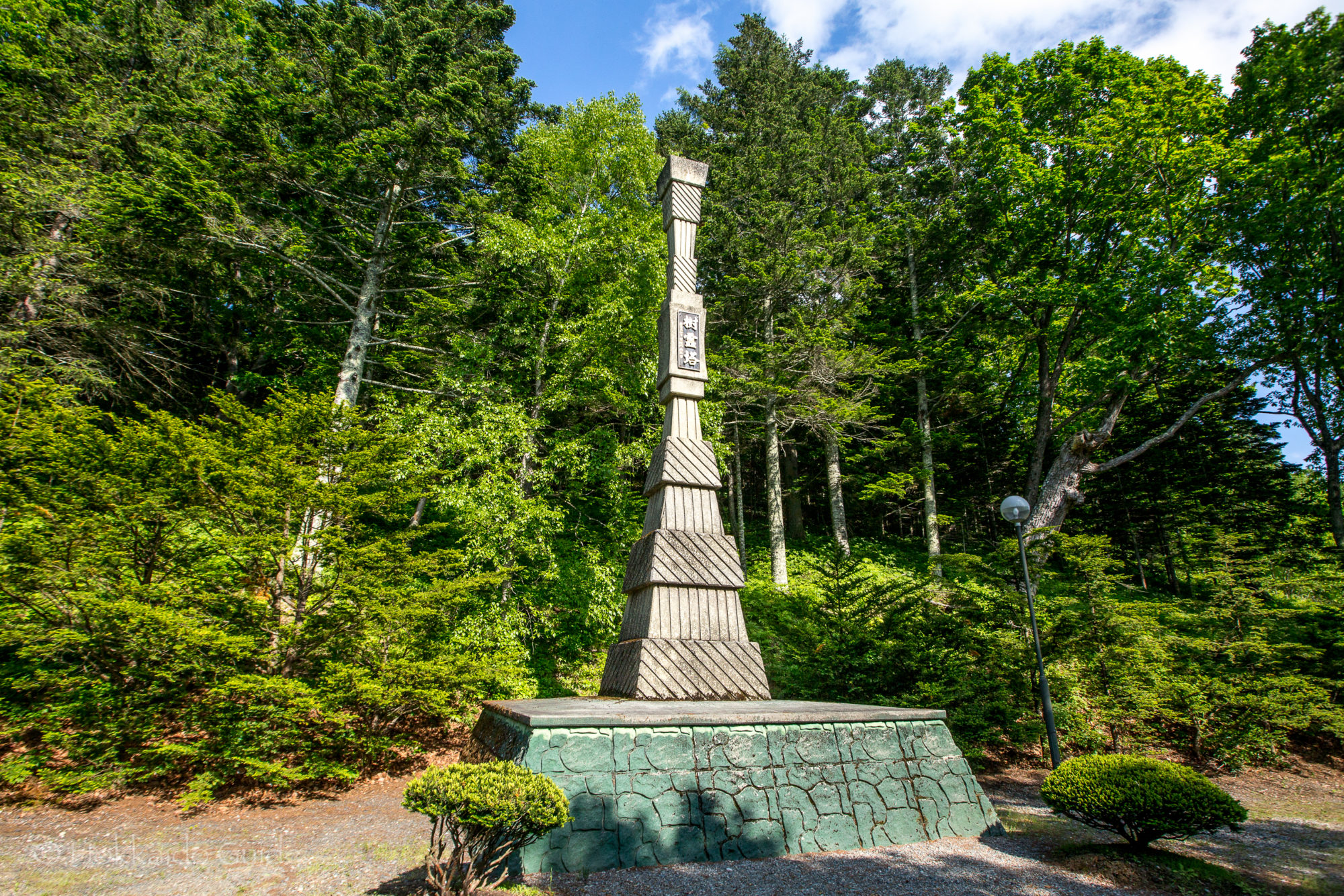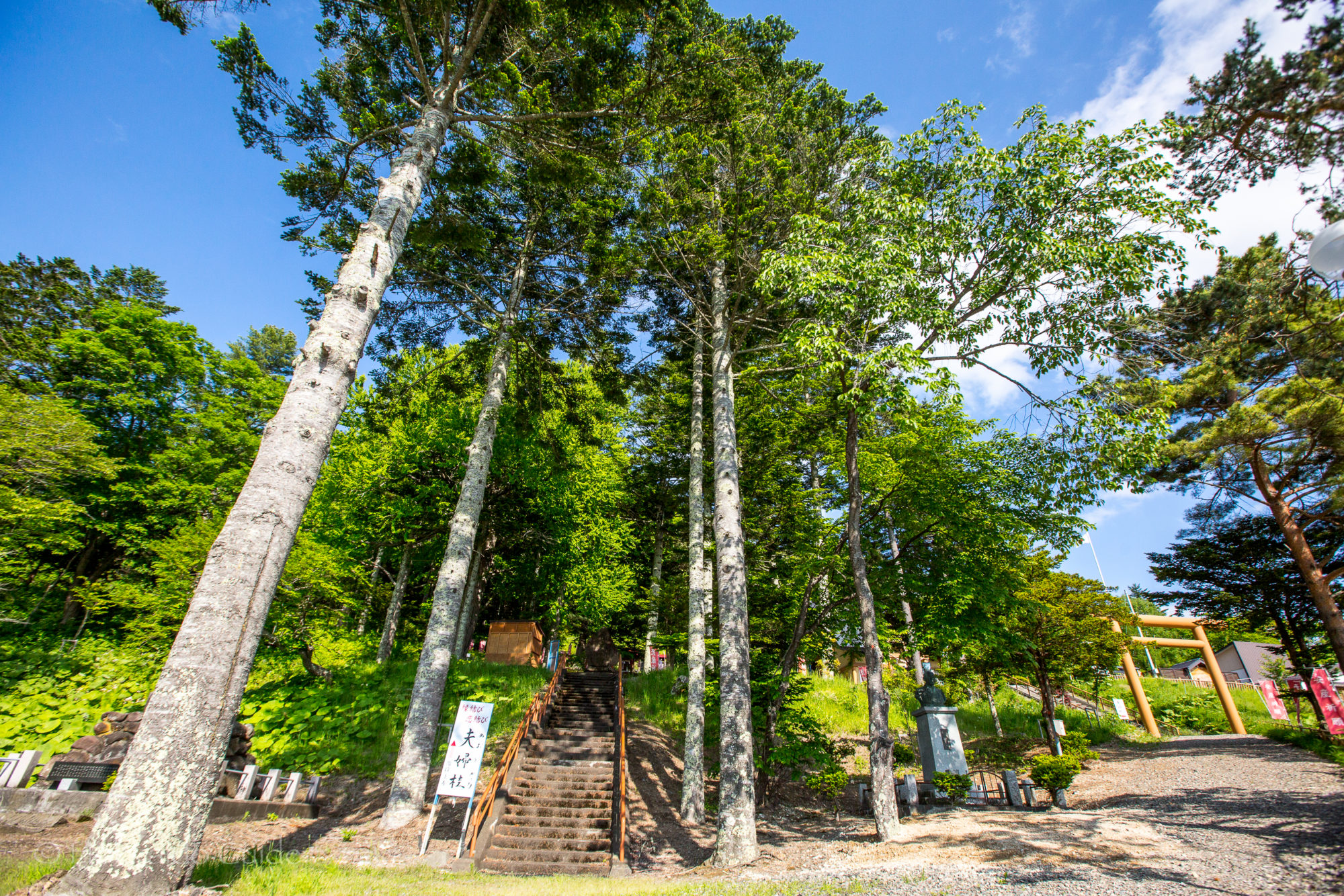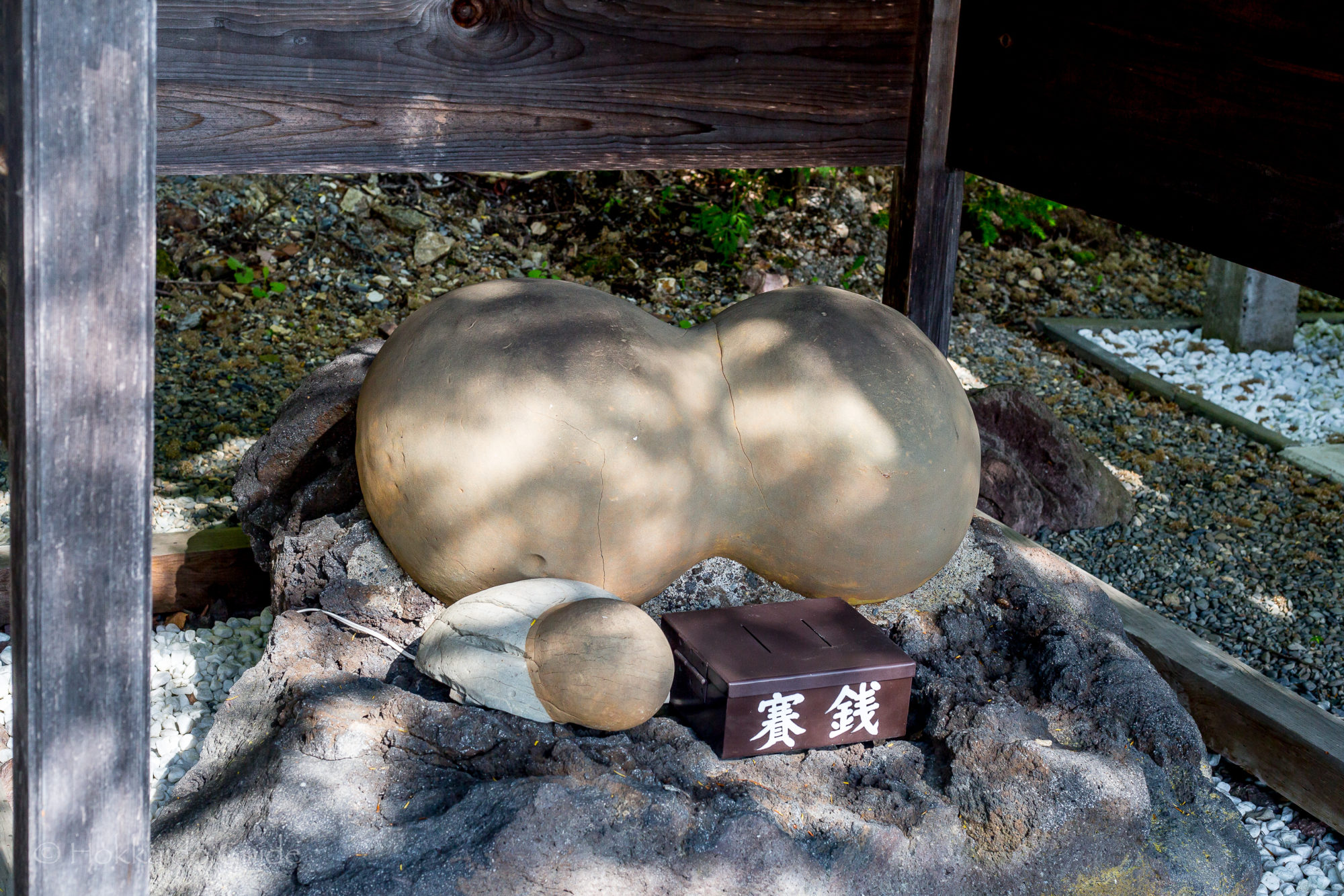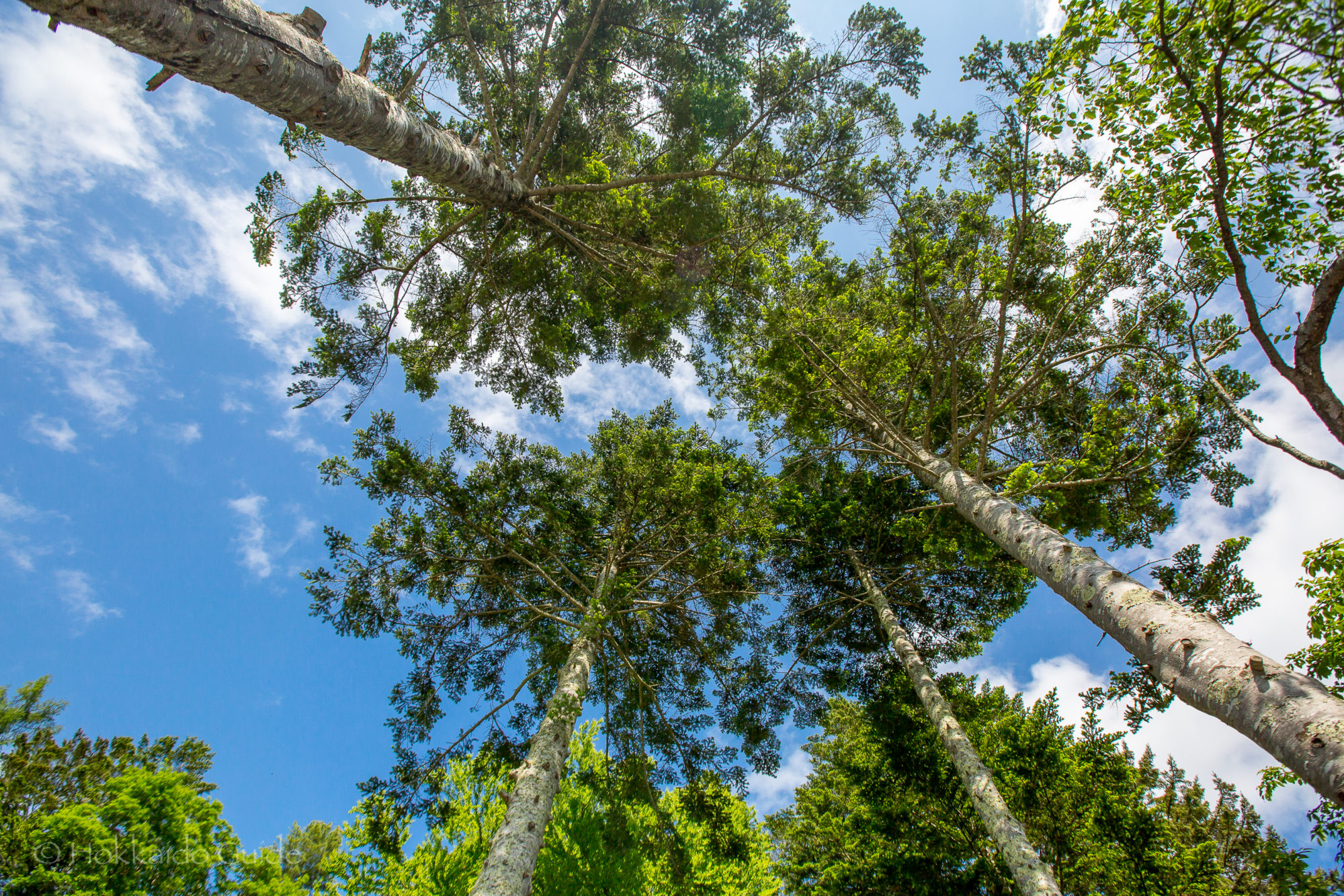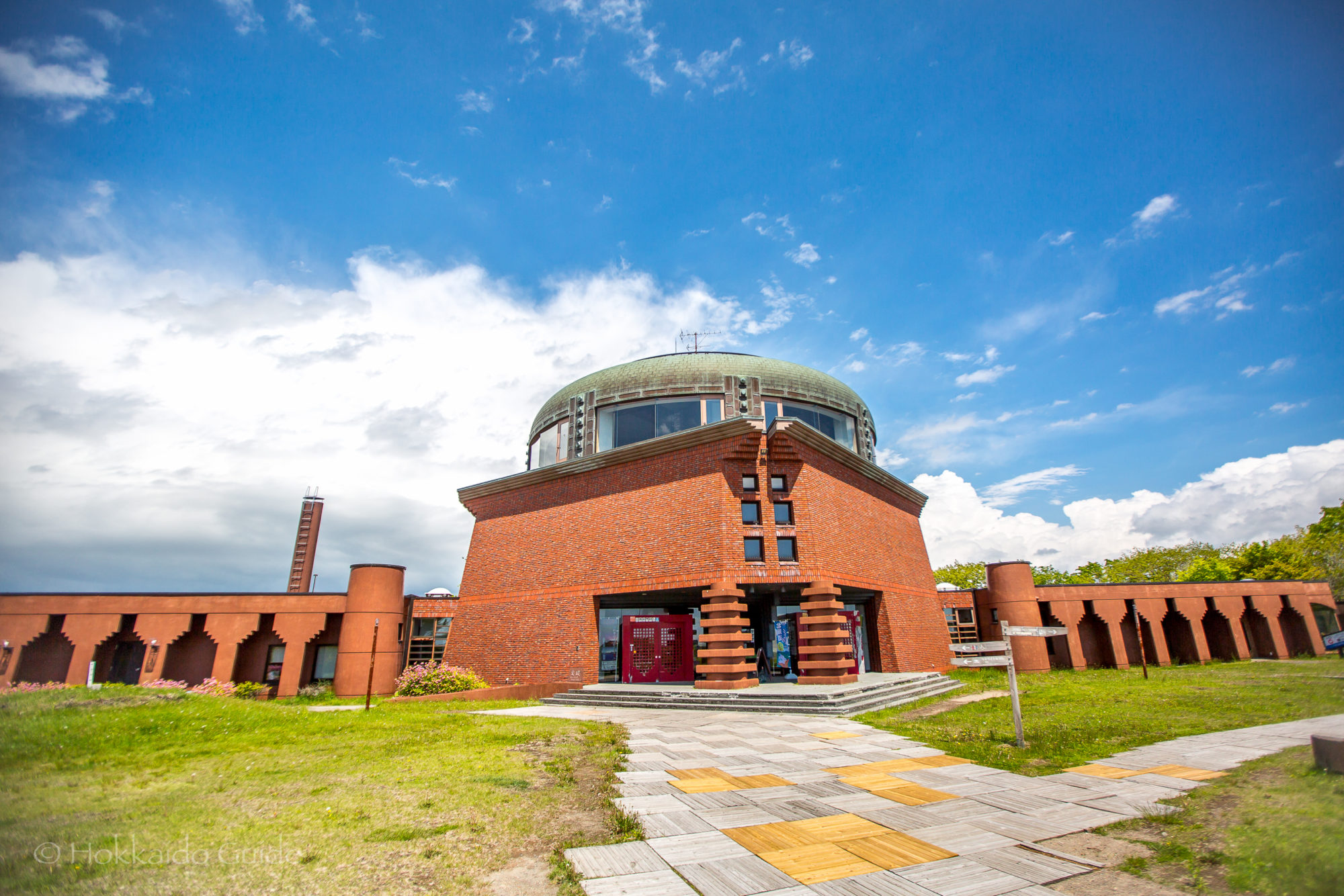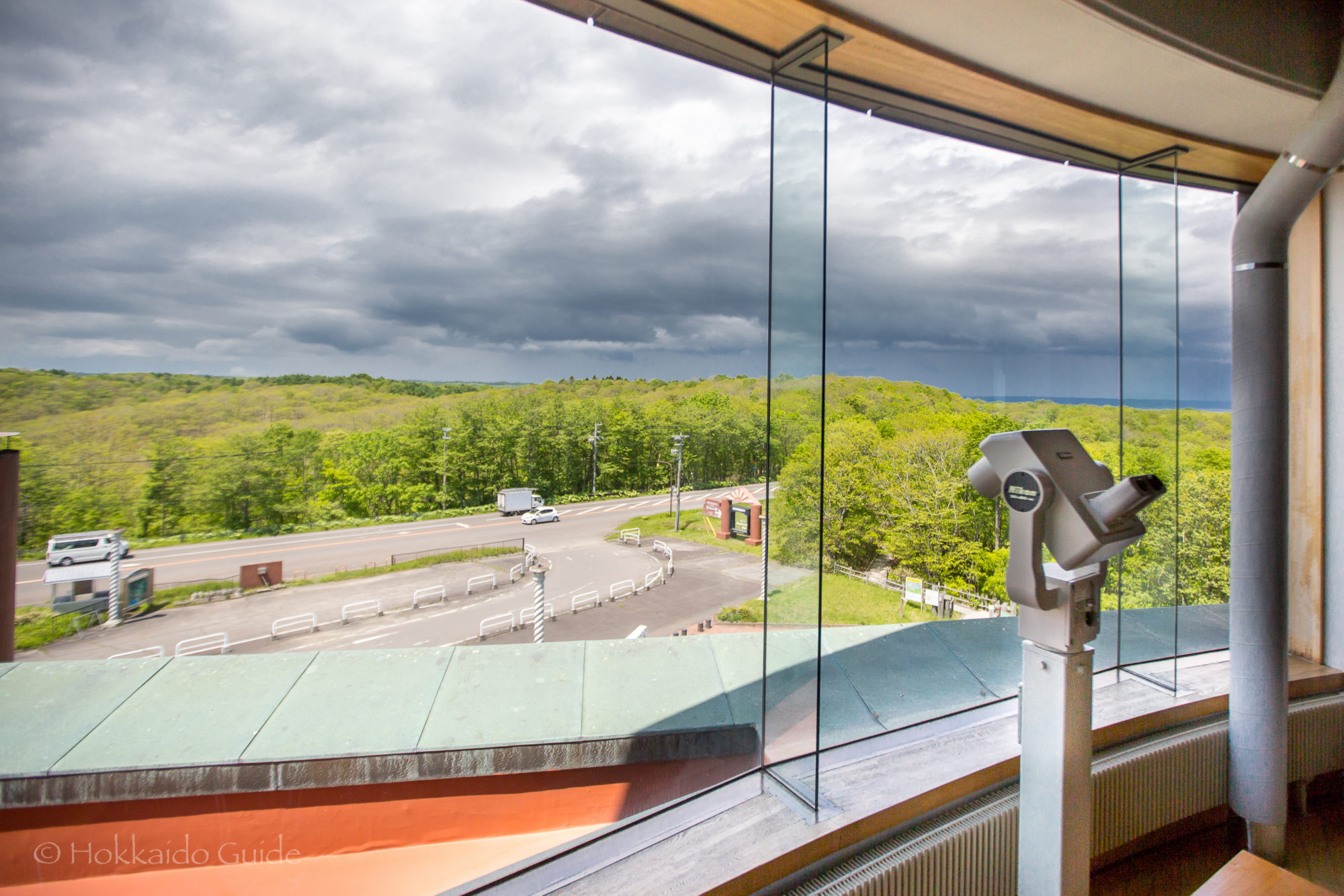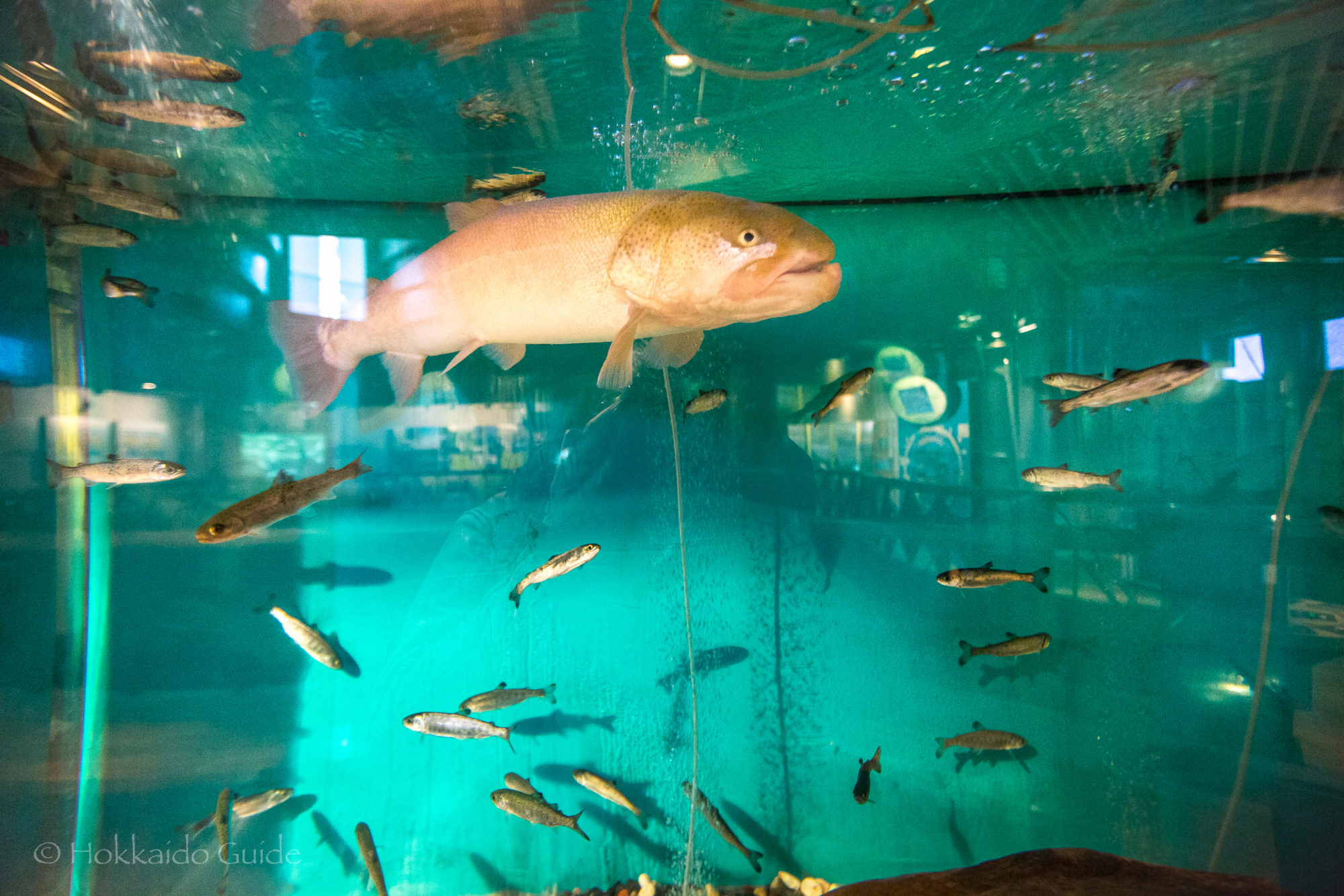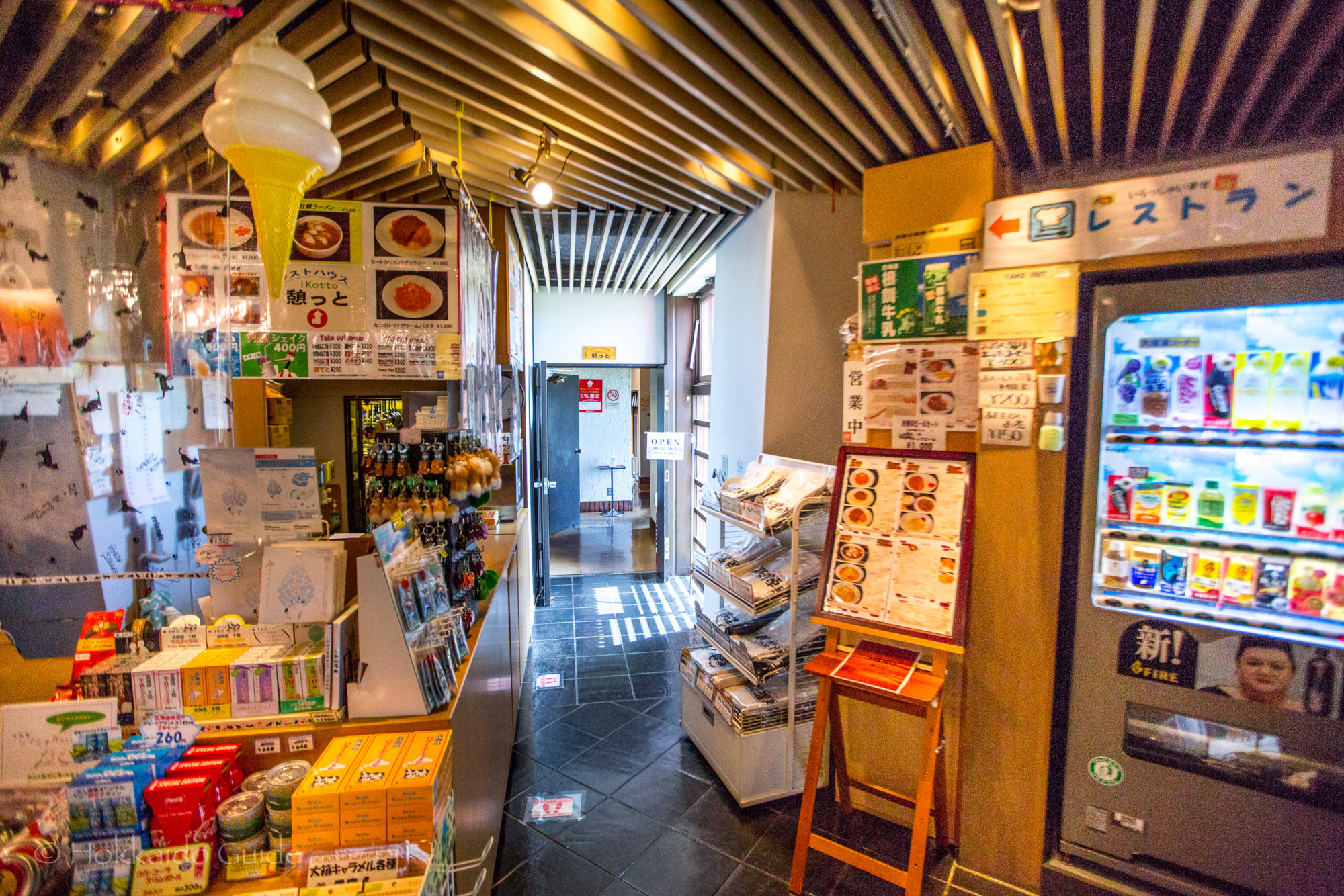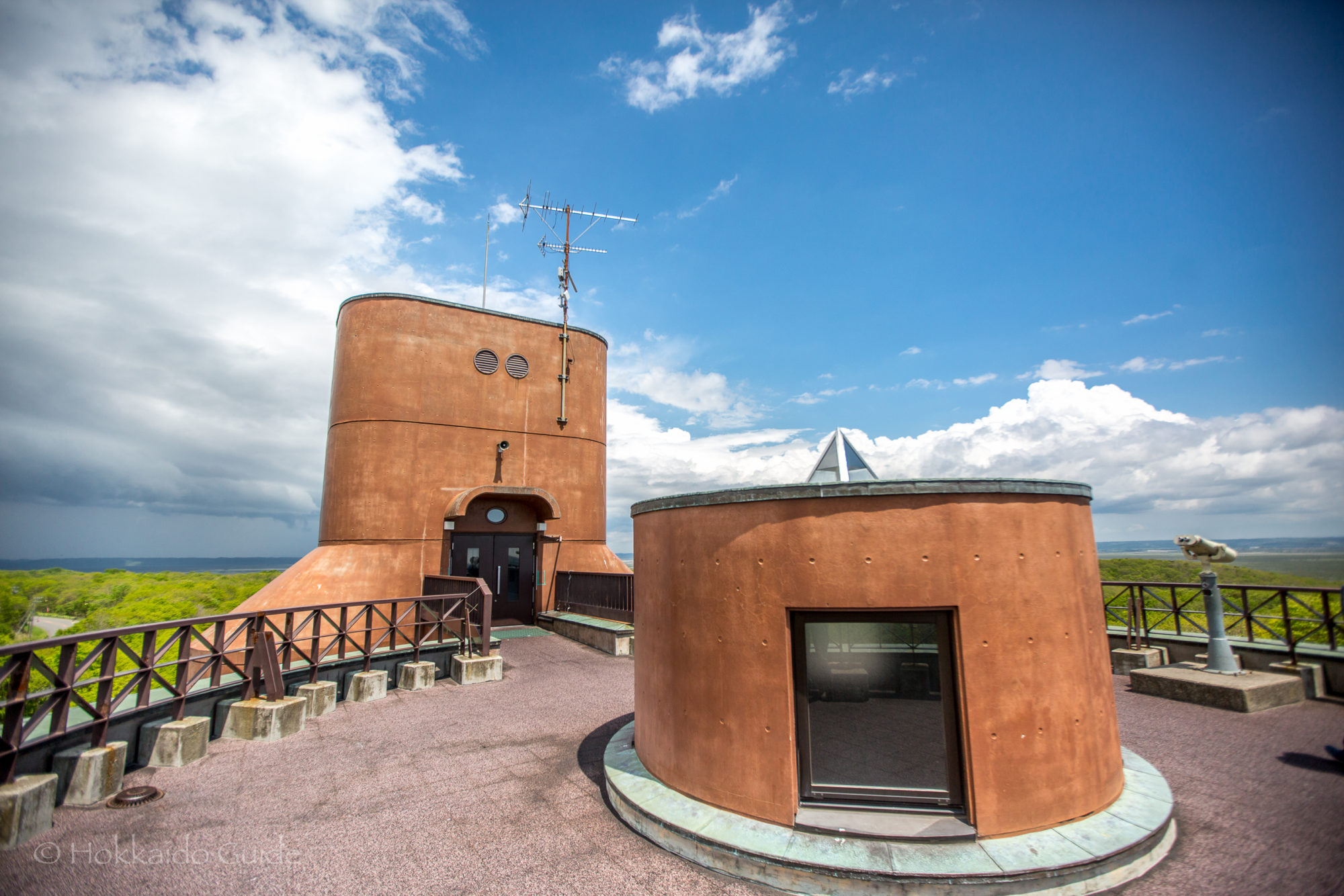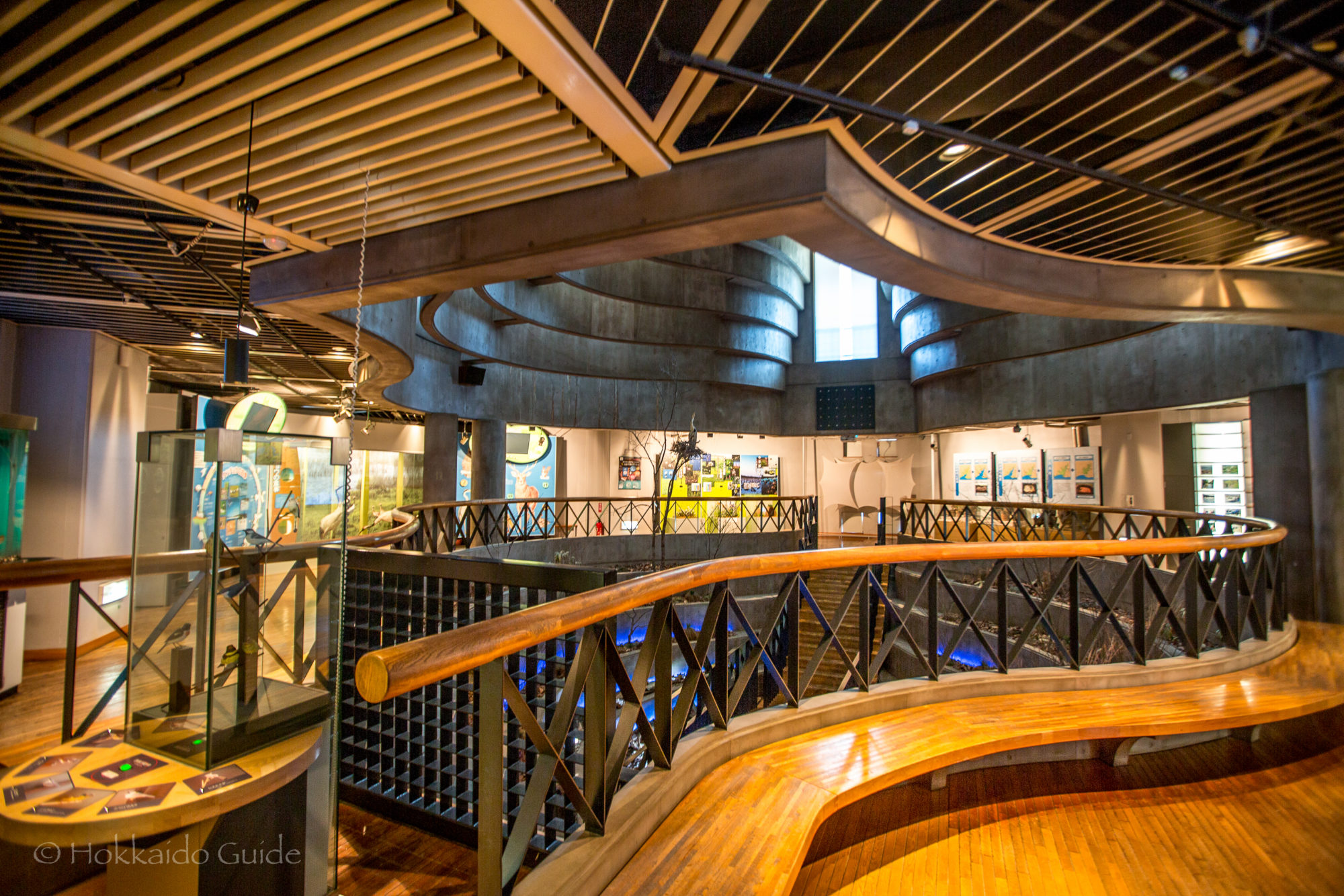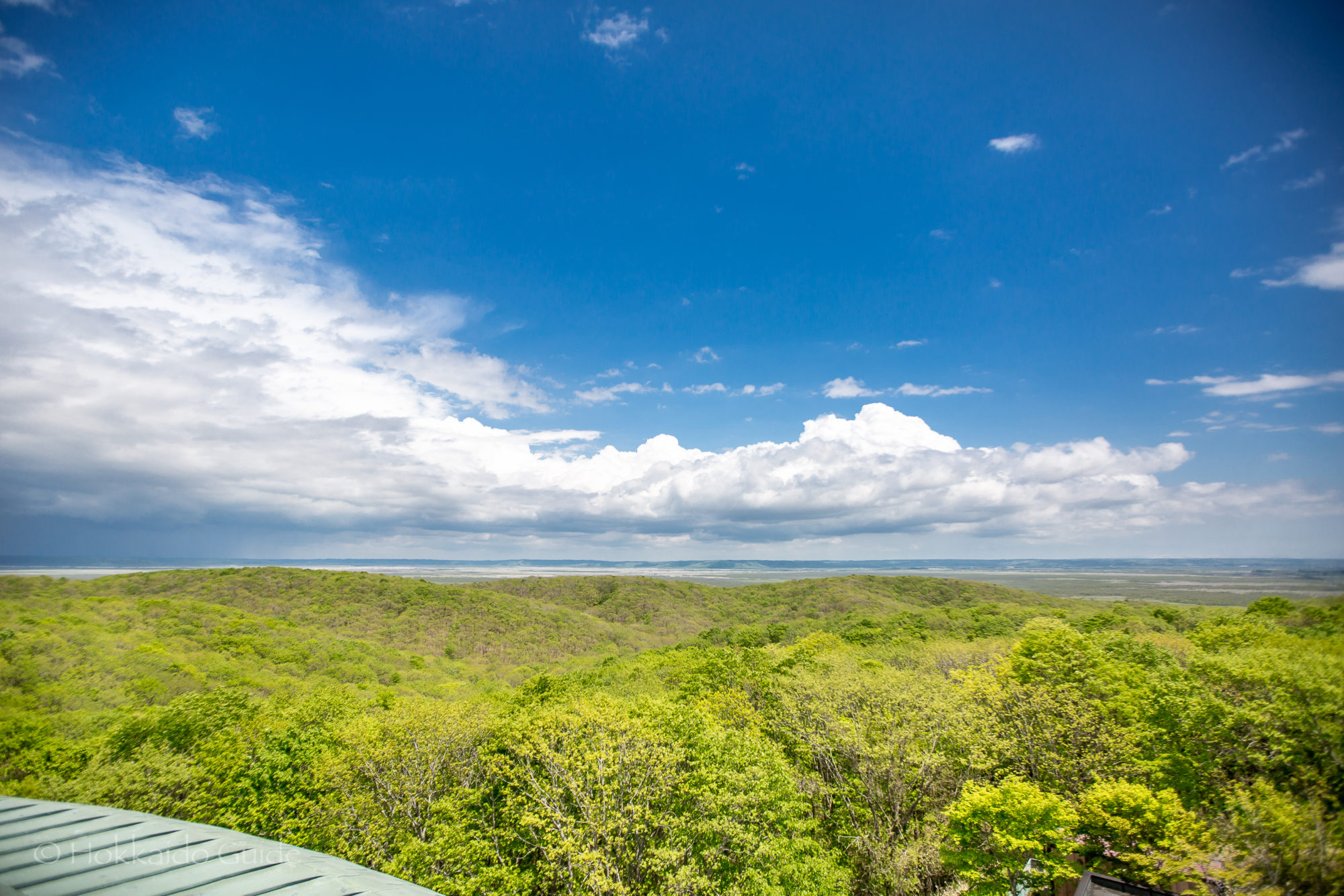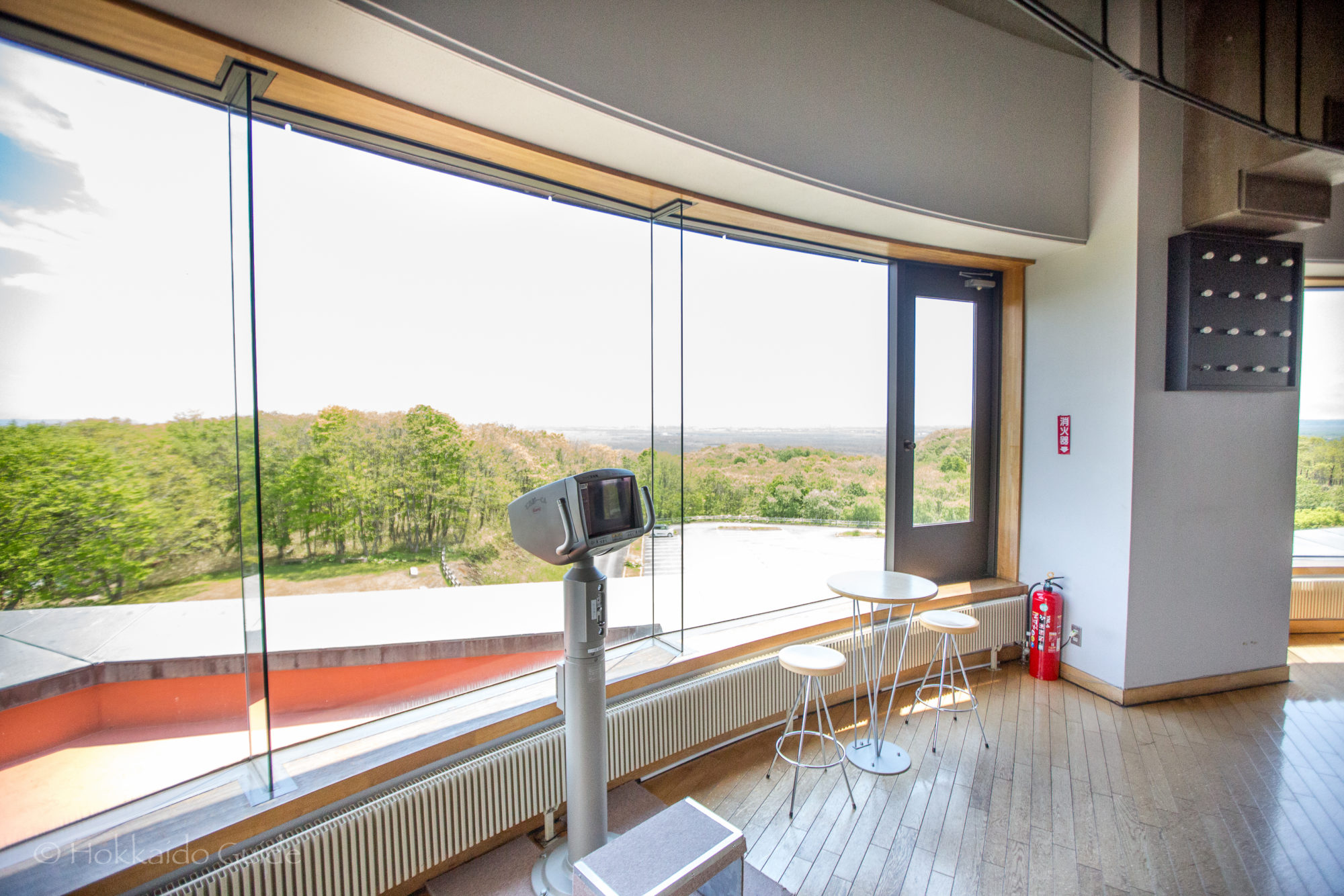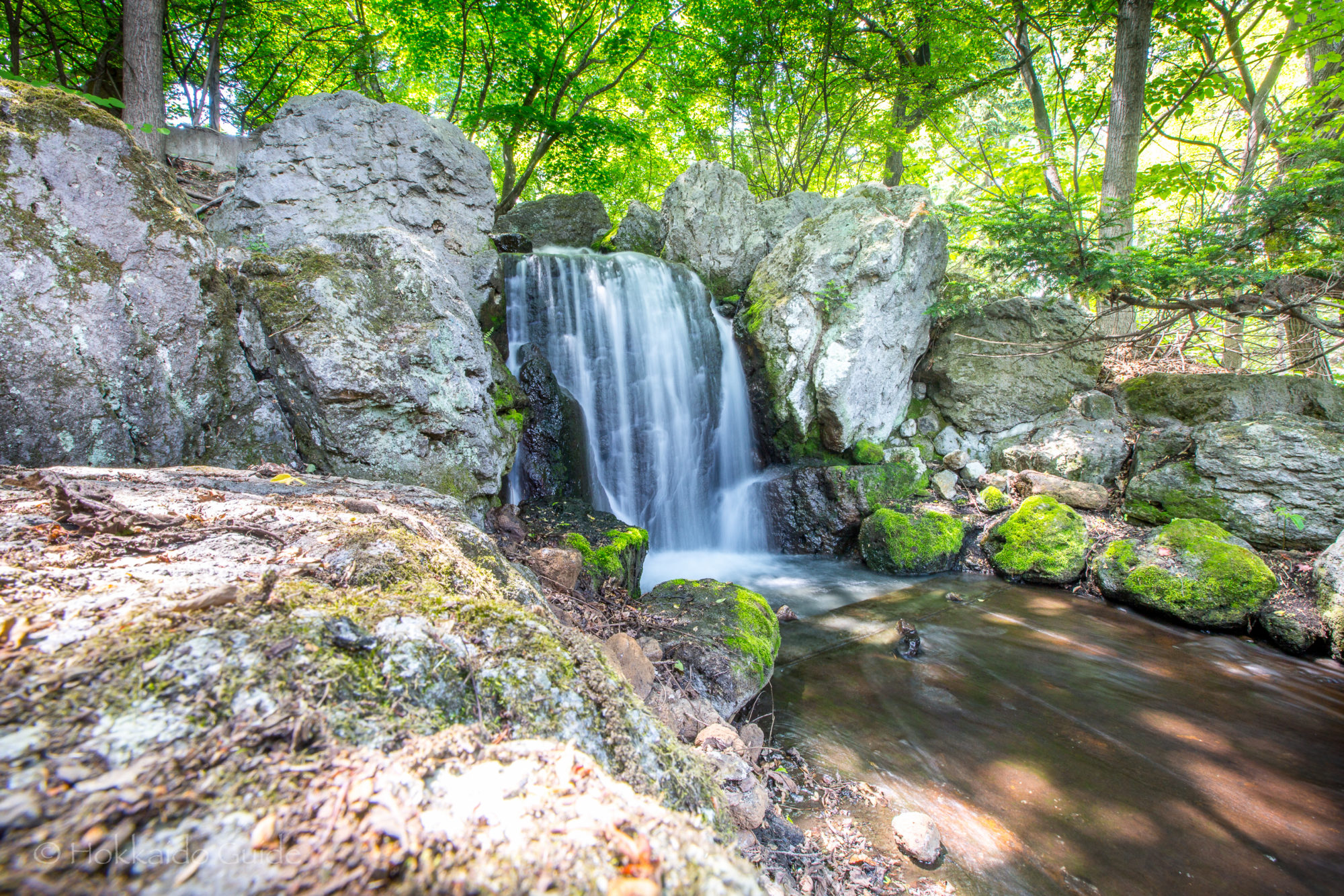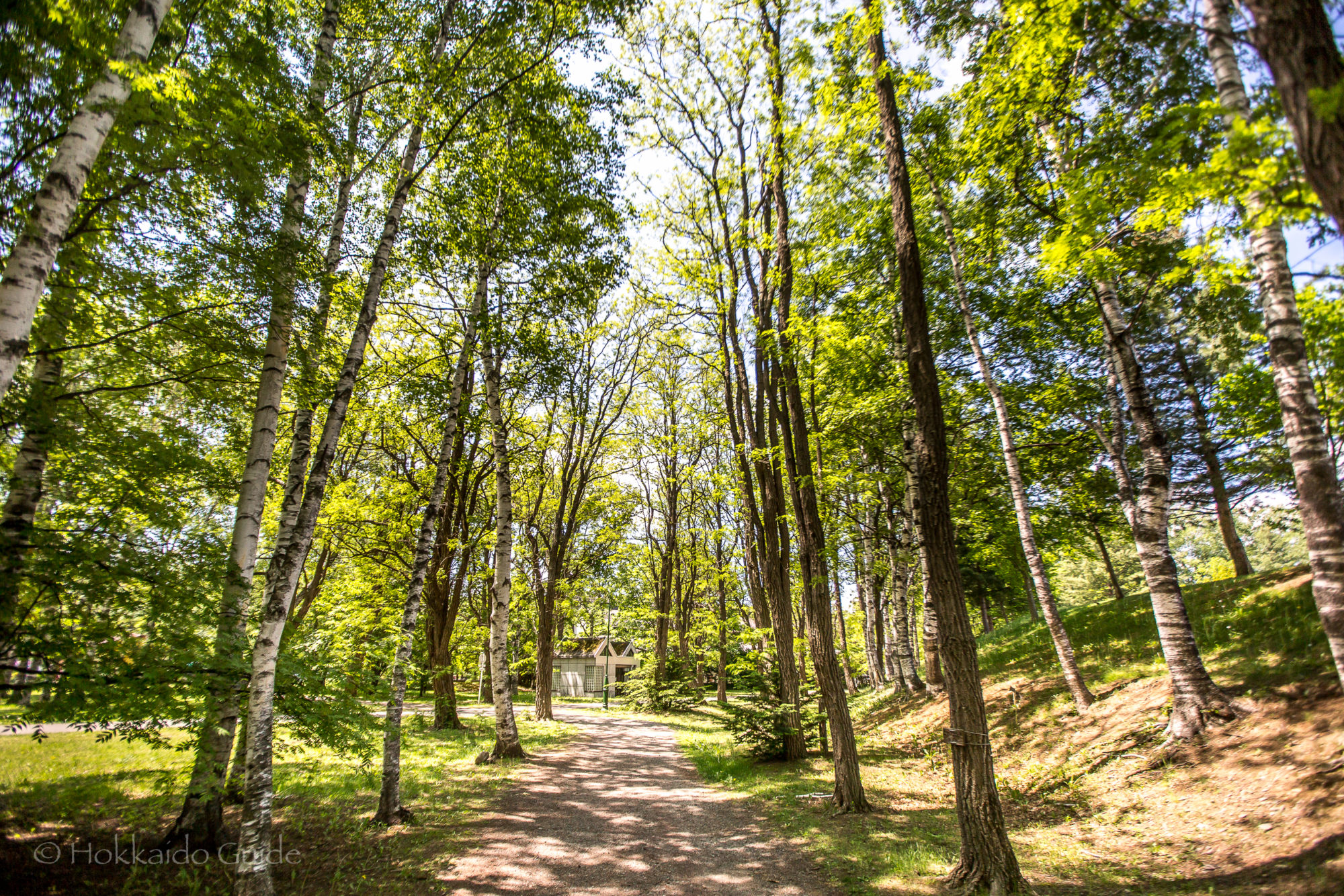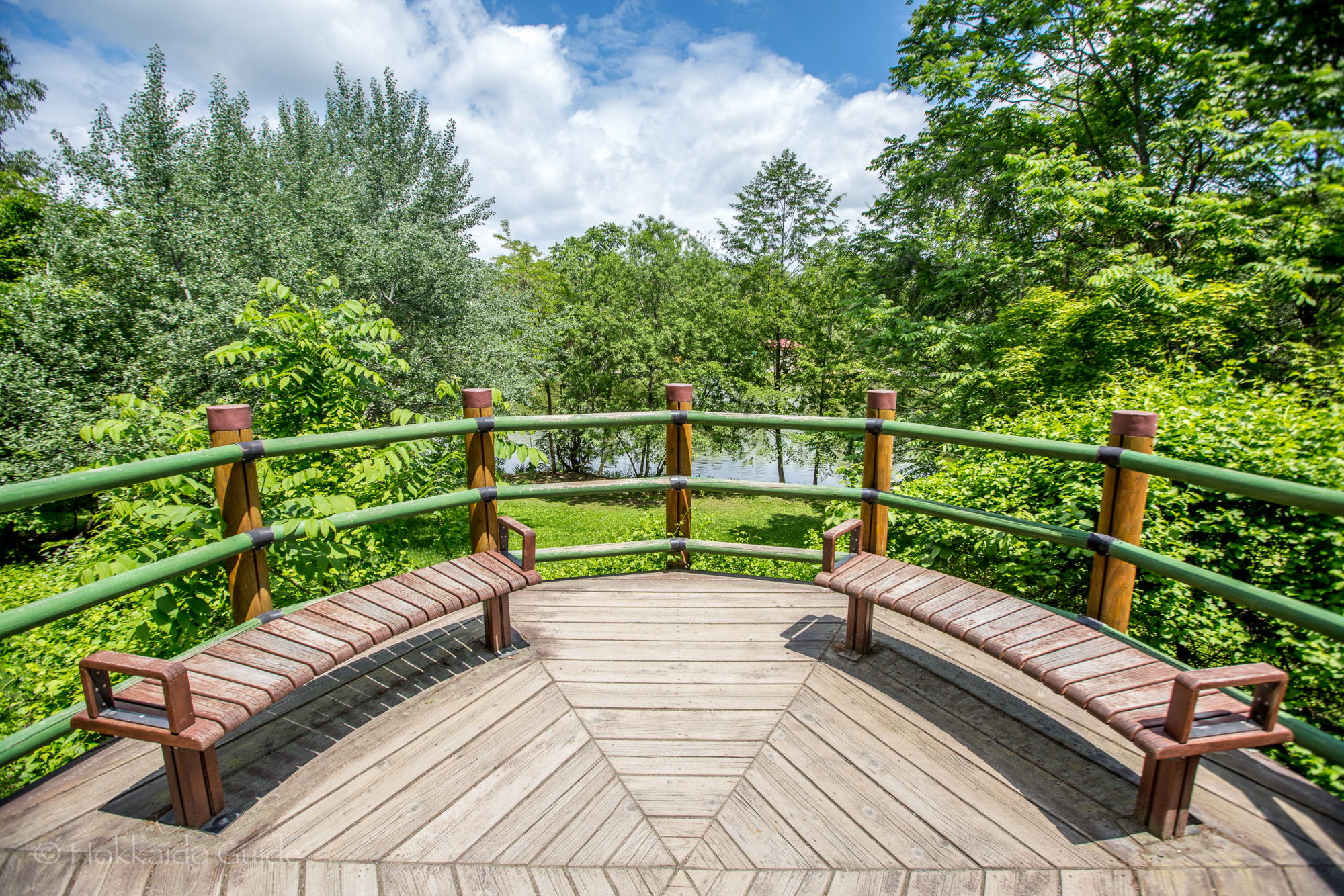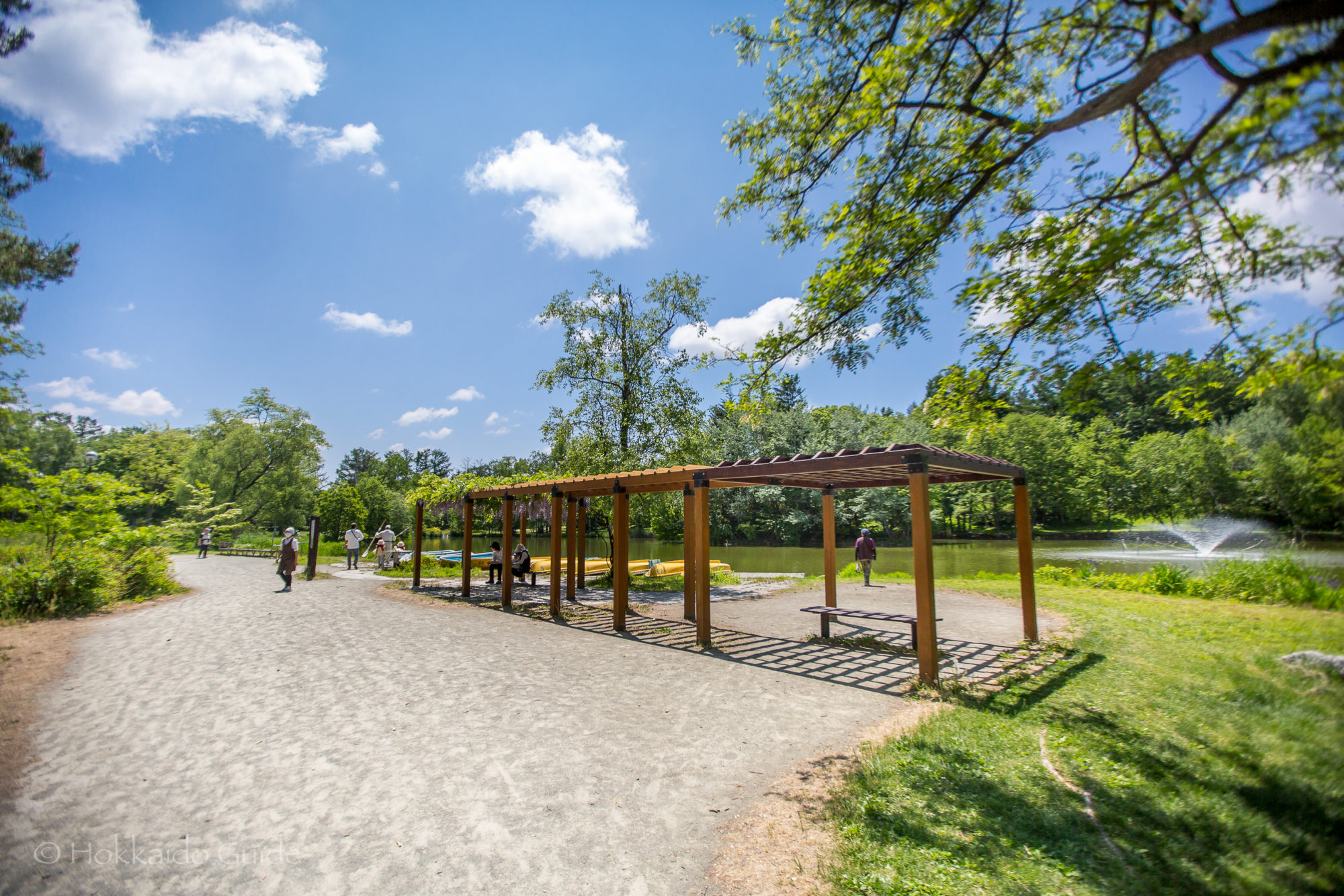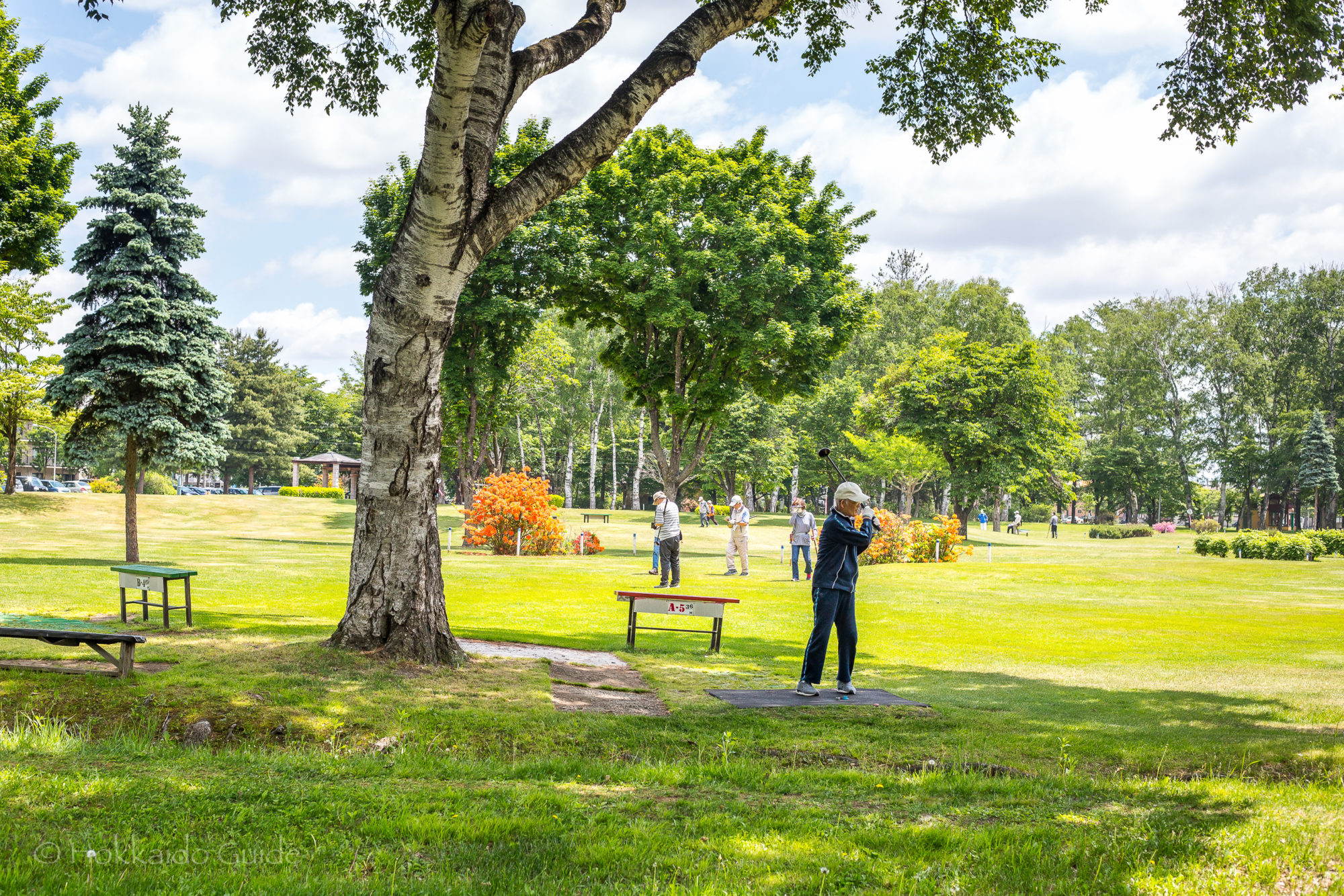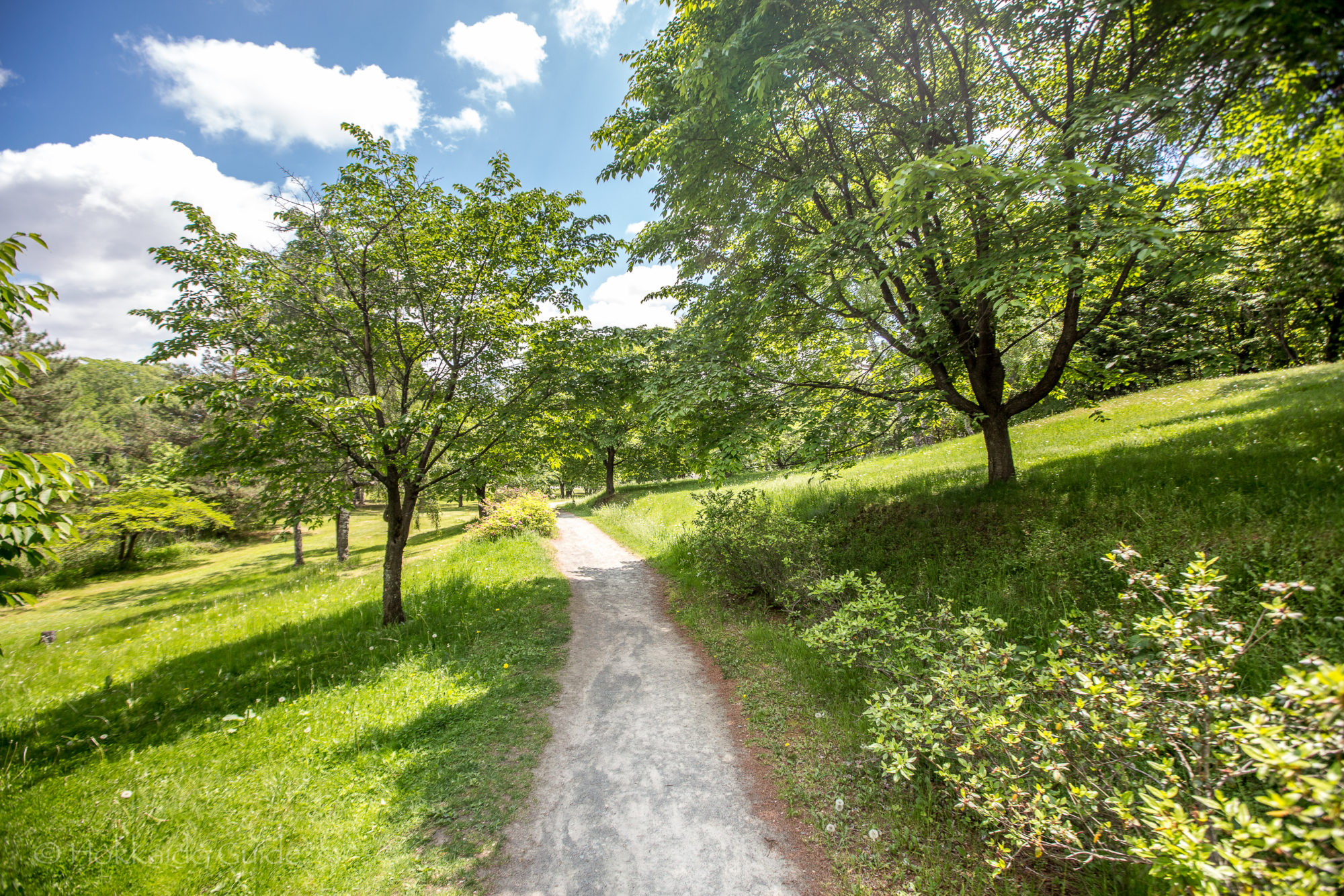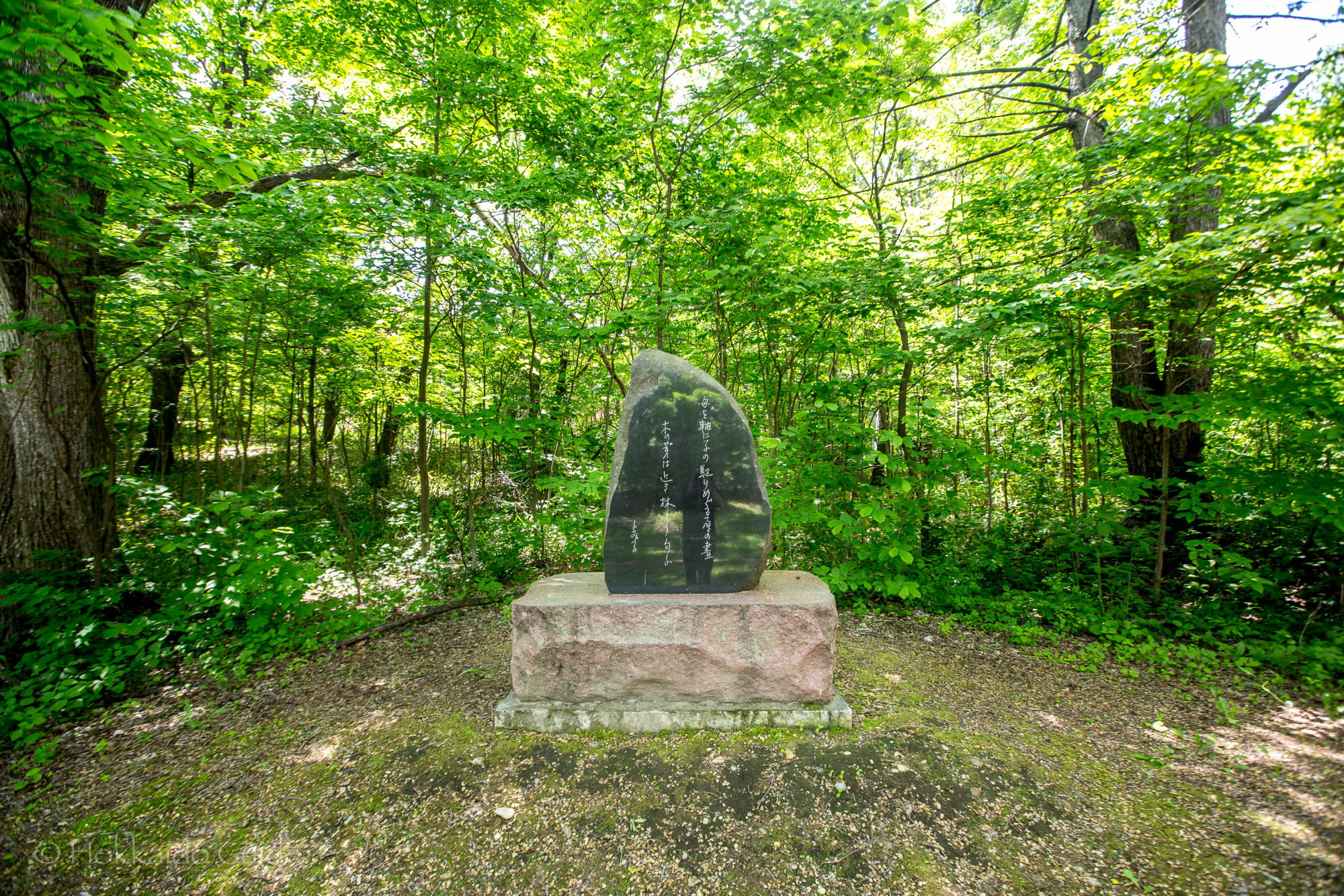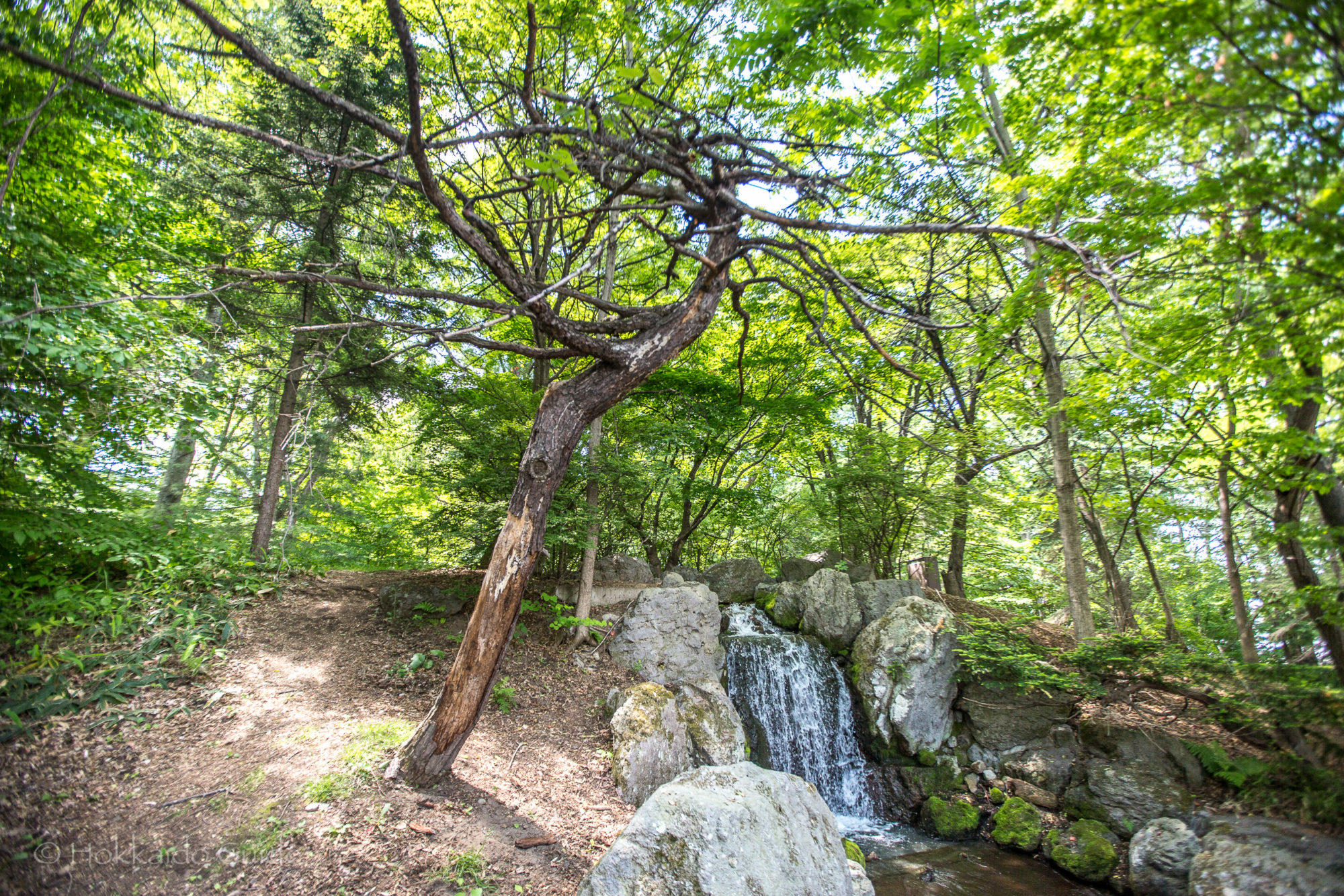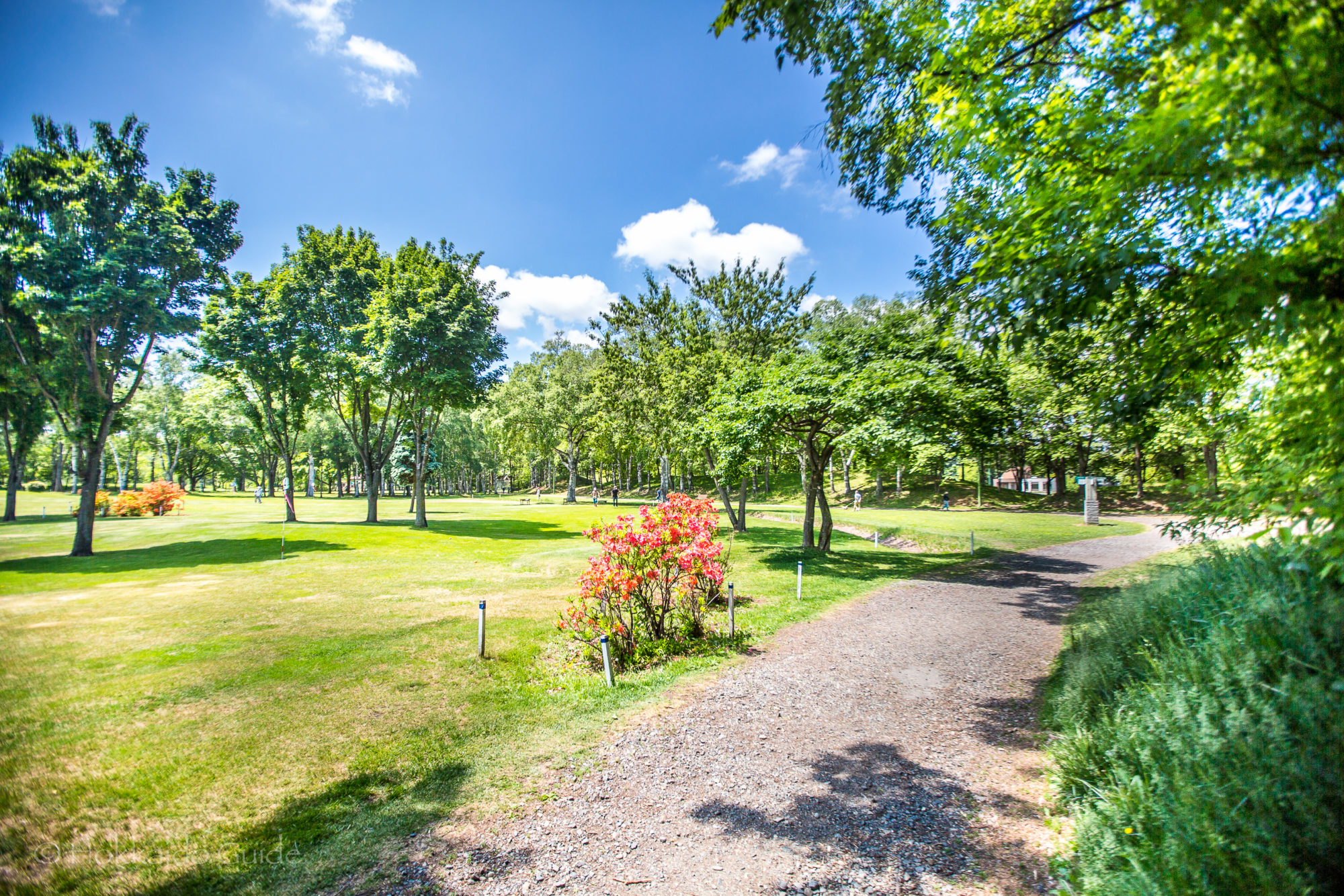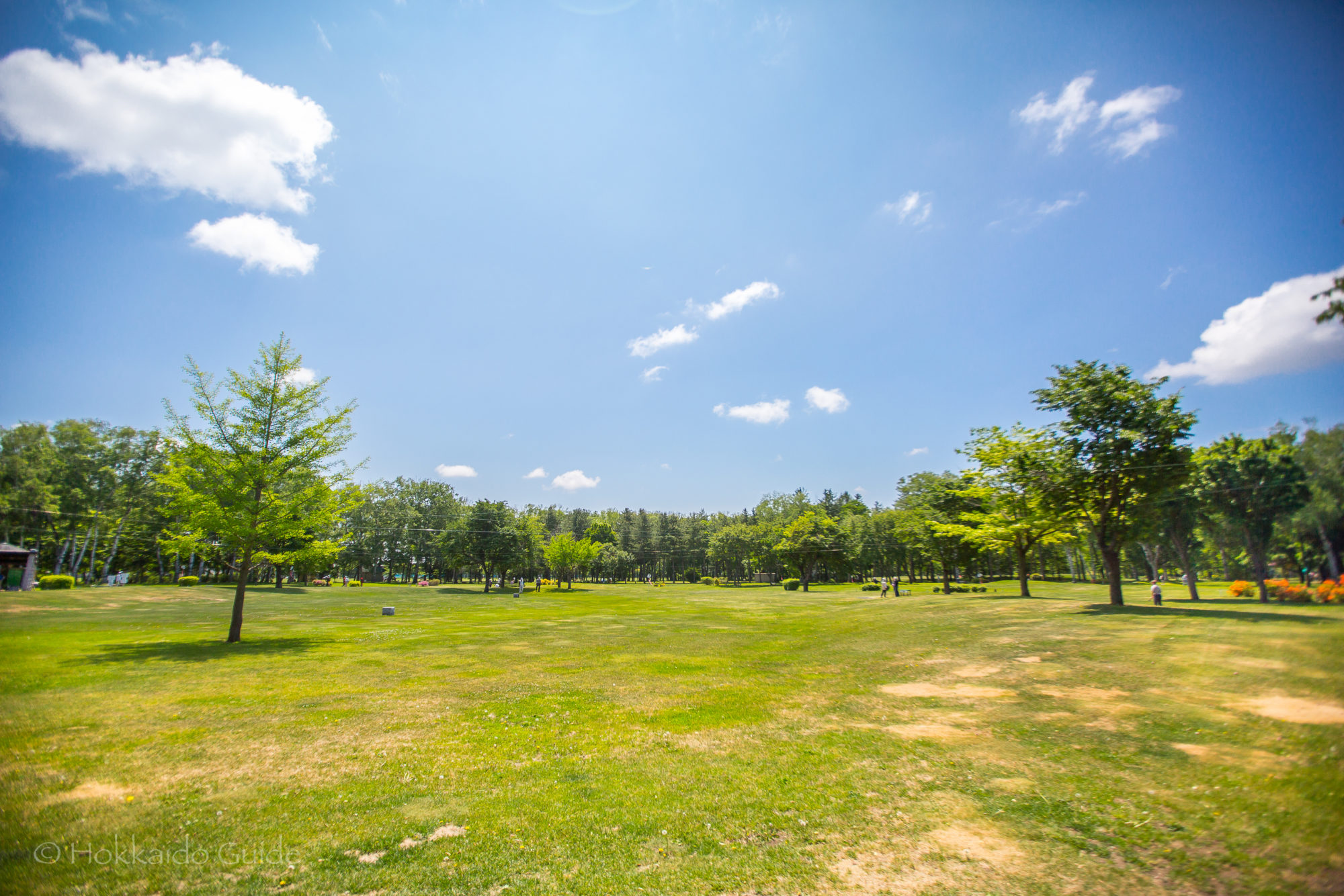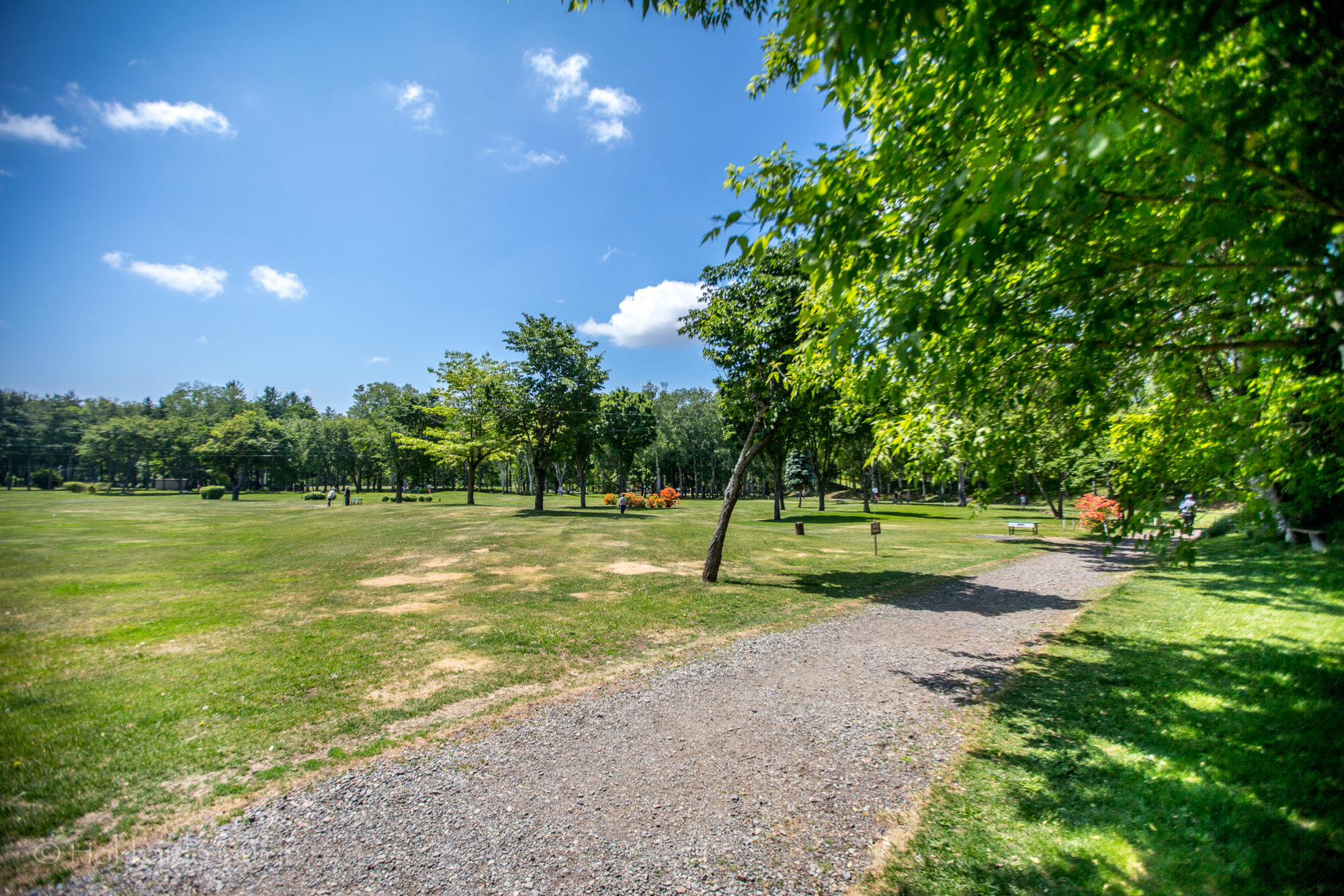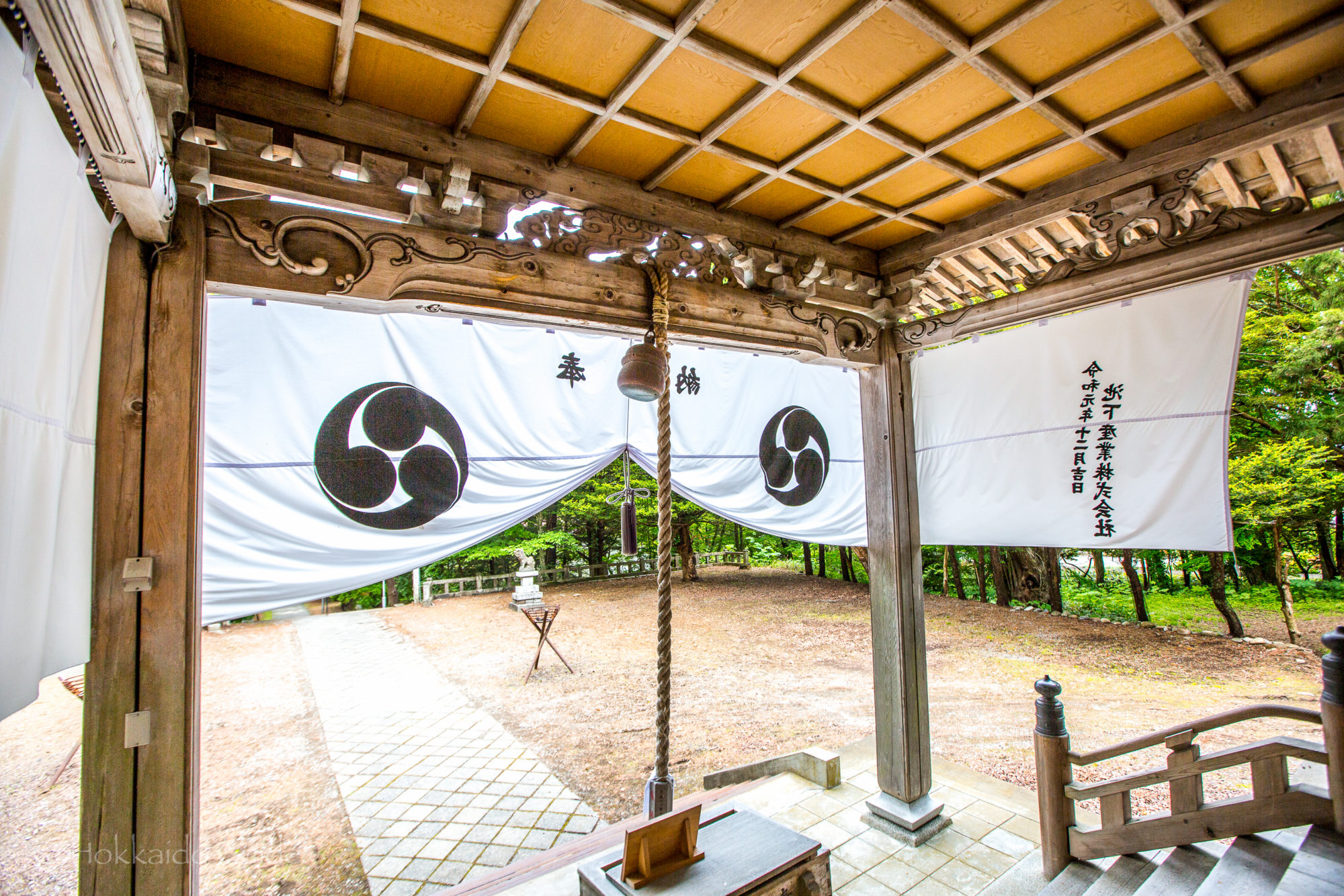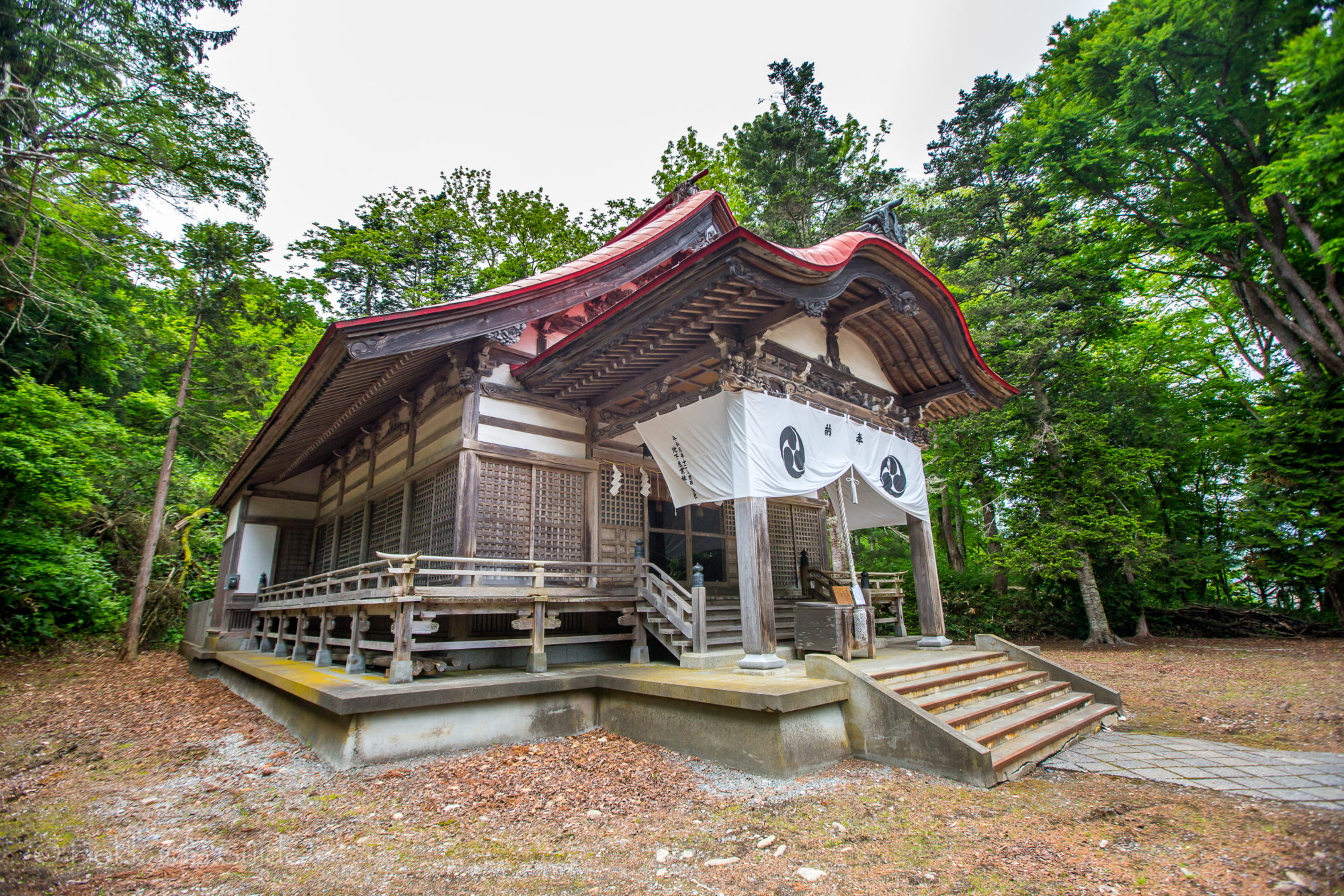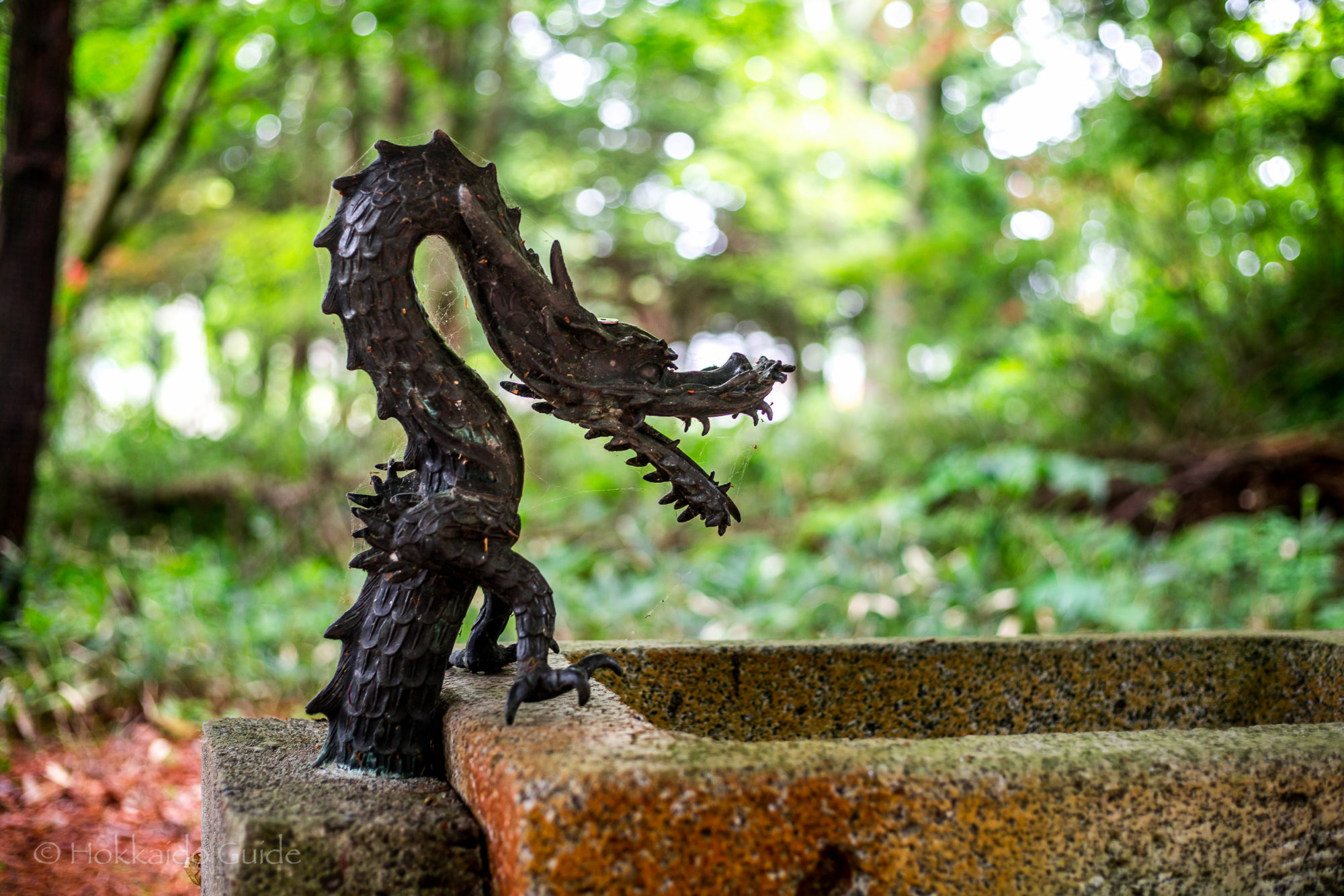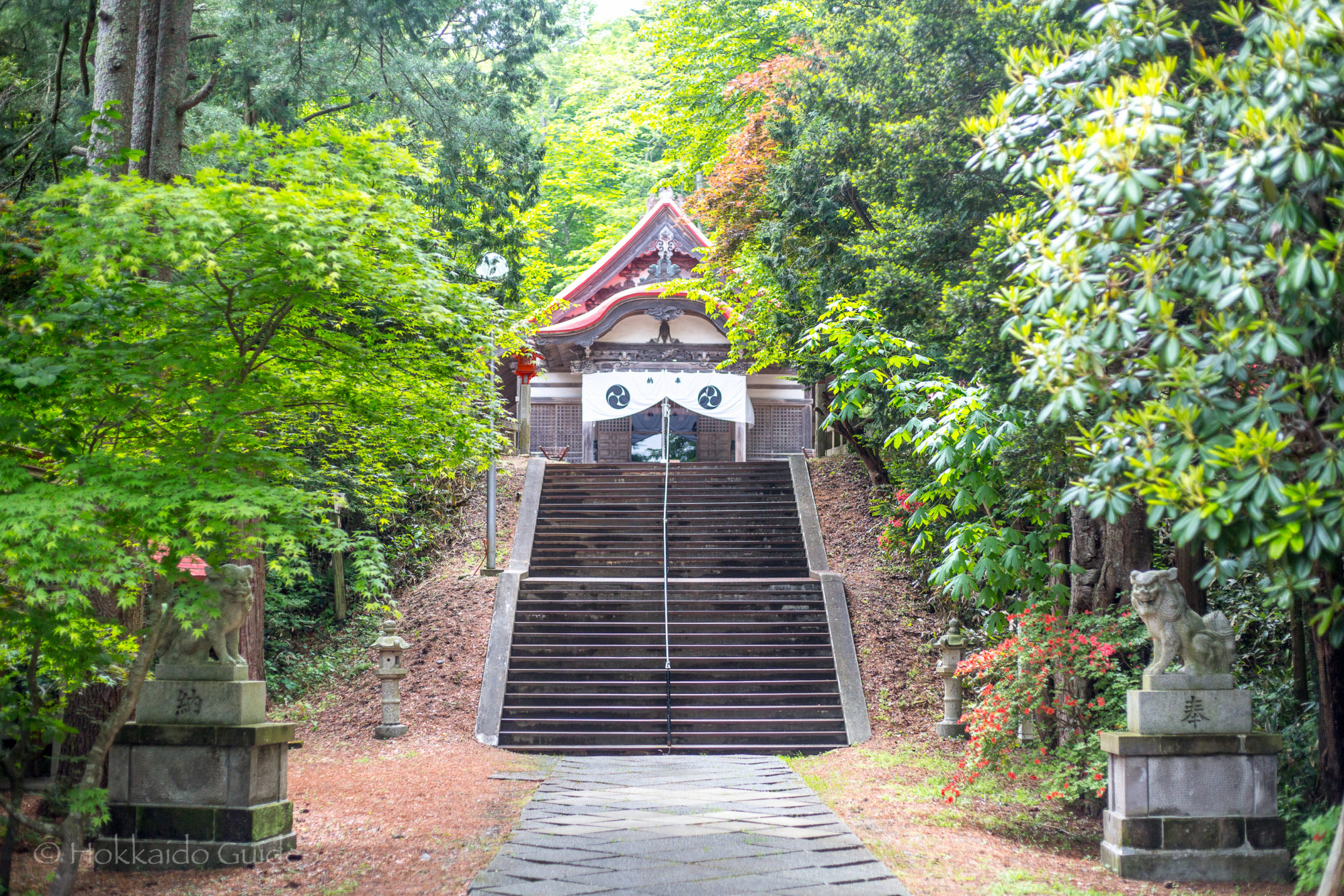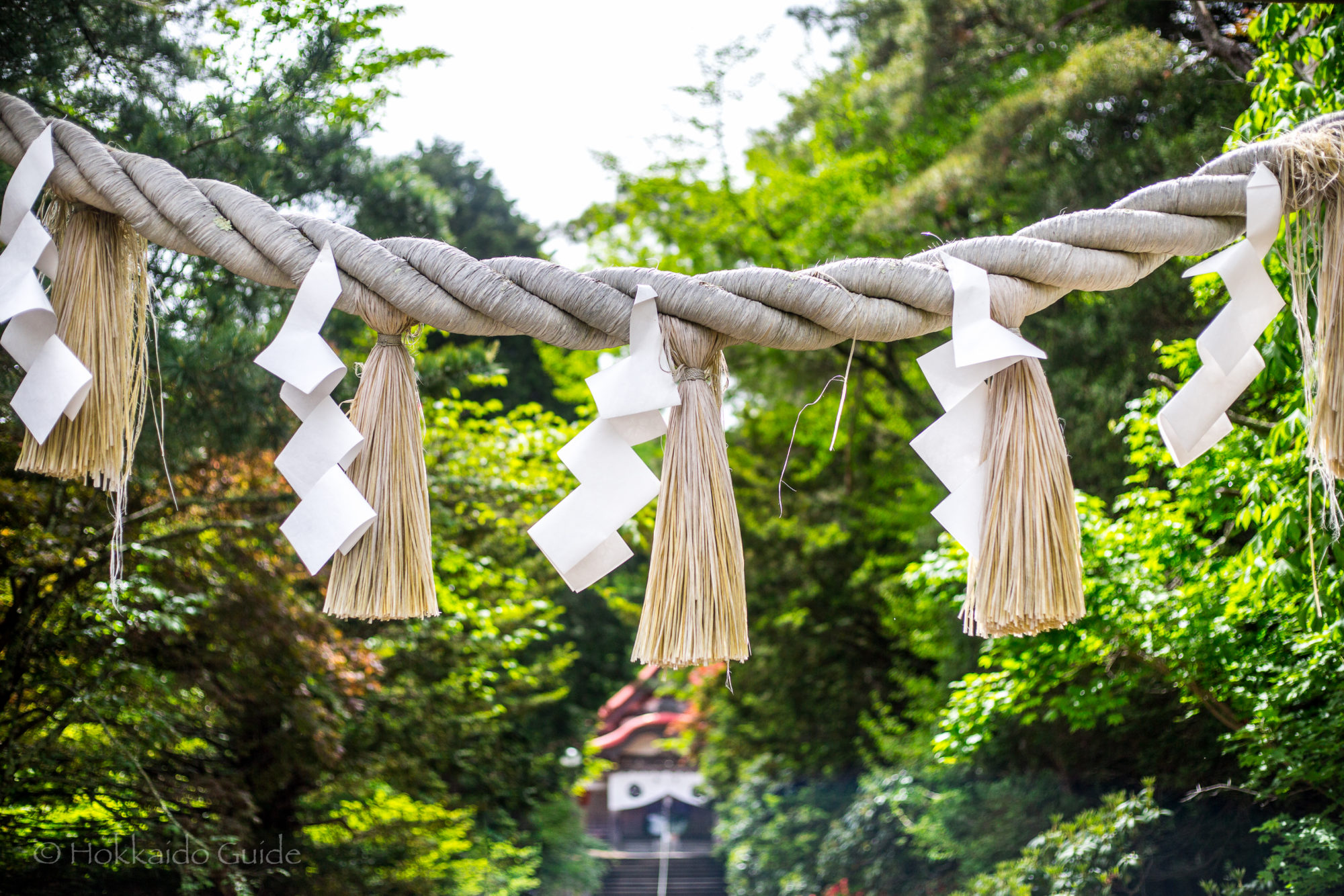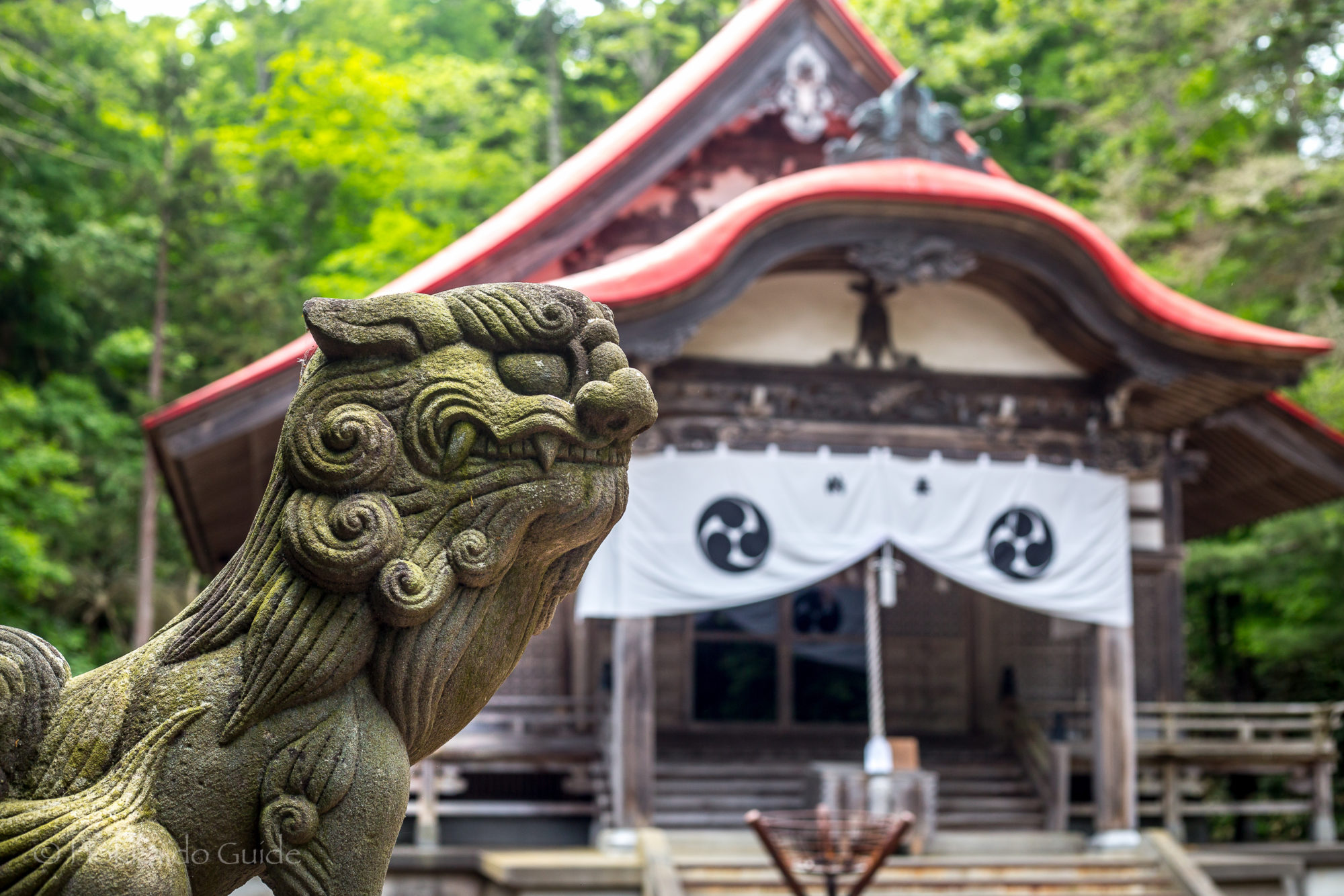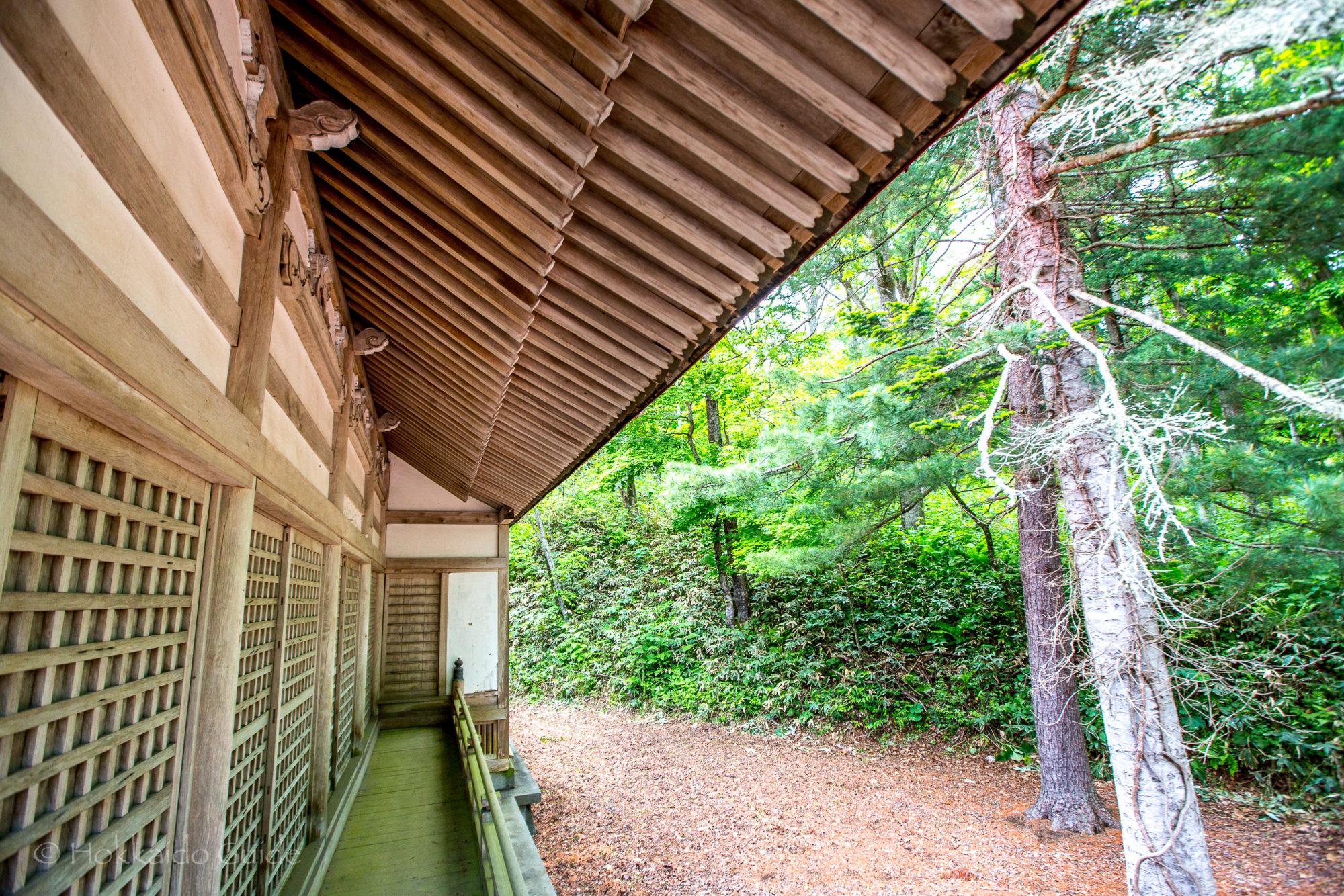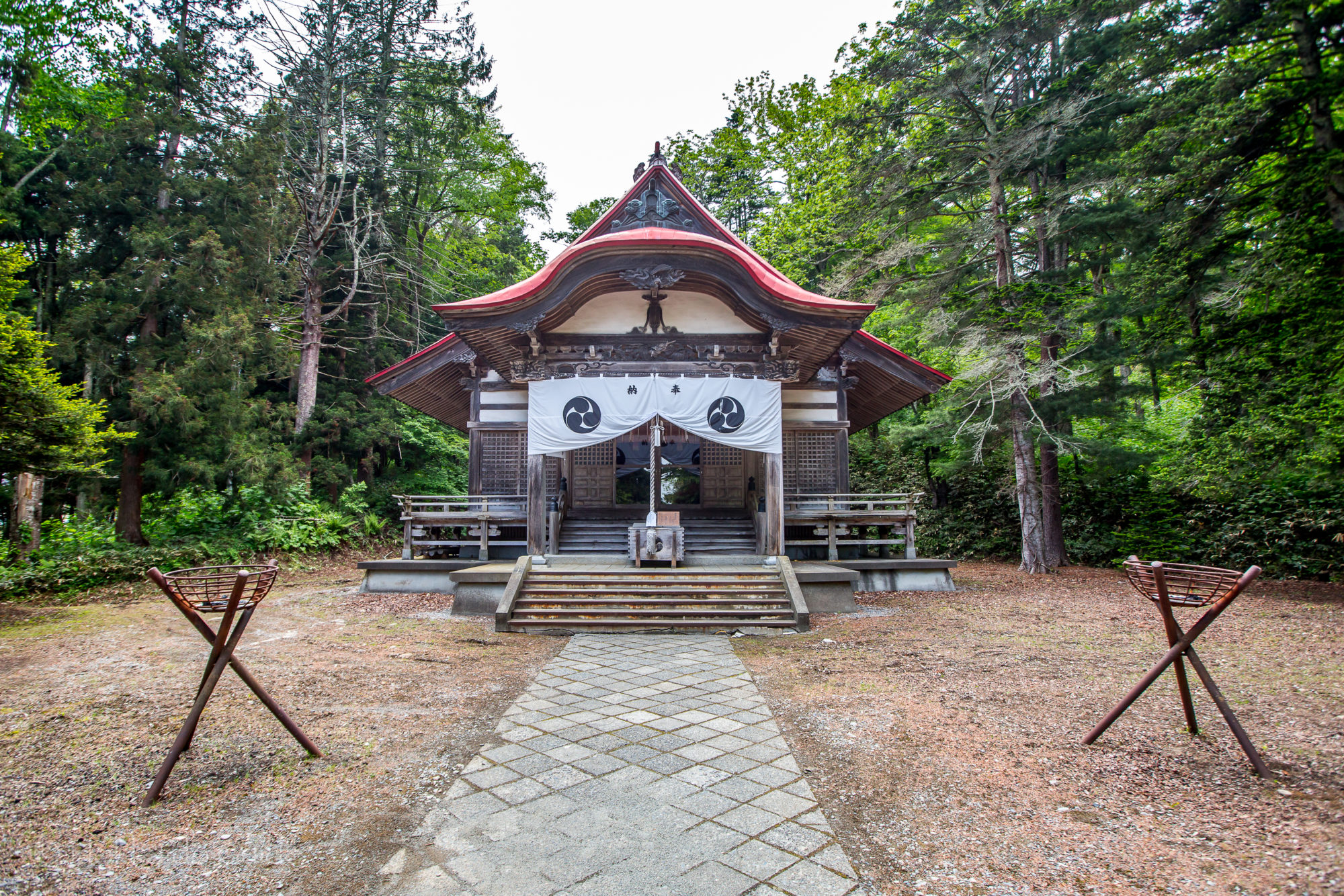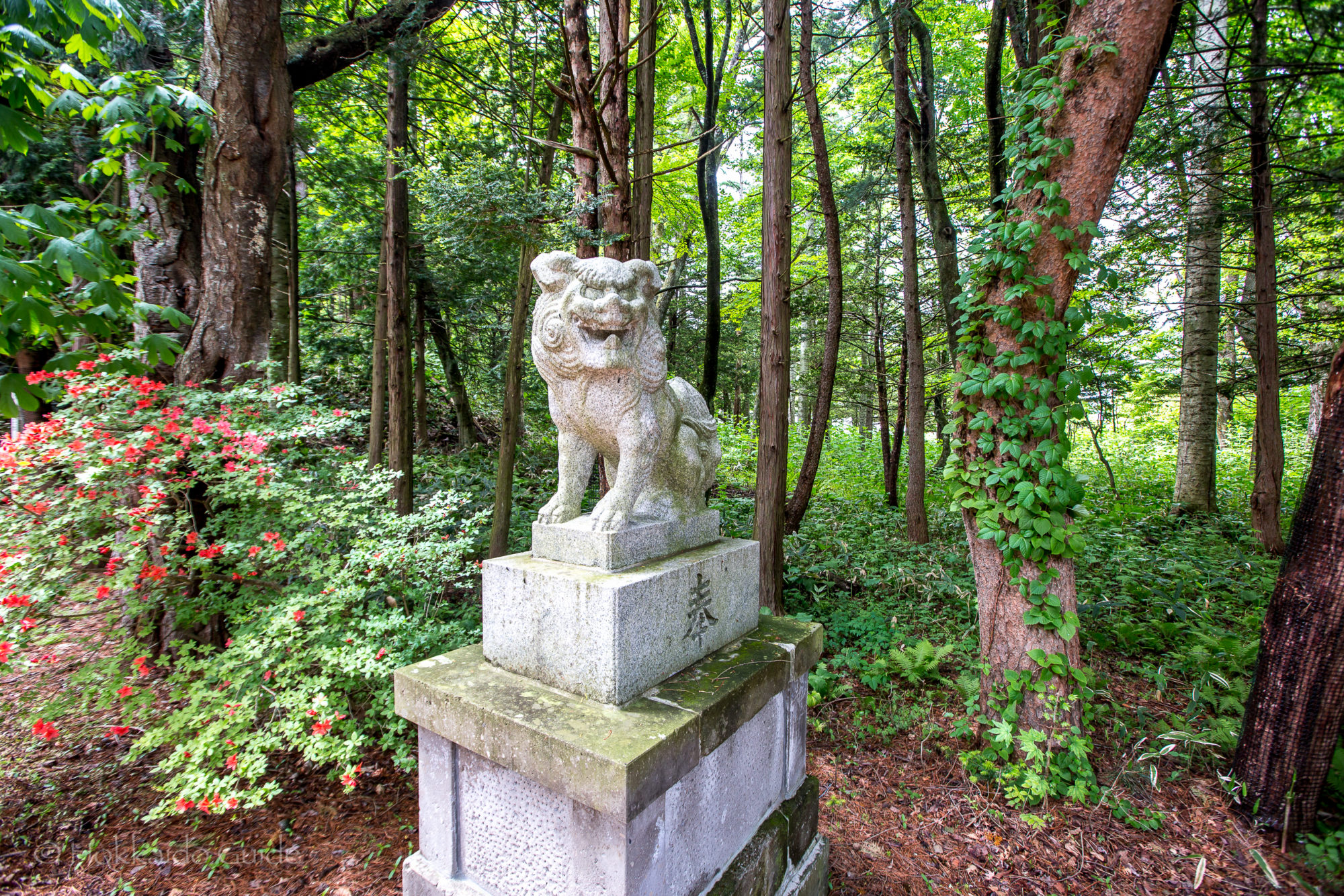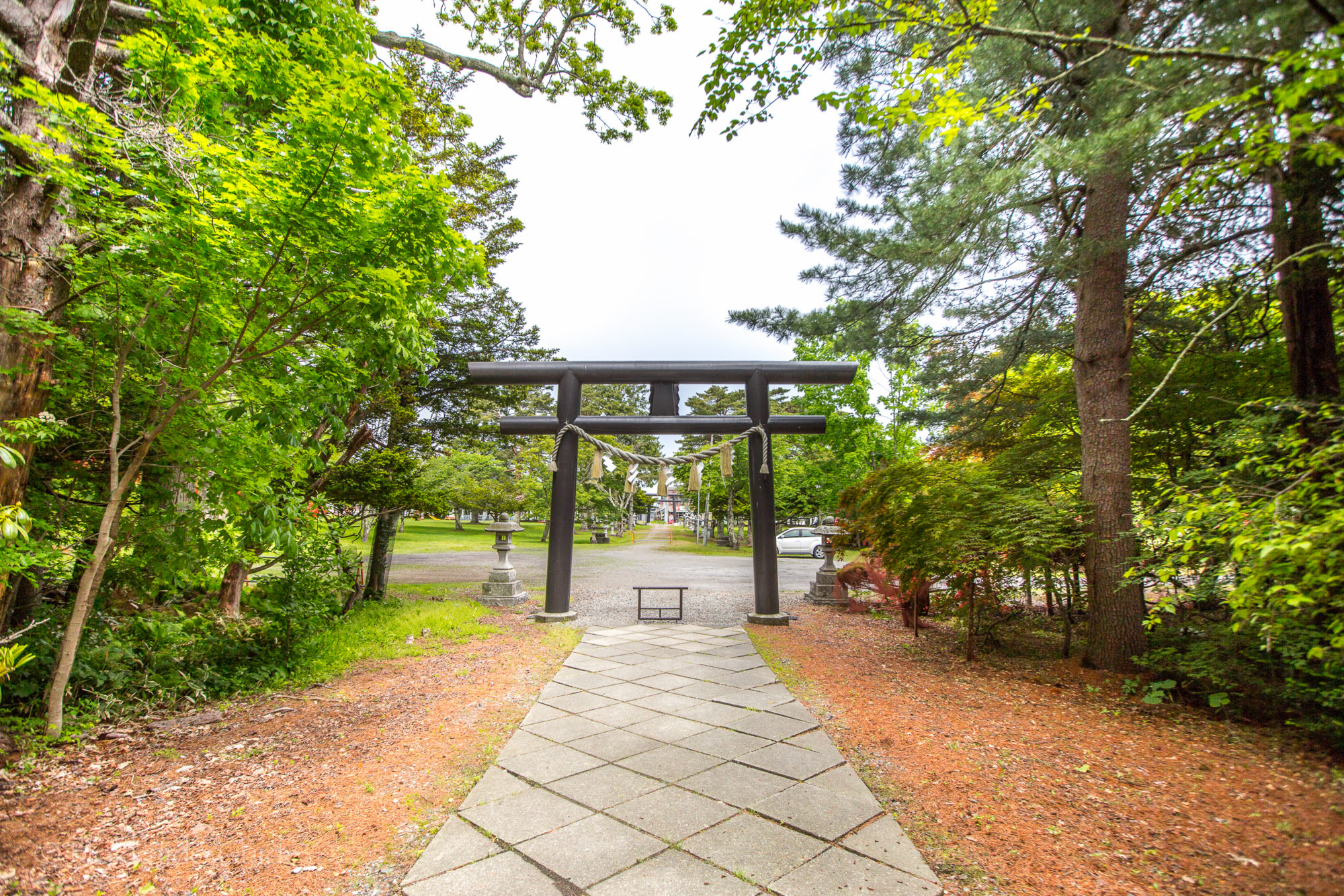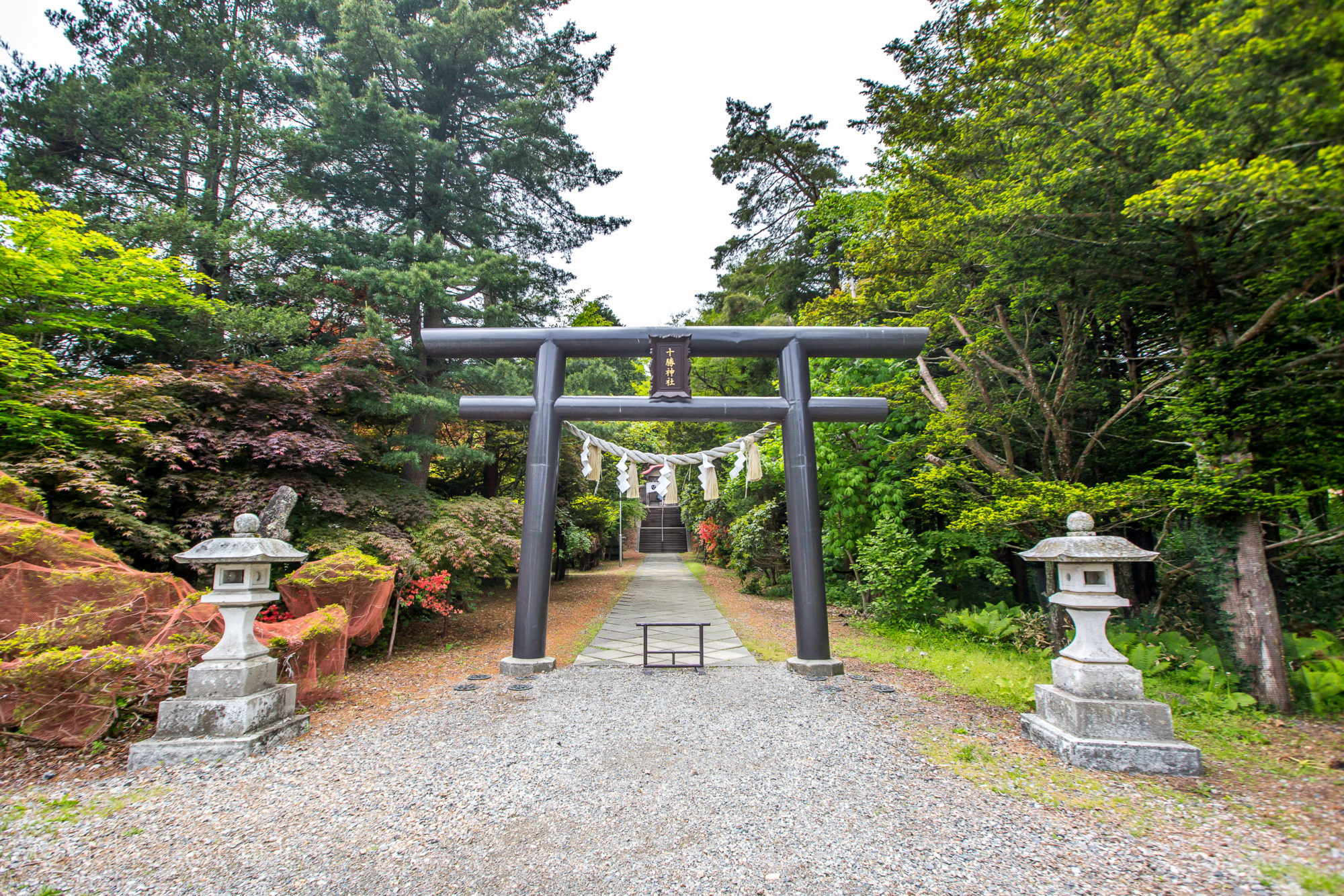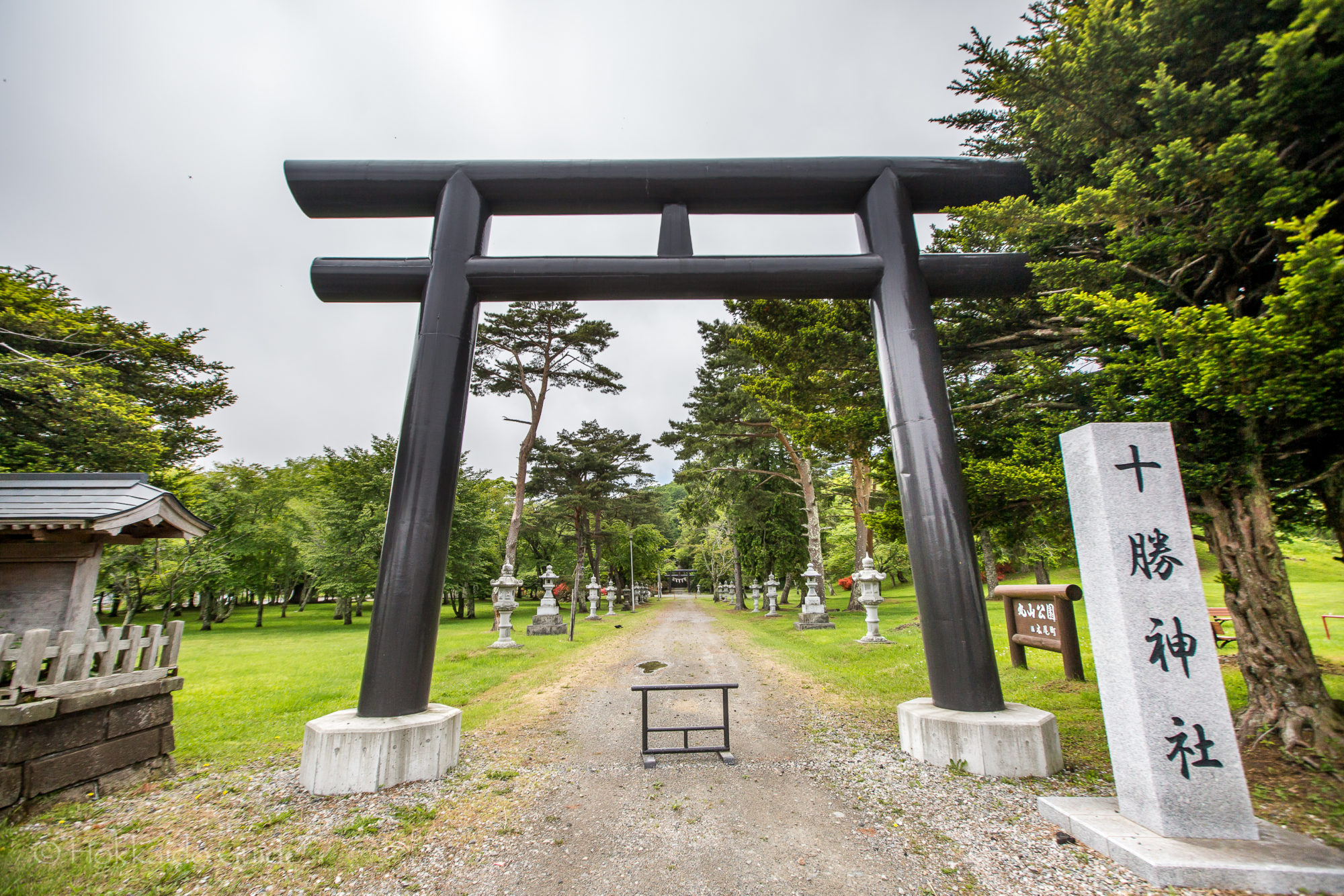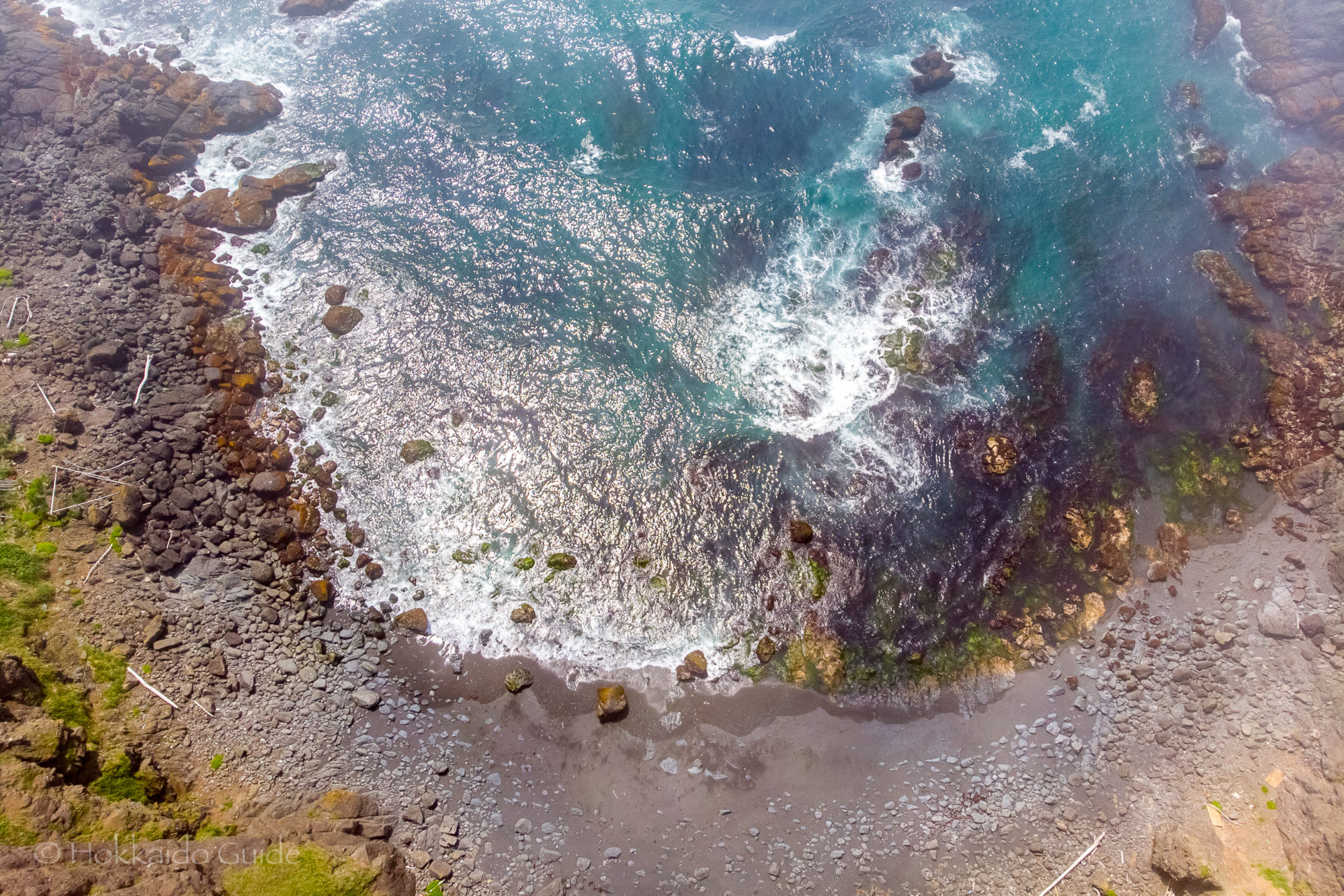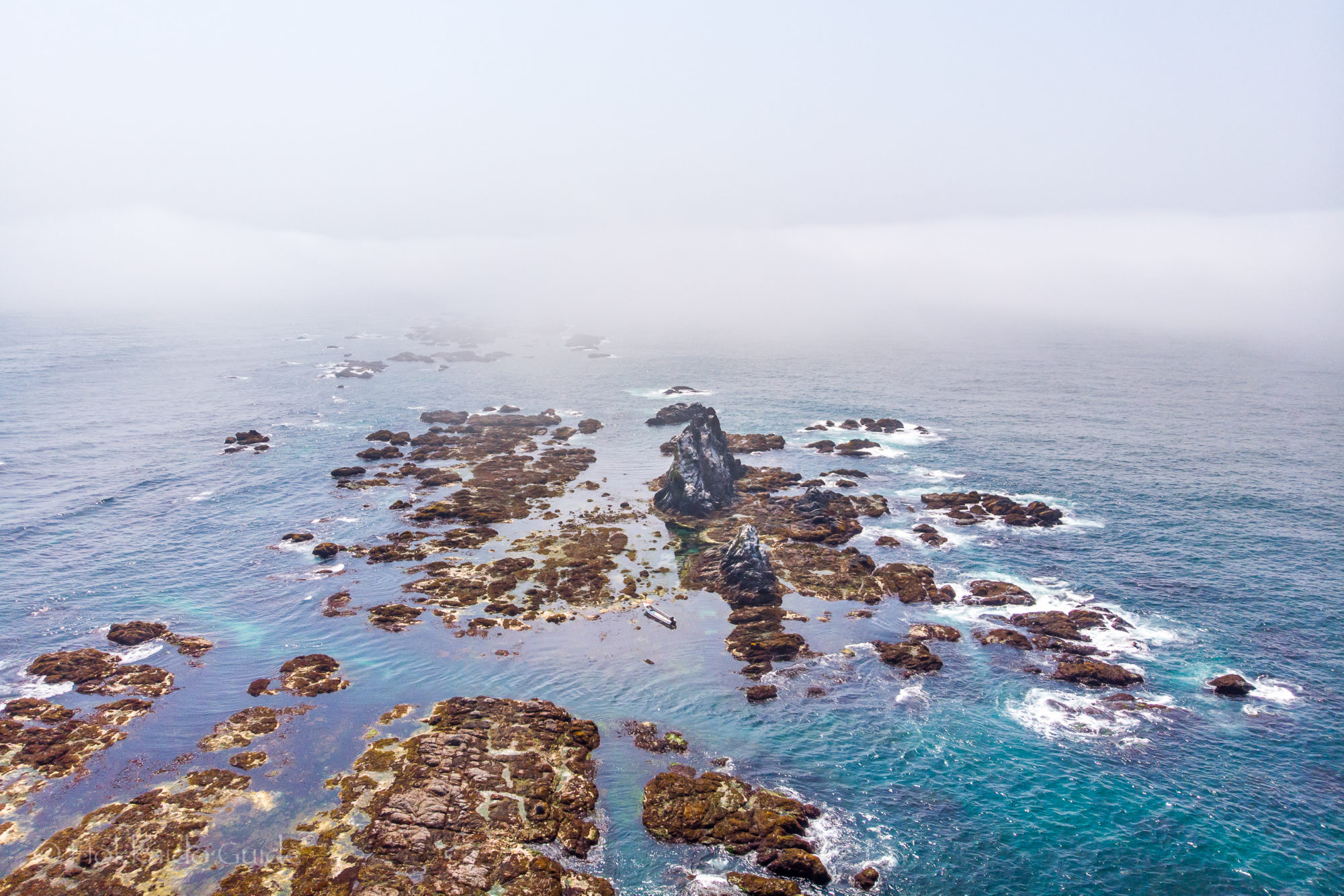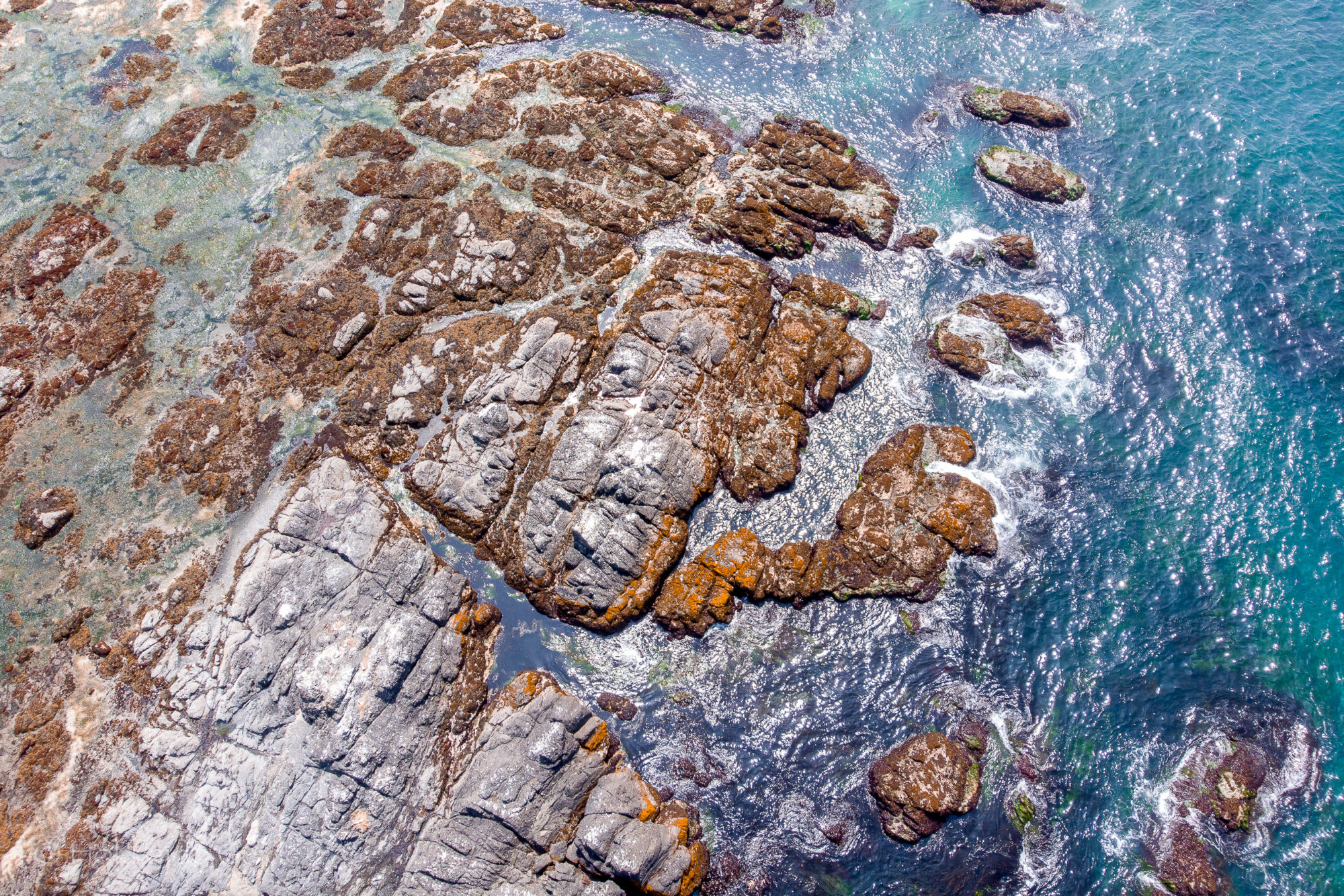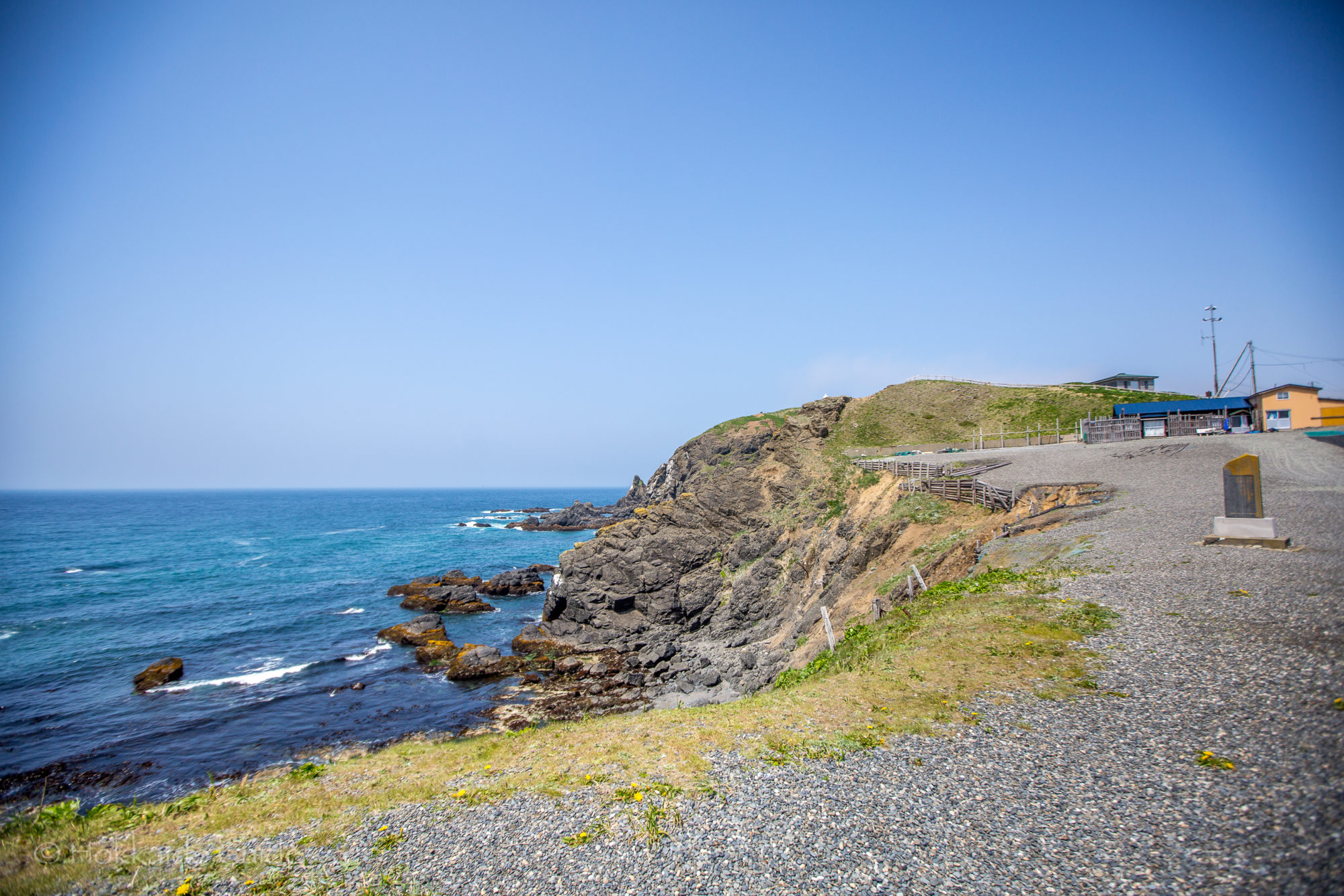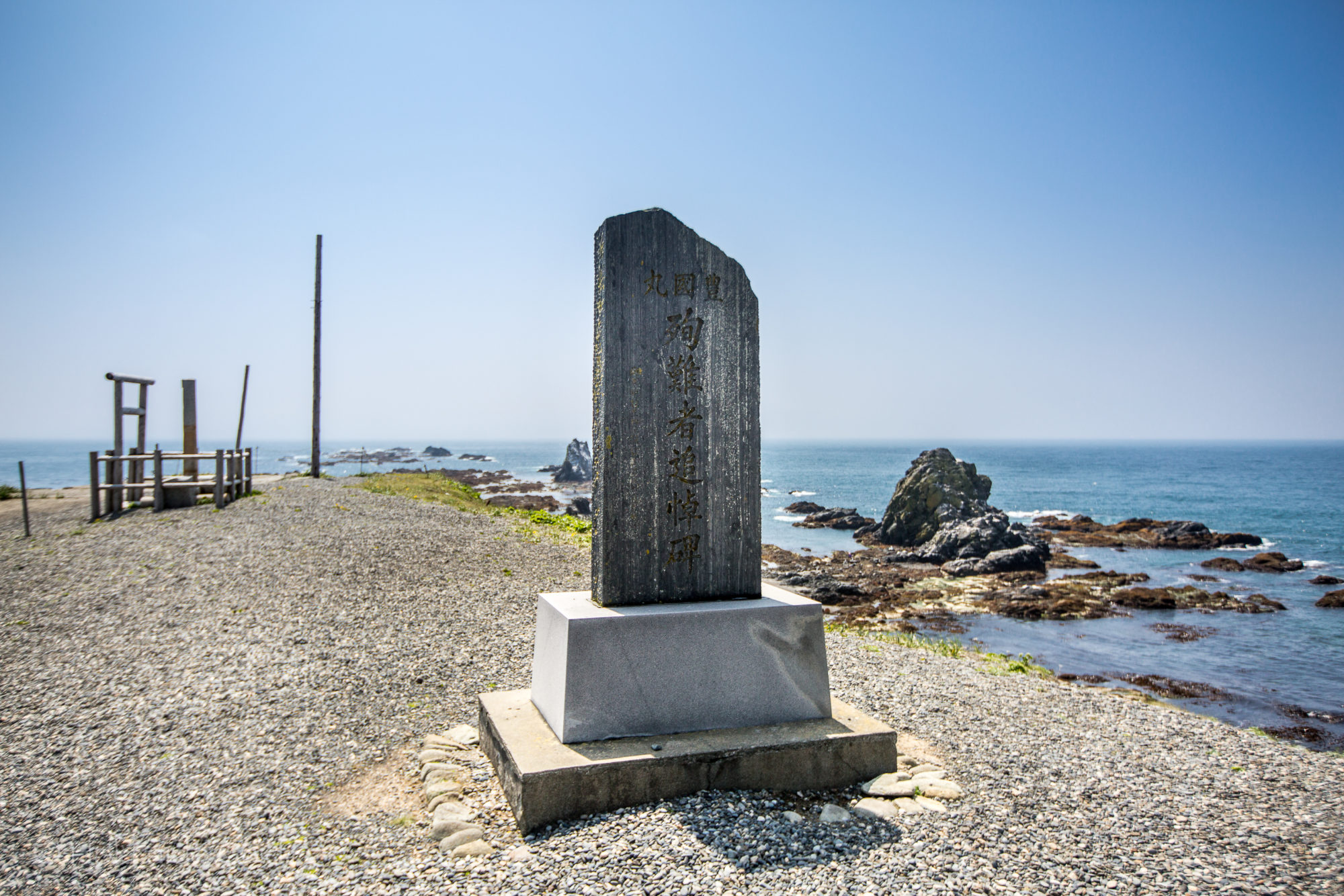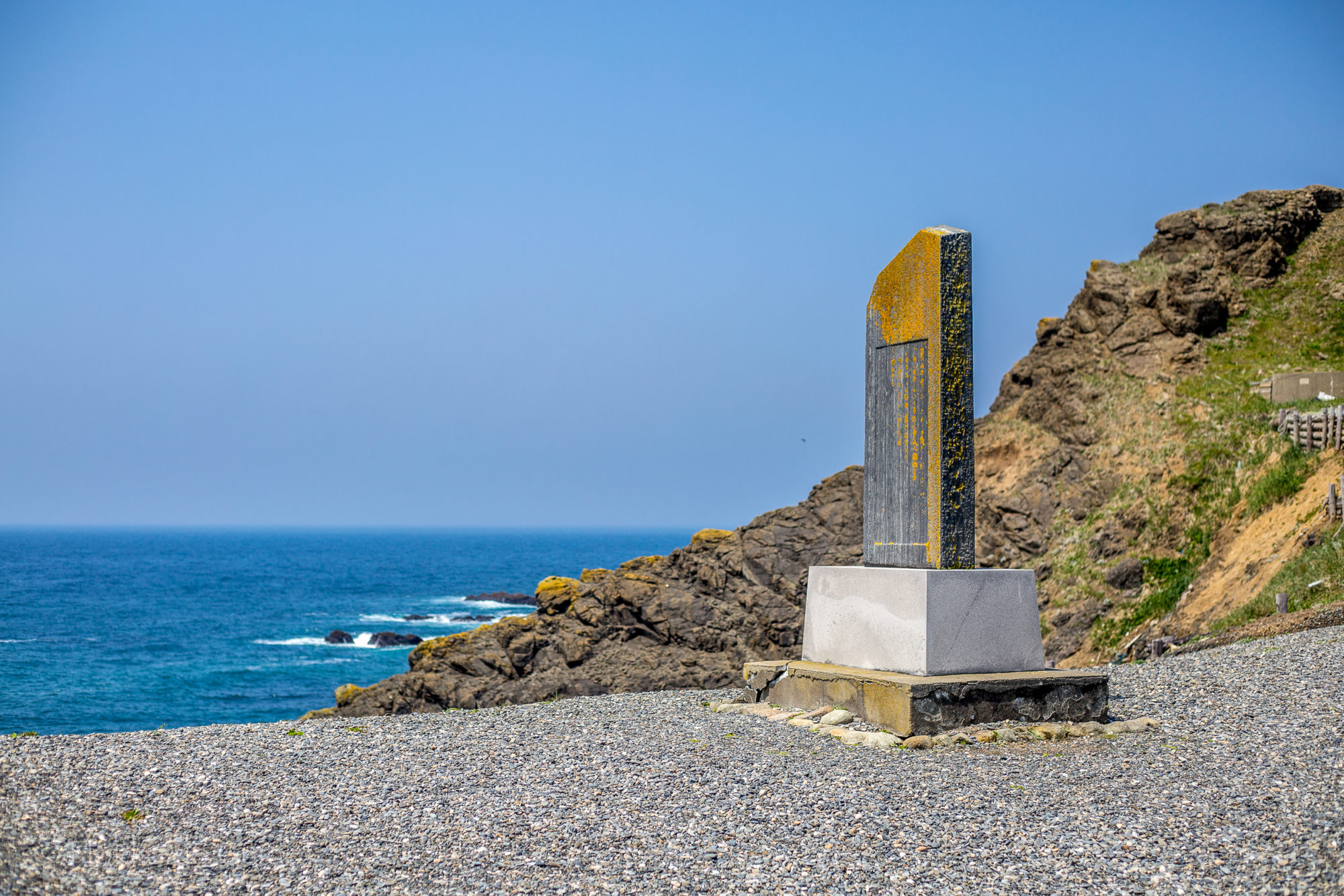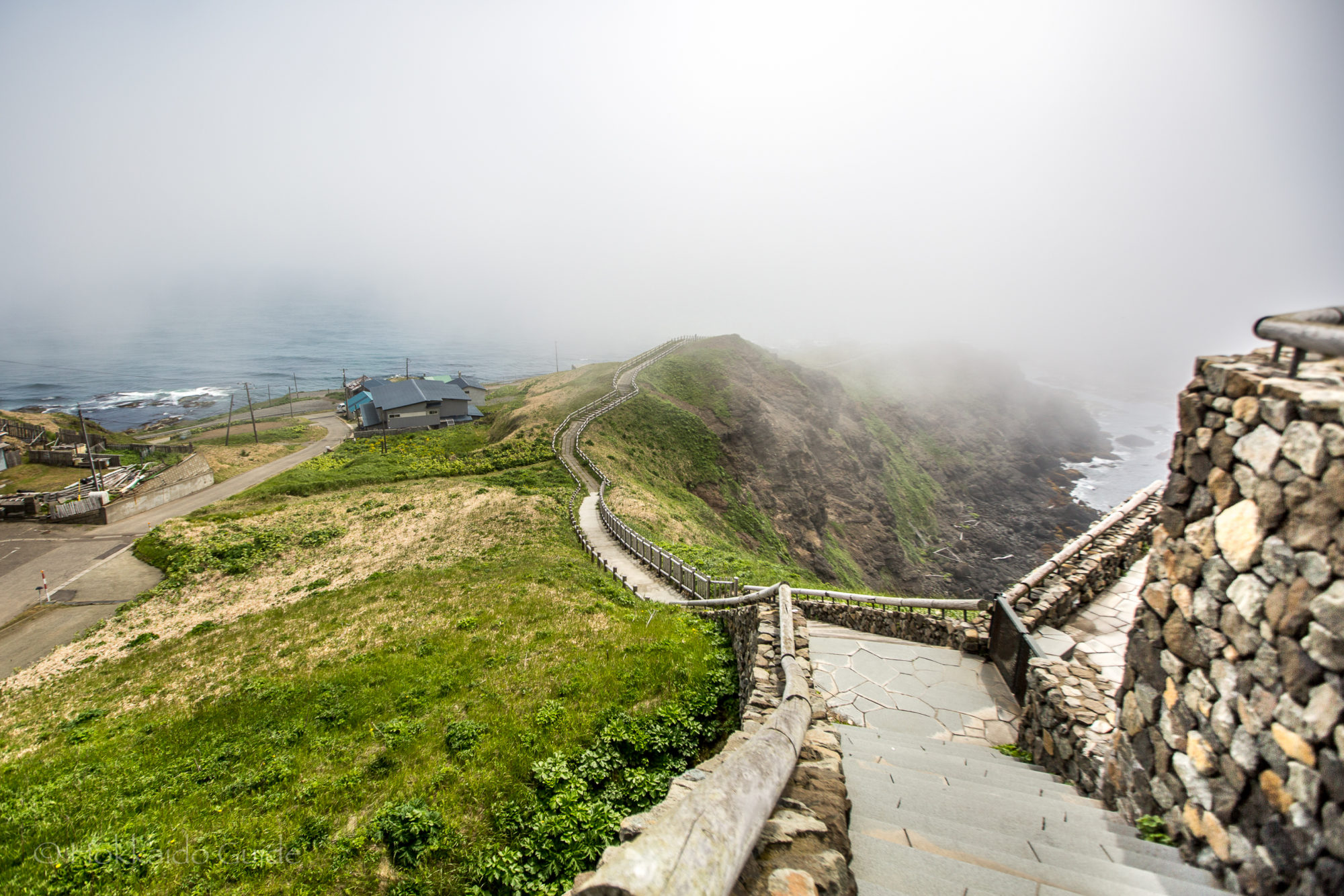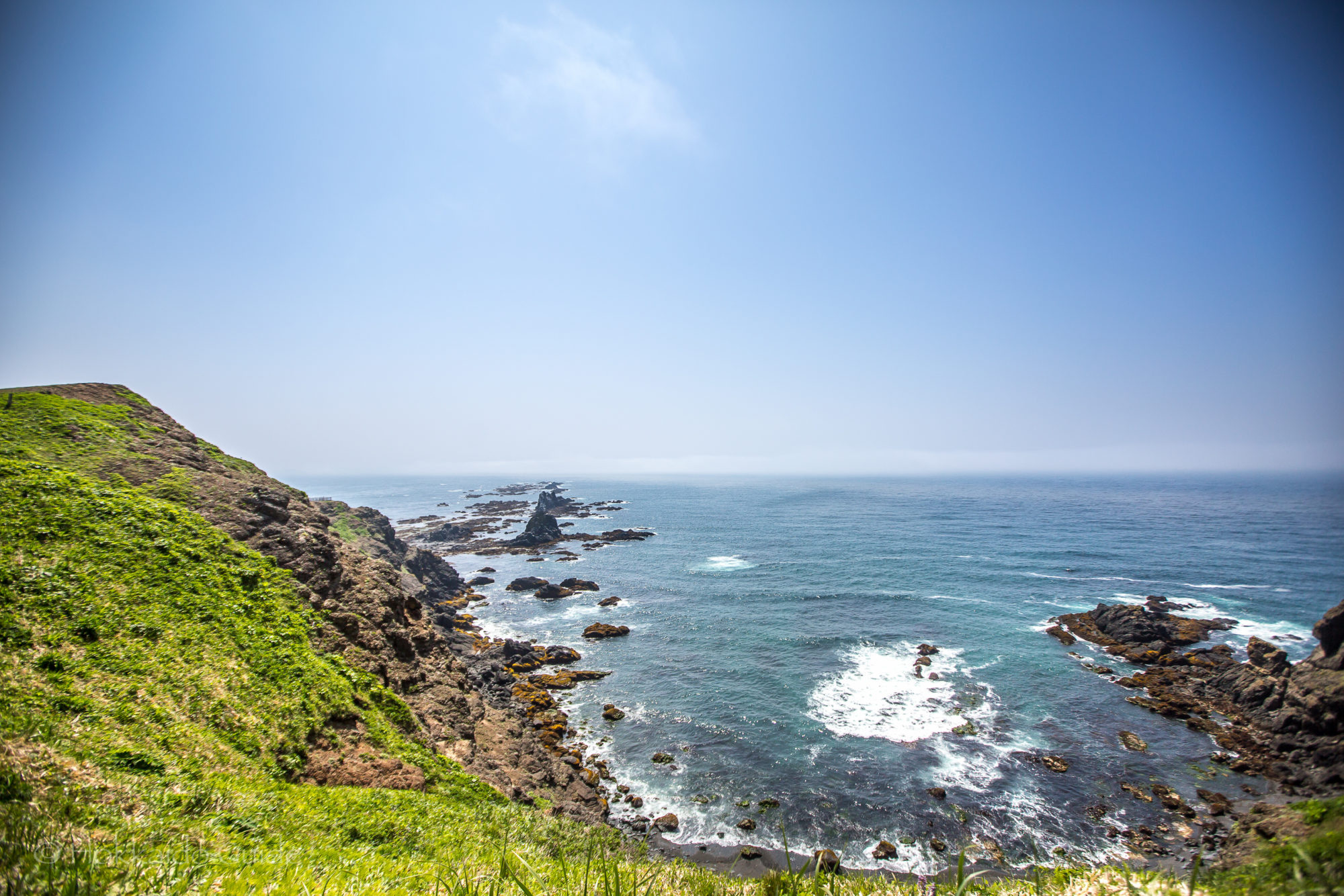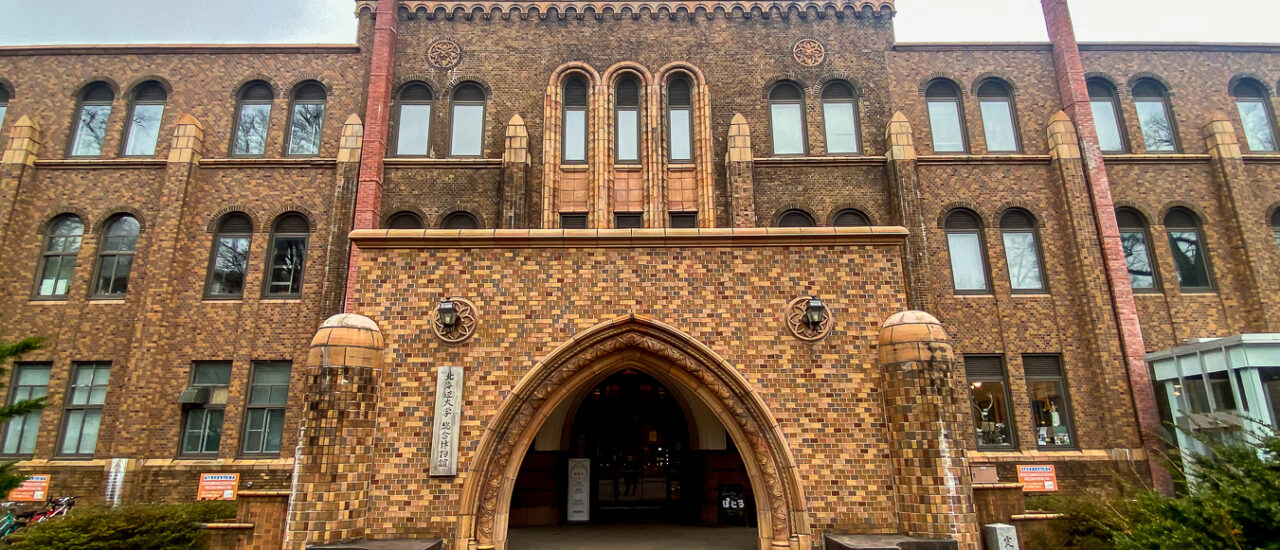
Tag: Walking
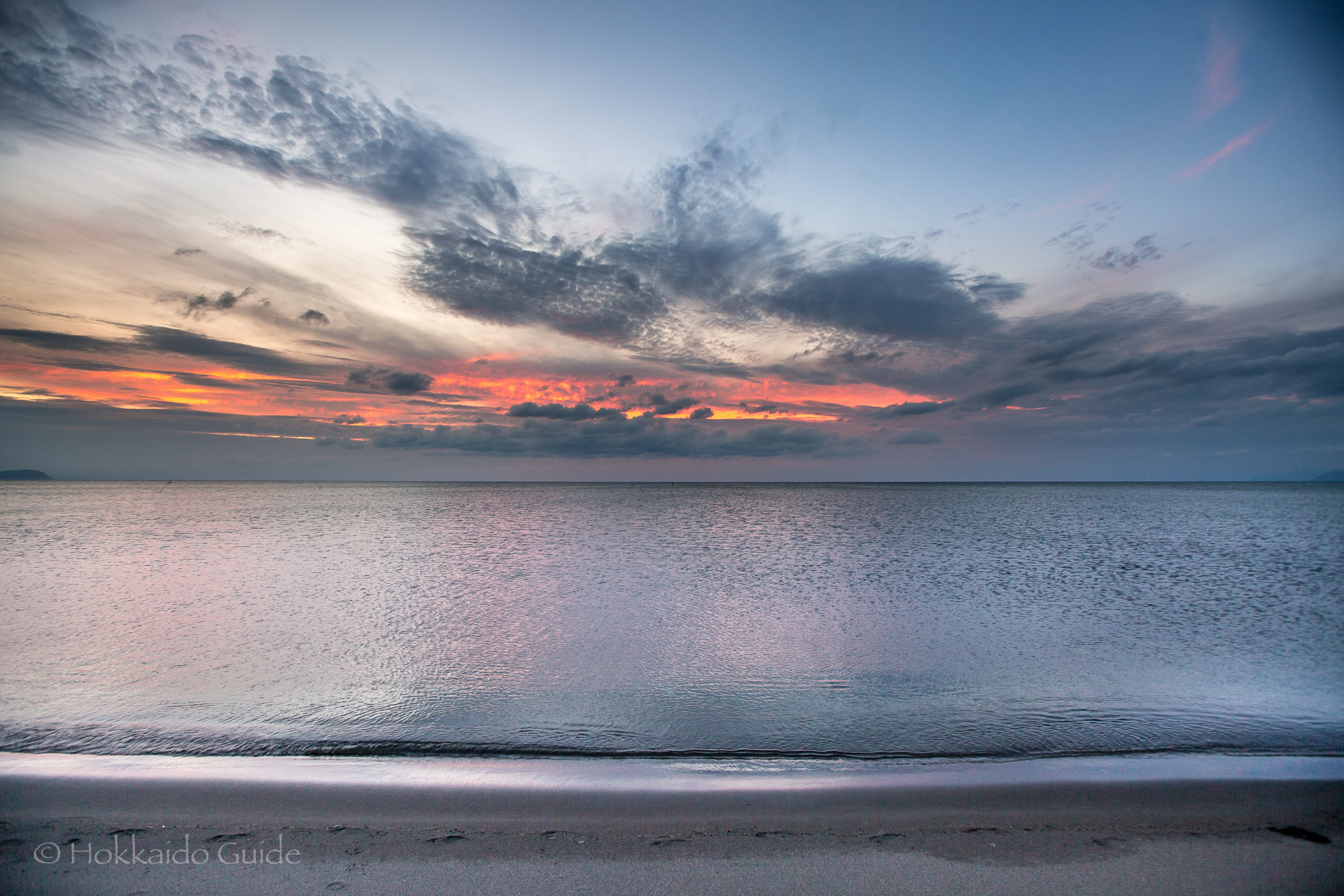
Aso Beach Ishikari
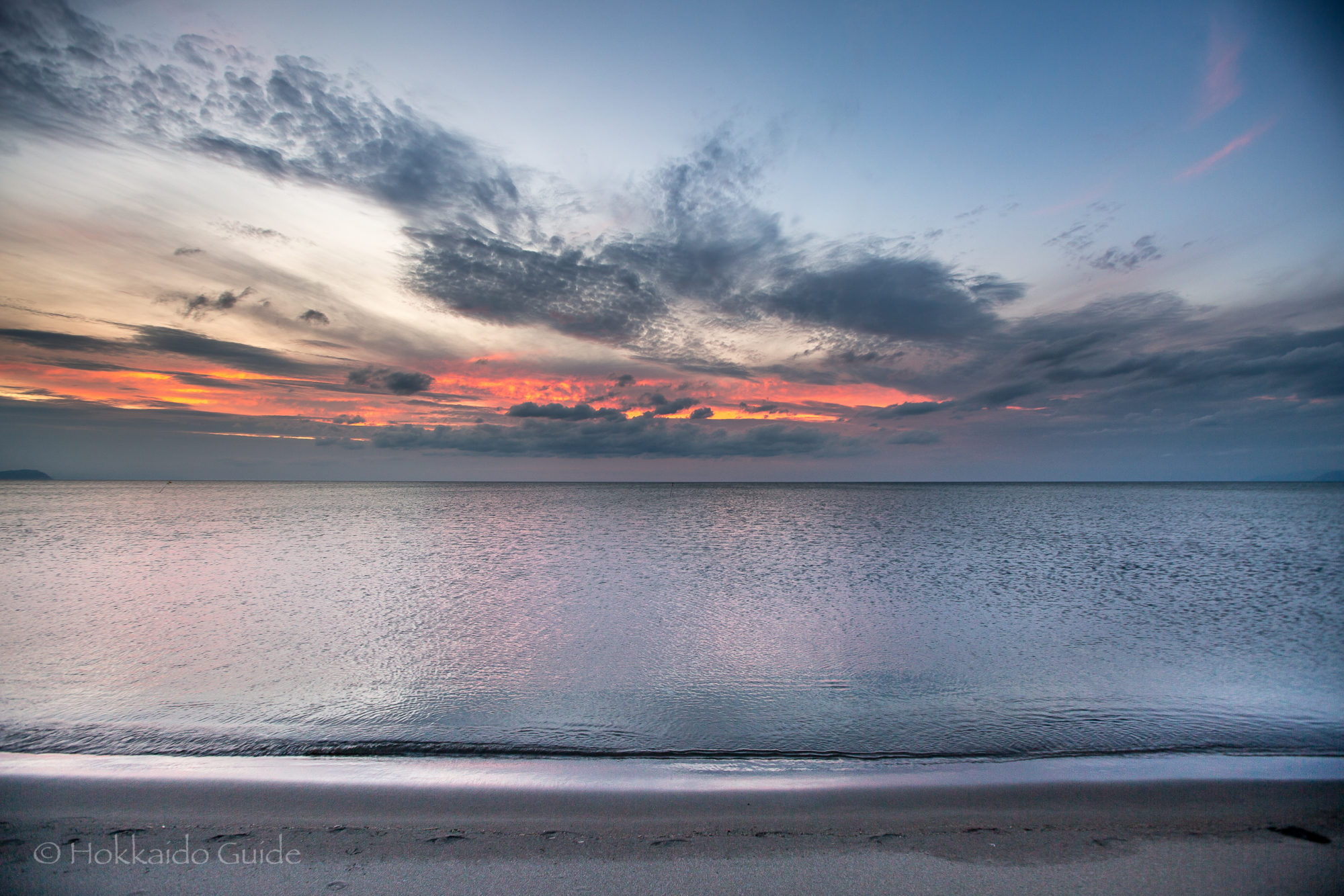
| Admission | Free |
| Opening Hours | Open 24 hours |
| Closed | - |
| Contact | 0133-62-4611 |
| Notes | Beach, swimming spot, jogging spot, sunset views, paid parking available, car needed |
| Location / Getting There | The beach is located to the west of Sapporo. It is a 55 minute drive from central Sapporo 〒040-0034 Hokkaido, Hakodate, Omoricho, 22, Unnamed Road |
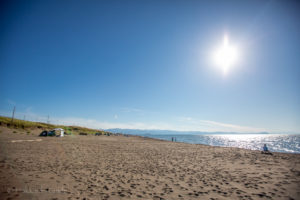 There are two main beaches that Sapporo locals head to for a summer suntan, swim or BBQ. One being near Otaru called Zenibako Beach, and the other being Aso Beach at Ishikari. Whereas Zenibako has more of a party vibe to it with the small shacks selling booze with tables and BBQ spots, Aso Beach is a lot more serene with less people. The surf itself is very calm and quiet and not very deep. It is best to bring some form of shade as there are no trees around and the beach can get quite hot in the summer.
There are two main beaches that Sapporo locals head to for a summer suntan, swim or BBQ. One being near Otaru called Zenibako Beach, and the other being Aso Beach at Ishikari. Whereas Zenibako has more of a party vibe to it with the small shacks selling booze with tables and BBQ spots, Aso Beach is a lot more serene with less people. The surf itself is very calm and quiet and not very deep. It is best to bring some form of shade as there are no trees around and the beach can get quite hot in the summer.
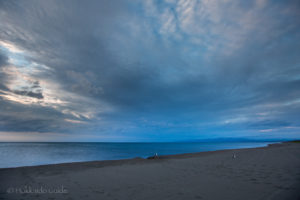 The beach is open to camping and it must be said, that the sunsets here are absolutely beautiful. There are stores or camping supplies so make sure to bring all you own gear. There are paid parking spots that cost about ¥500 for the day and not a far walk from the beach. Other places of note include Hamanasu No Oka Park, and the Ishikari lighthouse. For bird watchers too, this area is bustling with wildlife. There is also an Onsen hotel nearby. Aso Beach is a tranquil beach and offers view of the whole of Ishikari Bay.
The beach is open to camping and it must be said, that the sunsets here are absolutely beautiful. There are stores or camping supplies so make sure to bring all you own gear. There are paid parking spots that cost about ¥500 for the day and not a far walk from the beach. Other places of note include Hamanasu No Oka Park, and the Ishikari lighthouse. For bird watchers too, this area is bustling with wildlife. There is also an Onsen hotel nearby. Aso Beach is a tranquil beach and offers view of the whole of Ishikari Bay.
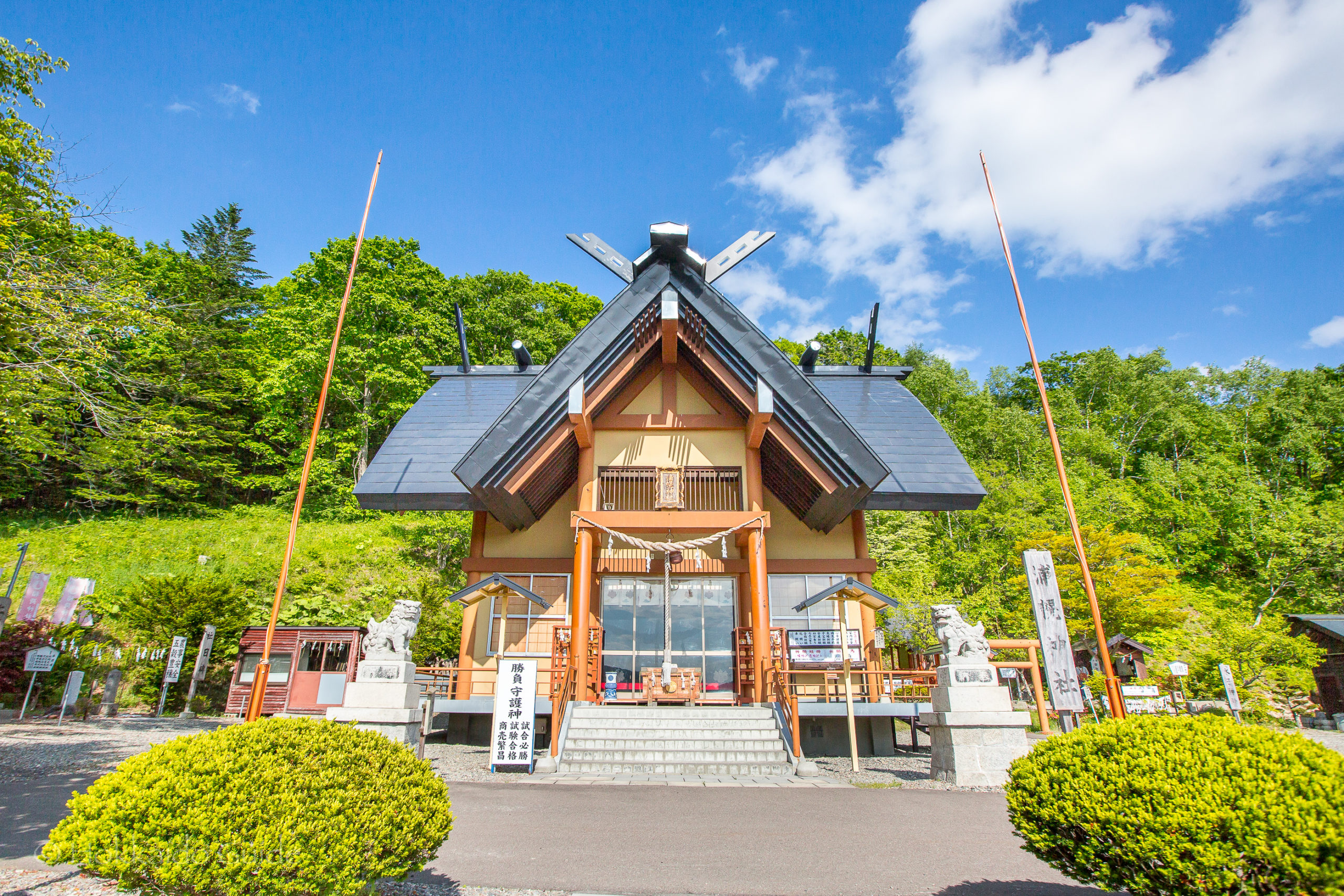
Urahoro Shrine

| Admission | - |
| Opening Hours | 8:00 - 20:00 |
| Closed | - |
| Contact | 011-5576-2448 |
| Notes | Shinto shrine, parking available |
| Location / Getting There | The shrine is located along route 38. It is overlooking the town of Urahoro. It is a 16 minute walk from Urahoro train station. 18-1 Higashiyamacho, Urahoro, Tokachi District, Hokkaido 089-5612 |
 During the Meiji Era, as the town of Urahoro (on the south east coast of Hokkaido) was being developed, the pioneers called for the construction of a shrine to serve as a spiritual centre. On August 15, 1896, a small shrine was erected, enshrining Amaterasu (goddess of the sun and the universe). In the latter half of the Meiji period, the small shrine was relocated to a location near the entrance to Forest Park in Urahoro. In 1923, the main shrine was built overlooking the town and stands as it is today. In 1996, the shrine building was renovated, and in August, the 100th anniversary of the founding of the shrine was celebrated.
During the Meiji Era, as the town of Urahoro (on the south east coast of Hokkaido) was being developed, the pioneers called for the construction of a shrine to serve as a spiritual centre. On August 15, 1896, a small shrine was erected, enshrining Amaterasu (goddess of the sun and the universe). In the latter half of the Meiji period, the small shrine was relocated to a location near the entrance to Forest Park in Urahoro. In 1923, the main shrine was built overlooking the town and stands as it is today. In 1996, the shrine building was renovated, and in August, the 100th anniversary of the founding of the shrine was celebrated.
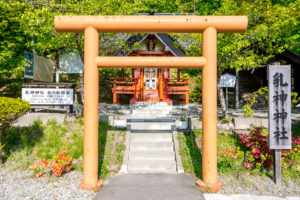 The grounds are also home to other points of interest. Nearby the main shrine, there is Nyukami Shrine. This shrine houses a sacred object. In the forest behind the shrine there was an old oak tree with two bumps that looked like breasts. In the Taisho era (1912-1926), an old woman named Yoshida prayed to this tree and the worship of the ‘milk goddess’ originated. The tree was destroyed by a typhoon in 1962 but the two humps of the tree were preserved and place in Nyukami Shrine. In 2015, a “Business Card Dedication Station” was built in the area, so that riders can pray for traffic safety. Next to Nyukami Shrine is Mizuko Shrine. The deities enshrined here are to comfort and protect the souls of water children.
The grounds are also home to other points of interest. Nearby the main shrine, there is Nyukami Shrine. This shrine houses a sacred object. In the forest behind the shrine there was an old oak tree with two bumps that looked like breasts. In the Taisho era (1912-1926), an old woman named Yoshida prayed to this tree and the worship of the ‘milk goddess’ originated. The tree was destroyed by a typhoon in 1962 but the two humps of the tree were preserved and place in Nyukami Shrine. In 2015, a “Business Card Dedication Station” was built in the area, so that riders can pray for traffic safety. Next to Nyukami Shrine is Mizuko Shrine. The deities enshrined here are to comfort and protect the souls of water children.
| 1st and 15th of every month | Prayers for the safety of the Imperial Family, peace for the nation, and peace for the Urahoro worshippers. |
| January 1 | New Years Day. Prayer for the safety of the Imperial Family, peace for the nation, and a good harvest for the year. |
| January 15 | The burning of old Shinto prayer cards and charms. Prayer for good health. On the day before the first day of spring, there is the purification the evil spirits. The doors of the main shrine are opened to offer thanks to the Milk God and prayer for spring. |
| June 30 | Grand purification ceremony and Nagoshi-no-harai (summer purification). A Shinto ritual to purge the sins and impurities of the past six months and pray for good health. |
| August | On the evening before the last Sunday of the month, There is the summer portable shrine procession festival (Mikoshi & Yoimiya Festival). The portable shrine is purified the night before the main festival, and the gods are notified that the big festival will be held tomorrow. On the last Sunday of the month, the portable shrine will be paraded through the town to pray for the safety of each family and the prosperity of each company. |
| September 20 | Autumn Grand Festival Prayers and dedication events are held for the Ujigami (local deity), which has been handed down from the pioneers. The doors of the main shrine are opened to offer thanks to the Goddess of Milk and pray for the autumn. The god of the land and the god of agriculture are invited to give thanks for the year's harvest and to pray for the safety. Prayers are offered to the gods for the healthy growth of children who are three, five, and seven years old. Prayers are offered for the harvest and labor to the gods of the 24 shrines in Urahoro Town. |
| December 31 | New Year's Eve Purification Ceremony and Nightfall Festival is held to purify the sins and impurities of the year from the body and soul using dolls, and to pray for good health in the New Year. |
| December 30 to January 5 | The shrine grounds are illuminated. |
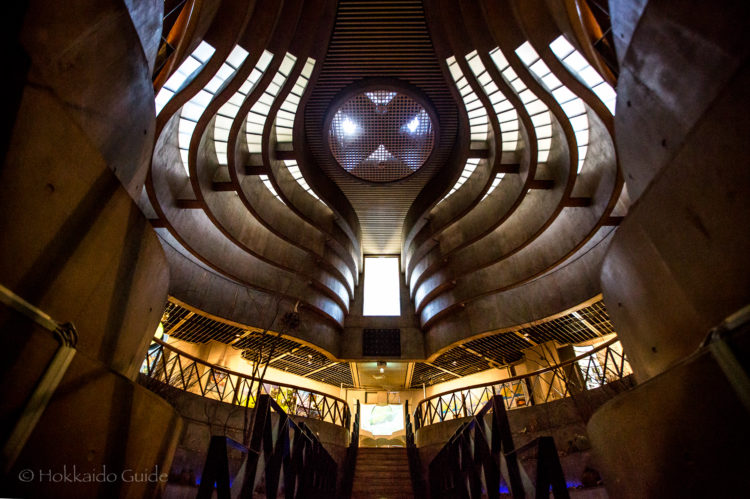
Kushiro Marsh Observatory
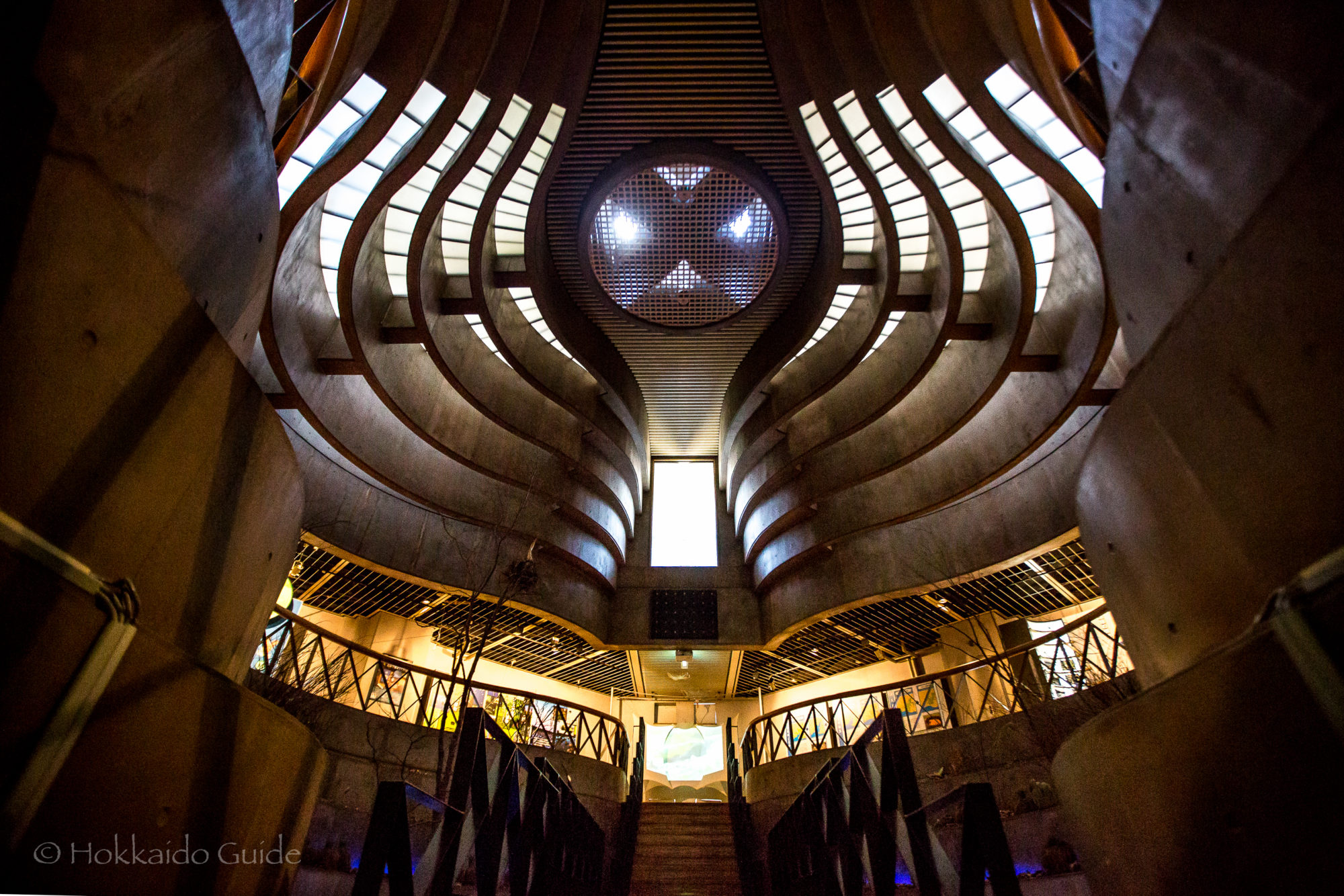
| Admission | ¥480 - Adults ¥250 - Highschool Students ¥120 - Children *Free for seniors |
| Opening Hours | 8: 30 - 18: 00 April-September 9: 00 - 17: 00 October-March |
| Closed | - |
| Contact | 015-456-2424 |
| Notes | Museum, wheelchair access, lockers available, parking 108 cars, souvenir store, toilets, restaurant |
| Location / Getting There | The museum is to the north west of Kushiro city on route 53. It's 30 minutes by car from JR Kushiro Station (Akan Bus: Tsurui Line), or it's about 18 minutes by car from Kushiro Airport. 6-11 Hokuto, Kushiro, Hokkaido 084-0922 |
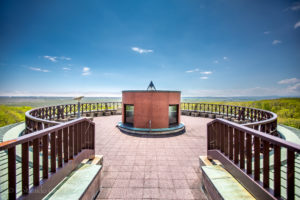 Perched at the top of a large hill, overlooking Kushiro Marsh, you can find the Kushiro Marsh Observatory. This is one of the most interesting buildings in Hokkaido. The exterior, and especially the interior, has a strange and unique design and is reminiscent of a cool sci-fi movie. The central hall of the museum is definitely a place to get some photos. This museum is a good spot to appreciate the surrounding wetlands, known as Kushiro Wetland. On the rooftop of the building, there is an observation deck where you can enjoy a panoramic view of the marshland, the city of Kushiro, and the mountains of Akan.
Perched at the top of a large hill, overlooking Kushiro Marsh, you can find the Kushiro Marsh Observatory. This is one of the most interesting buildings in Hokkaido. The exterior, and especially the interior, has a strange and unique design and is reminiscent of a cool sci-fi movie. The central hall of the museum is definitely a place to get some photos. This museum is a good spot to appreciate the surrounding wetlands, known as Kushiro Wetland. On the rooftop of the building, there is an observation deck where you can enjoy a panoramic view of the marshland, the city of Kushiro, and the mountains of Akan.
 Inside the museum there are various exhibits of the surrounding landscape and the local animals of the wetlands. There aren’t a lot of these exhibits but they have some interesting information of the local area. Admission is free for the first floor. It is here you can find a souvenir shop and a restaurant. The second floor has an exhibition area and from this stage on, you have to pay to enter. There is an elevator that reaches the rooftop. Around the museum, there are walking paths that lead into the marshlands of Kushiro. The Marsh Observatory is definitely worth a stop in if you are in the area.
Inside the museum there are various exhibits of the surrounding landscape and the local animals of the wetlands. There aren’t a lot of these exhibits but they have some interesting information of the local area. Admission is free for the first floor. It is here you can find a souvenir shop and a restaurant. The second floor has an exhibition area and from this stage on, you have to pay to enter. There is an elevator that reaches the rooftop. Around the museum, there are walking paths that lead into the marshlands of Kushiro. The Marsh Observatory is definitely worth a stop in if you are in the area.
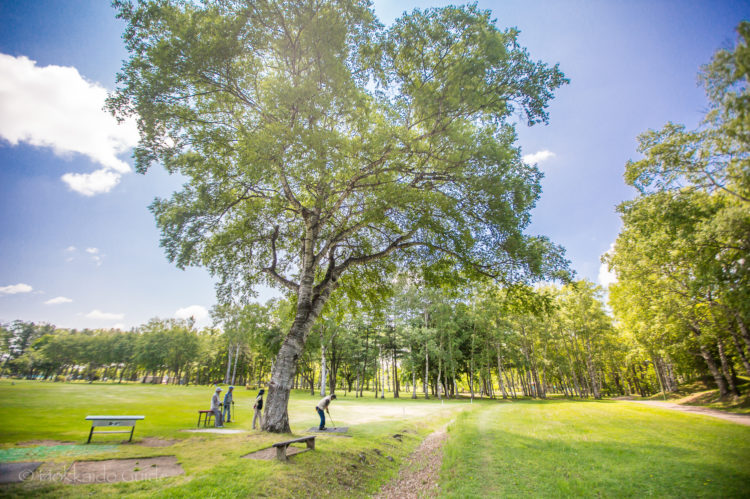
Midorigaoka Park
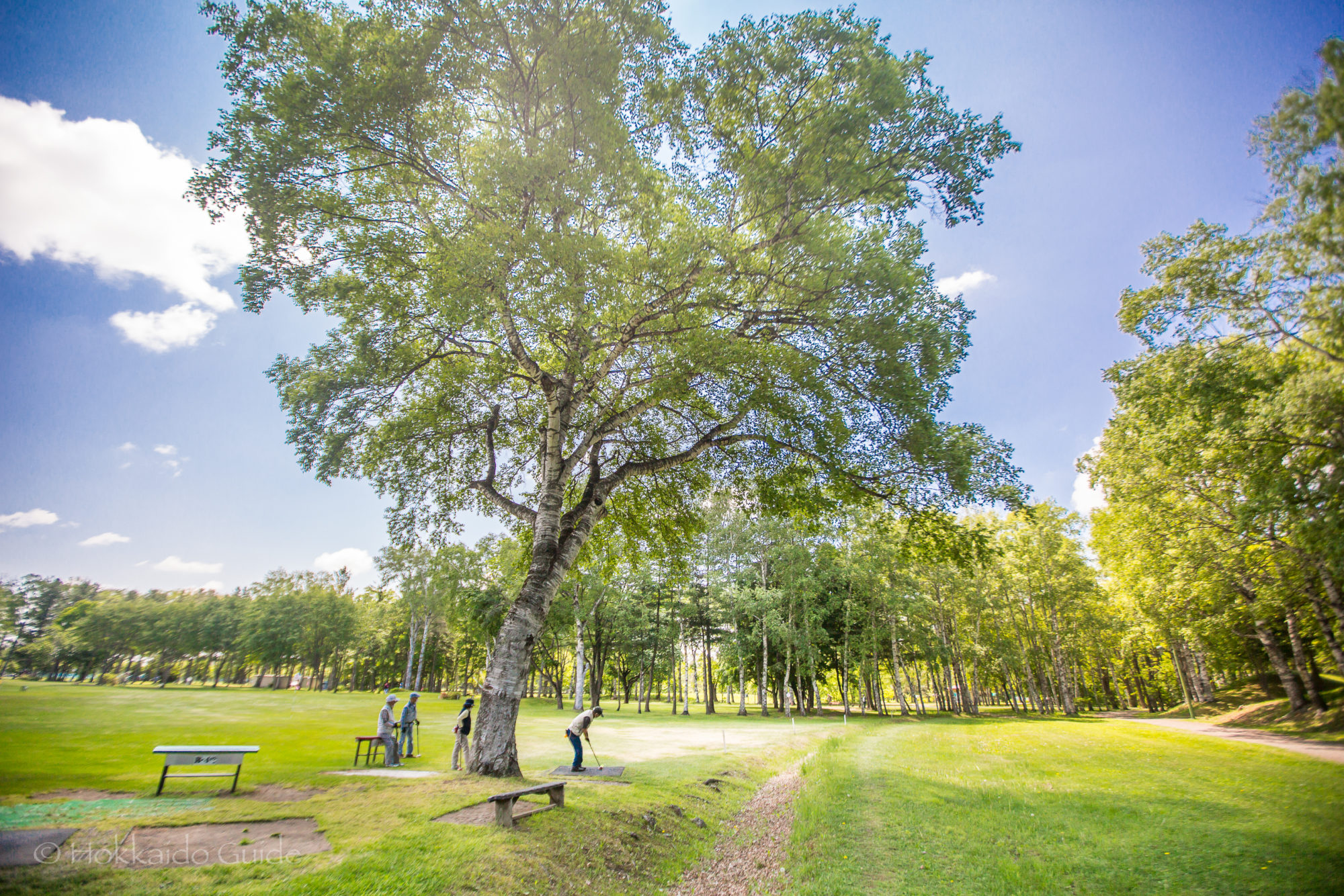
| Admission | Free |
| Opening Hours | 24 hours |
| Contact | 011-5521-3172 |
| Notes | Large park, playground, walking paths, park golf, event space, museum, jogging spot, picnic area, free parking available |
| Location / Getting There | The park is in central Obihiro. The park is an 18 minute walk from Obihiro station or a 6 minute drive. Simply head straight down 'Koen Odori Avenue'. 〒080-0846 Hokkaido, Obihiro, Midorigaoka, 2 |
This massive park is located in the middle of the city of Obihiro. Stretching to 50 hectares, this comprehensive park contains a park golf course, the Obihiro Zoo and the Obihiro Centennial Hall, plus walking trails and a pond. Midorigaoka Park has many different sections to it. One area is the ‘Green Park’ is a huge mowed lawn for people to enjoy. It is lined by a bench, but not just any bench. The bench here runs for 400 meters! Plenty of space to find a seat. beyond this large green space is a large stage used for events. Plus there is a park golf course as well.
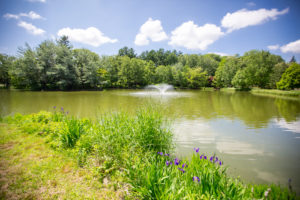 You can find many of Obihiro’s older residents enjoy the park golf course. Past this is the Obihiro Centennial Hall, which serves as a museum and gallery for the local area. Near here there are winding paths that run through the park with sculptures and benches to enjoy. There is also a large pond. here you can rent out small row boats and have a paddle. Further on is the entrance to to zoo. This park, is not too far a walk from the station and if you have time is a top spot to visit in any season. In spring, the cherry blossoms are out and the autumn leaves are equally beautiful.
You can find many of Obihiro’s older residents enjoy the park golf course. Past this is the Obihiro Centennial Hall, which serves as a museum and gallery for the local area. Near here there are winding paths that run through the park with sculptures and benches to enjoy. There is also a large pond. here you can rent out small row boats and have a paddle. Further on is the entrance to to zoo. This park, is not too far a walk from the station and if you have time is a top spot to visit in any season. In spring, the cherry blossoms are out and the autumn leaves are equally beautiful.
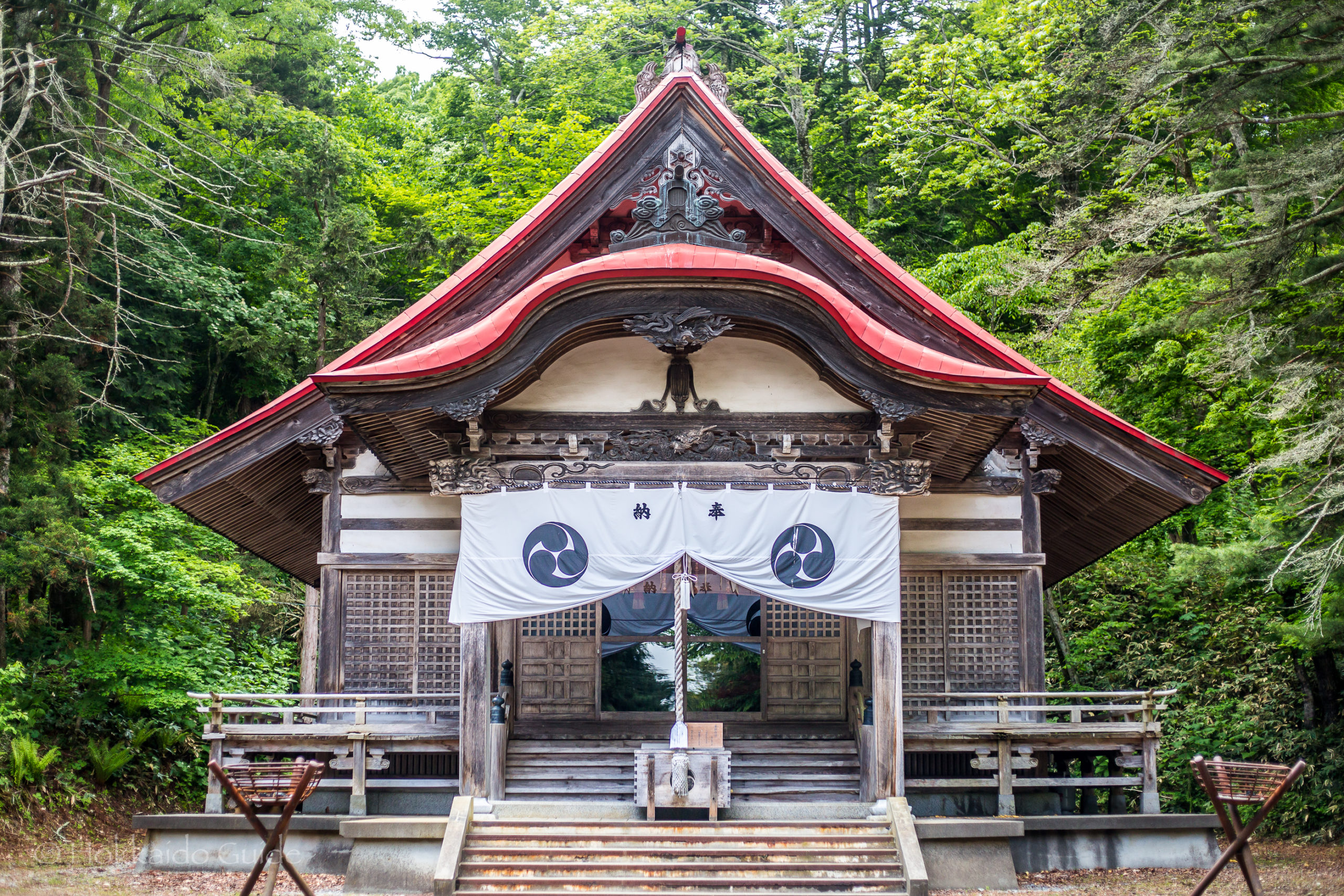
Tokachi Shrine
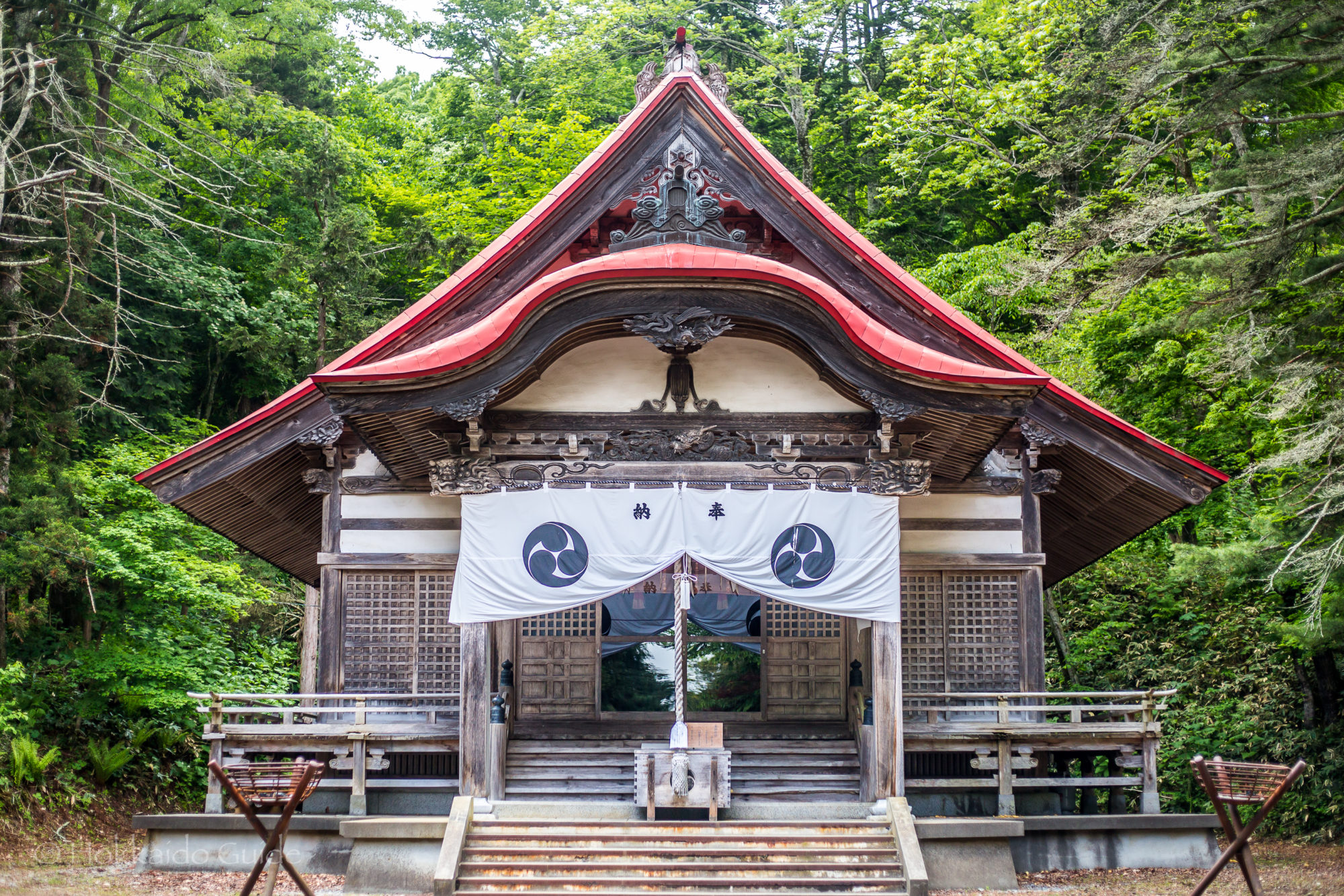
| Admission | Free |
| Opening Hours | - |
| Contact | 011-5582-2063 |
| Notes | Shinto shrine, parking, car needed |
| Location / Getting There | The shrine is located on the south east coast of Hokkaido in the district of Hiroo. It is the in the centre of town and is part of the main park in town. It is a 2 minute walk from route 336. 1-13 Moyori, Hiroo, Hiroo District, Hokkaido 089-2637 |
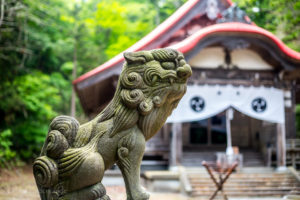 Tokachi Shrine dates all the way back to June 1666. The shrine is located in the coastal town of Hiroo. Hundreds of years ago, the fishing industry here became strong. As the town prospered, so did the reverence of the deities. According to the local history, a piece of driftwood washed up along the coast which had the representations of a dragon, and then enshrined here. Later on, this driftwood was then carved into a statue. The date of this is unknown, but the statuette was about four inches and was carved into a likeness of Prince Shōtoku.
Tokachi Shrine dates all the way back to June 1666. The shrine is located in the coastal town of Hiroo. Hundreds of years ago, the fishing industry here became strong. As the town prospered, so did the reverence of the deities. According to the local history, a piece of driftwood washed up along the coast which had the representations of a dragon, and then enshrined here. Later on, this driftwood was then carved into a statue. The date of this is unknown, but the statuette was about four inches and was carved into a likeness of Prince Shōtoku.
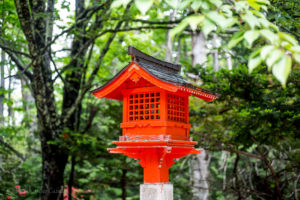 November 1799 saw the development of a new road between Hiroo and Samani. This opening increased trade and more wealth was attributed to the town. In turn, the shrine prospered and went through developments. As of 2021, the number of parishioners numbers 3,214 households, and 130 worshippers. This shrine is part of the main park in Hiroo. It is a great place to wander around and stretch the legs. The shrine has a nice long stone path which leads towards the shrine. Here, you can get some nice pictures of Tokachi Shrine.
November 1799 saw the development of a new road between Hiroo and Samani. This opening increased trade and more wealth was attributed to the town. In turn, the shrine prospered and went through developments. As of 2021, the number of parishioners numbers 3,214 households, and 130 worshippers. This shrine is part of the main park in Hiroo. It is a great place to wander around and stretch the legs. The shrine has a nice long stone path which leads towards the shrine. Here, you can get some nice pictures of Tokachi Shrine.
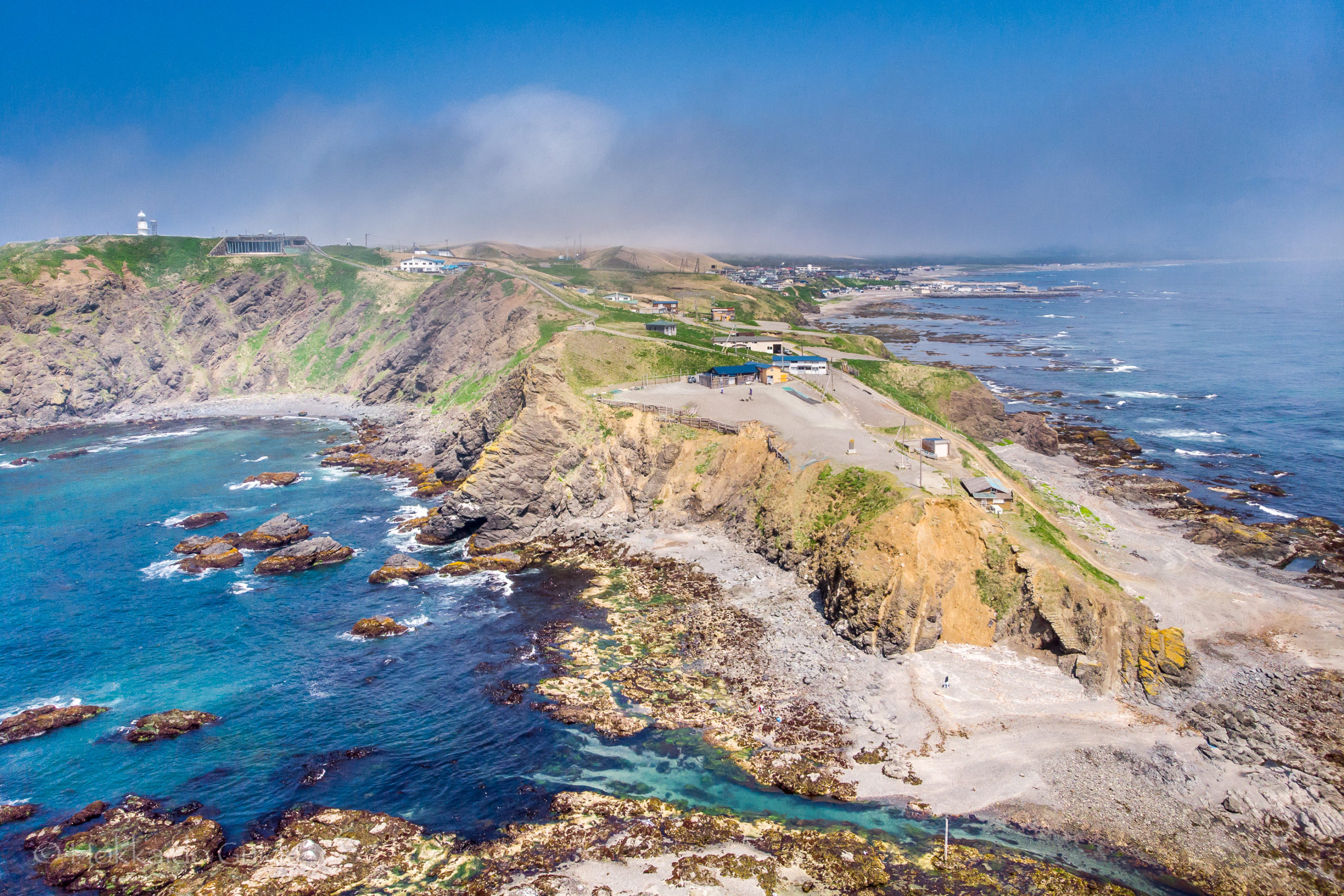
Cape Erimo

| Admission | Free |
| Opening Hours | - |
| Closed | - |
| Contact | 011-582-0050 |
| Notes | Sightseeing spot, seal watching, walking trails, parking available, photography spot |
| Location / Getting There | From Sapporo the cape is about a 4 hour drive down the south coast. There is also a return express bus from Sapporo station. JR Hokkaido Bus (High Speed) to Erimo, (reservation required until the day before departure). *JR Sapporo Station 16:30 departure-Erimo 20:30 arrival *Erimo 5:30 departure-JR Sapporo Station 9:30 arrival Erimomisaki, Erimo, Horoizumi District, Hokkaido 058-0342 |
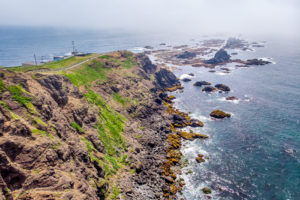 Cape Erimo is located on the south eastern point of Hokkaido. It is a fantastic place to visit and is famous for the ocean winds. Cape Erimo is one of the strongest wind regions in Japan. There are more than 260 days a year of winds blowing at speeds of 10 meters per second or more. With the waves crashing below and the scattered rocks trailing off to the horizon makes for a great sightseeing spot, and an equally good photography spot. For wildlife lovers, there is a seal colony which can be observed through a telescope and an abundance of sea birds circling the cliffs.
Cape Erimo is located on the south eastern point of Hokkaido. It is a fantastic place to visit and is famous for the ocean winds. Cape Erimo is one of the strongest wind regions in Japan. There are more than 260 days a year of winds blowing at speeds of 10 meters per second or more. With the waves crashing below and the scattered rocks trailing off to the horizon makes for a great sightseeing spot, and an equally good photography spot. For wildlife lovers, there is a seal colony which can be observed through a telescope and an abundance of sea birds circling the cliffs.
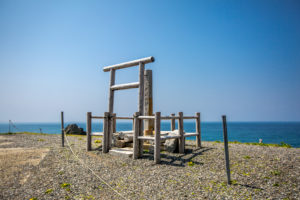 There is a walking trail down to the bottom of the cliffs. Here you can see Erimo Shrine which was built in 1814 to enshrine the god of food and safety. Also, down by the shrine you can observe the fisherman who collect seaweed from the beautiful, deep blue waters. It is possible to take a tour on one of the boats. Other points of interest include the Cape Erimo Lighthouse plus the observation deck and wind museum. Near the large parking area, you can find a souvenir store and a seafood restaurant. This is a fantastic place to wander the paths and enjoy the mist and sea air.
There is a walking trail down to the bottom of the cliffs. Here you can see Erimo Shrine which was built in 1814 to enshrine the god of food and safety. Also, down by the shrine you can observe the fisherman who collect seaweed from the beautiful, deep blue waters. It is possible to take a tour on one of the boats. Other points of interest include the Cape Erimo Lighthouse plus the observation deck and wind museum. Near the large parking area, you can find a souvenir store and a seafood restaurant. This is a fantastic place to wander the paths and enjoy the mist and sea air.

